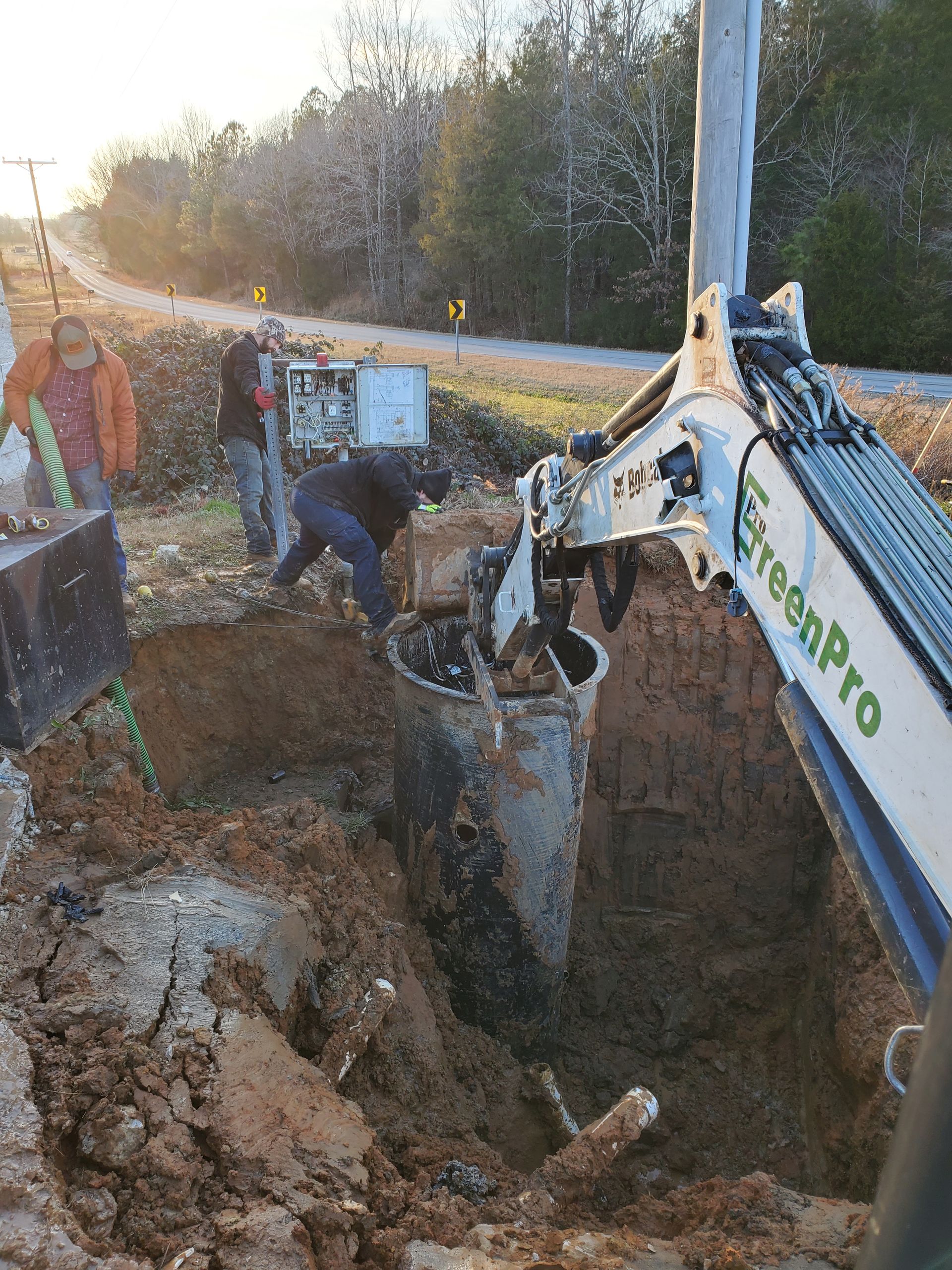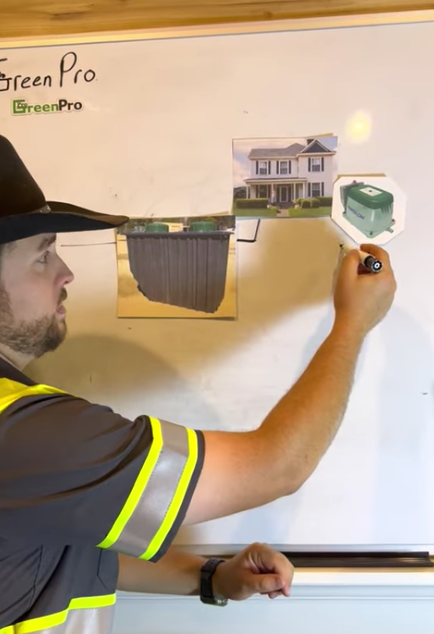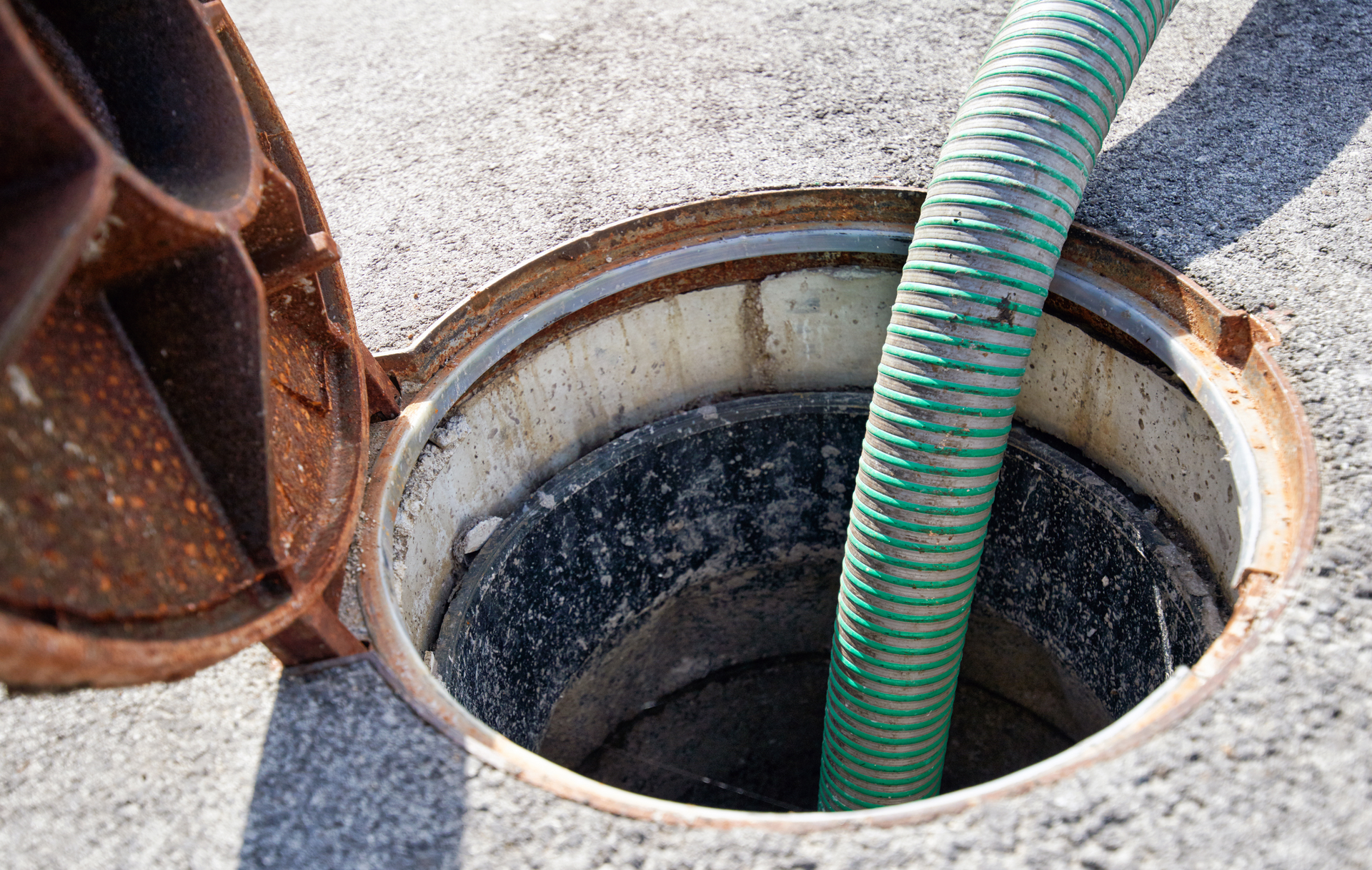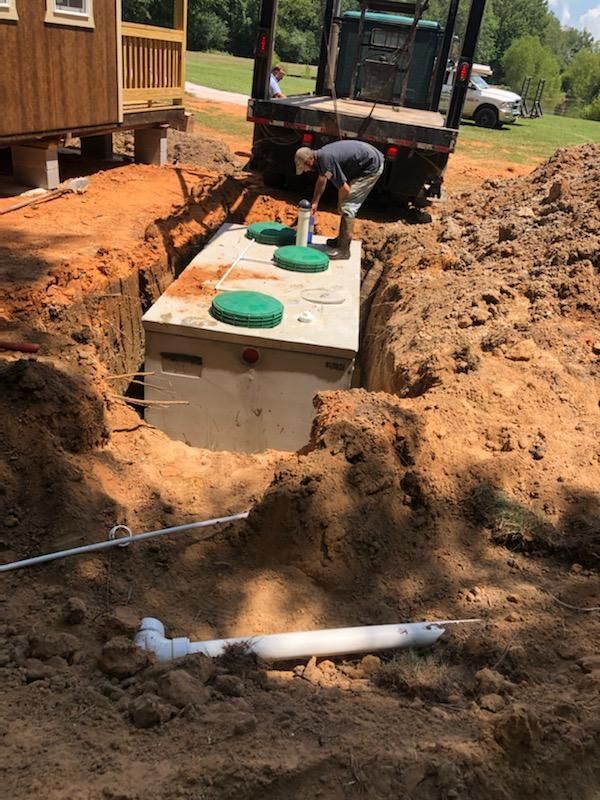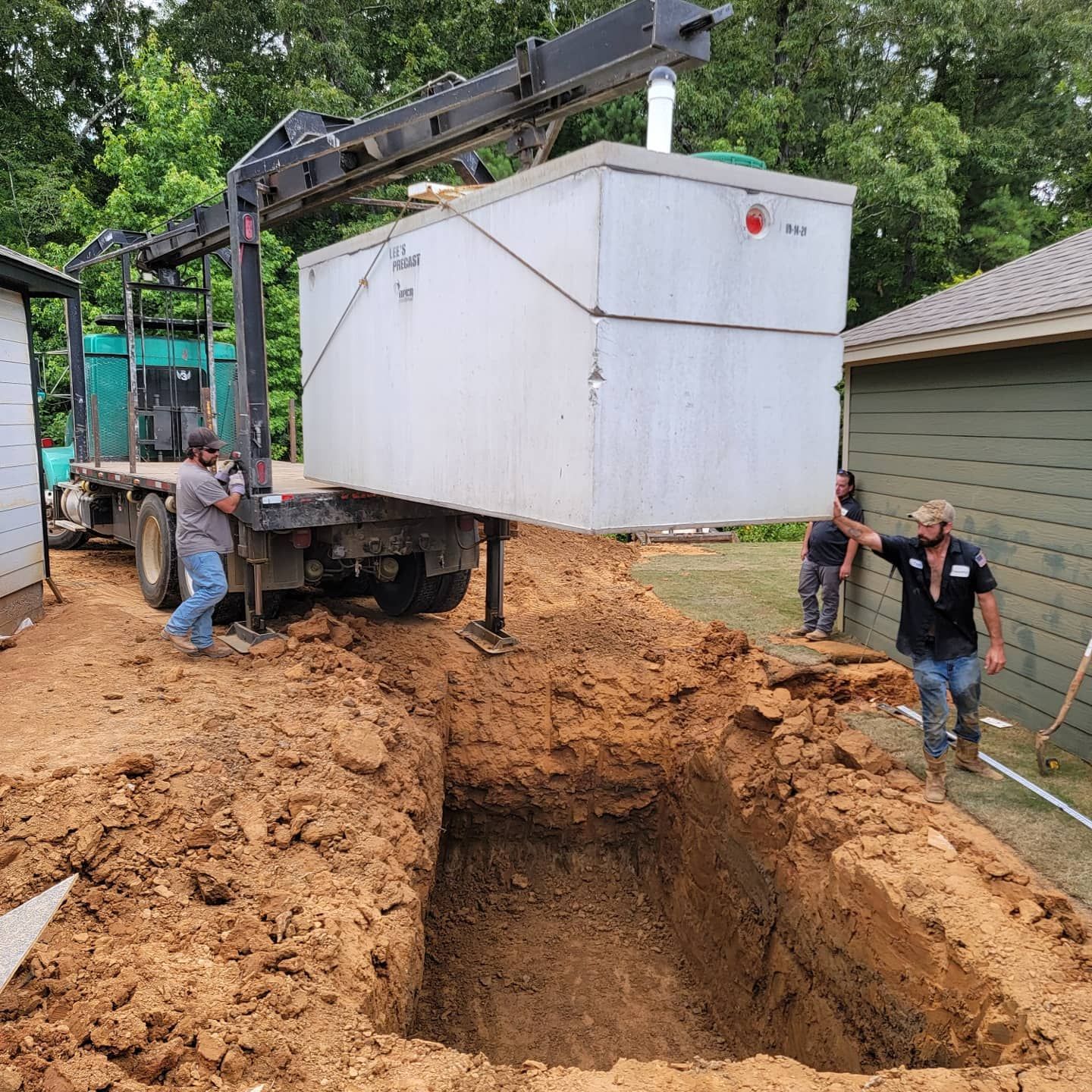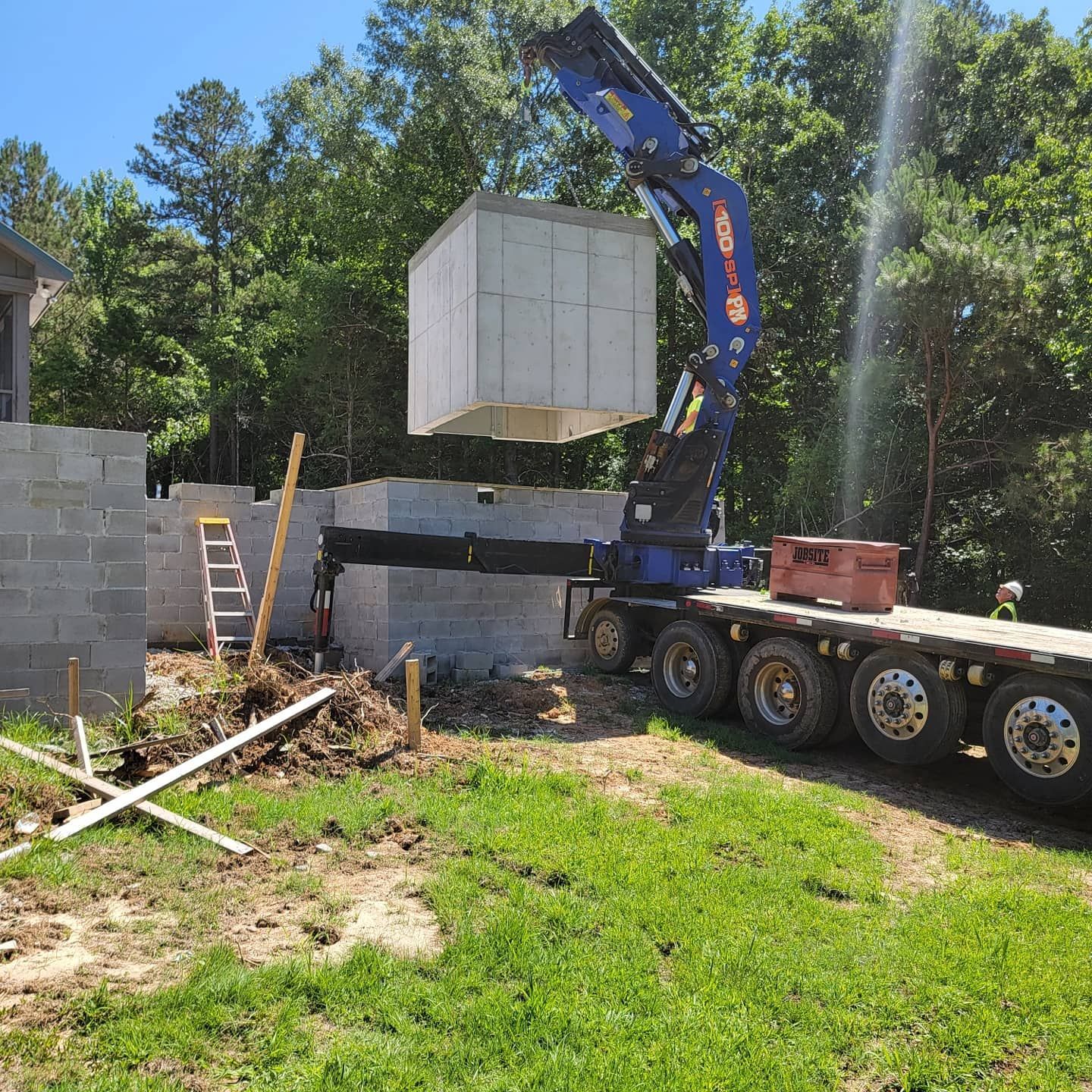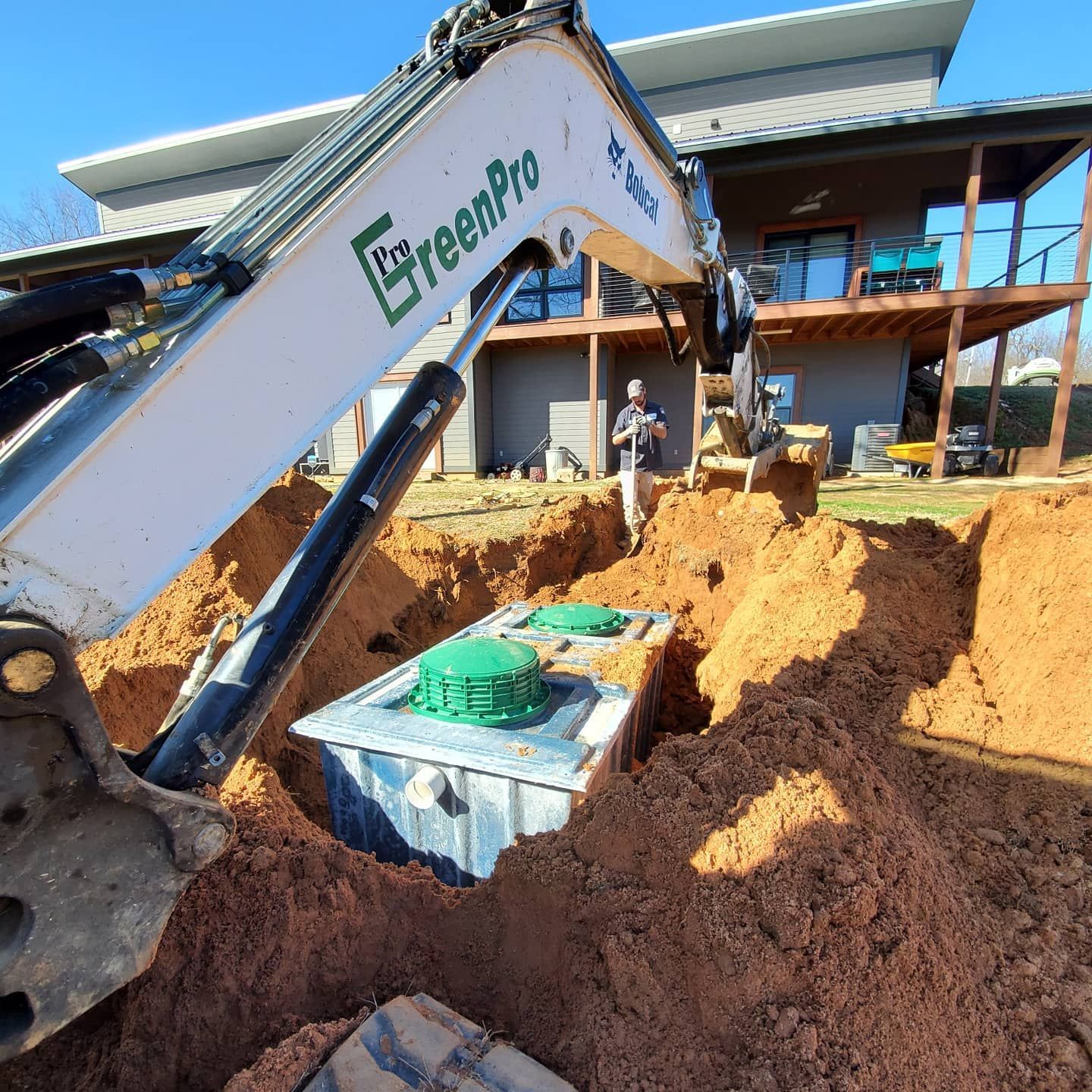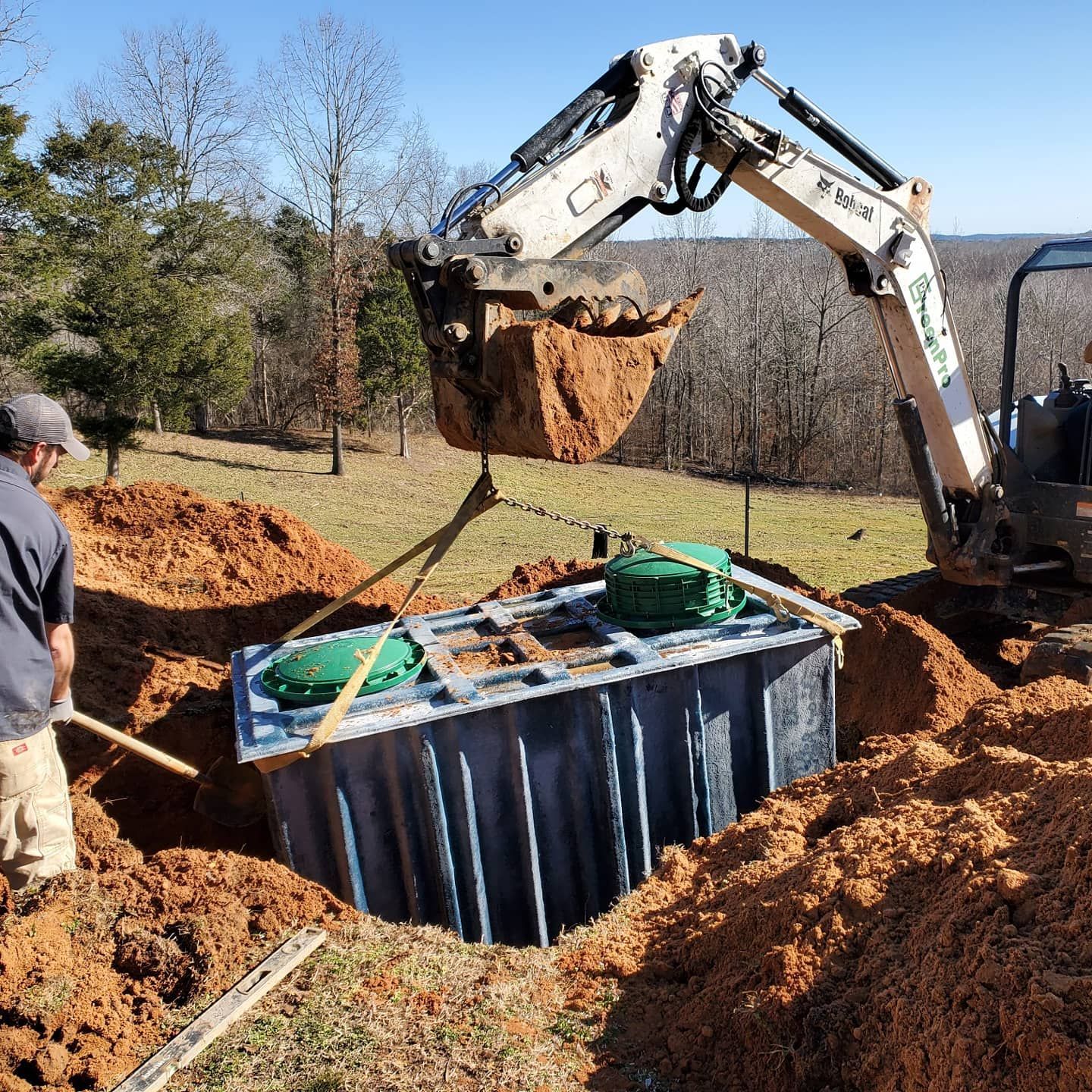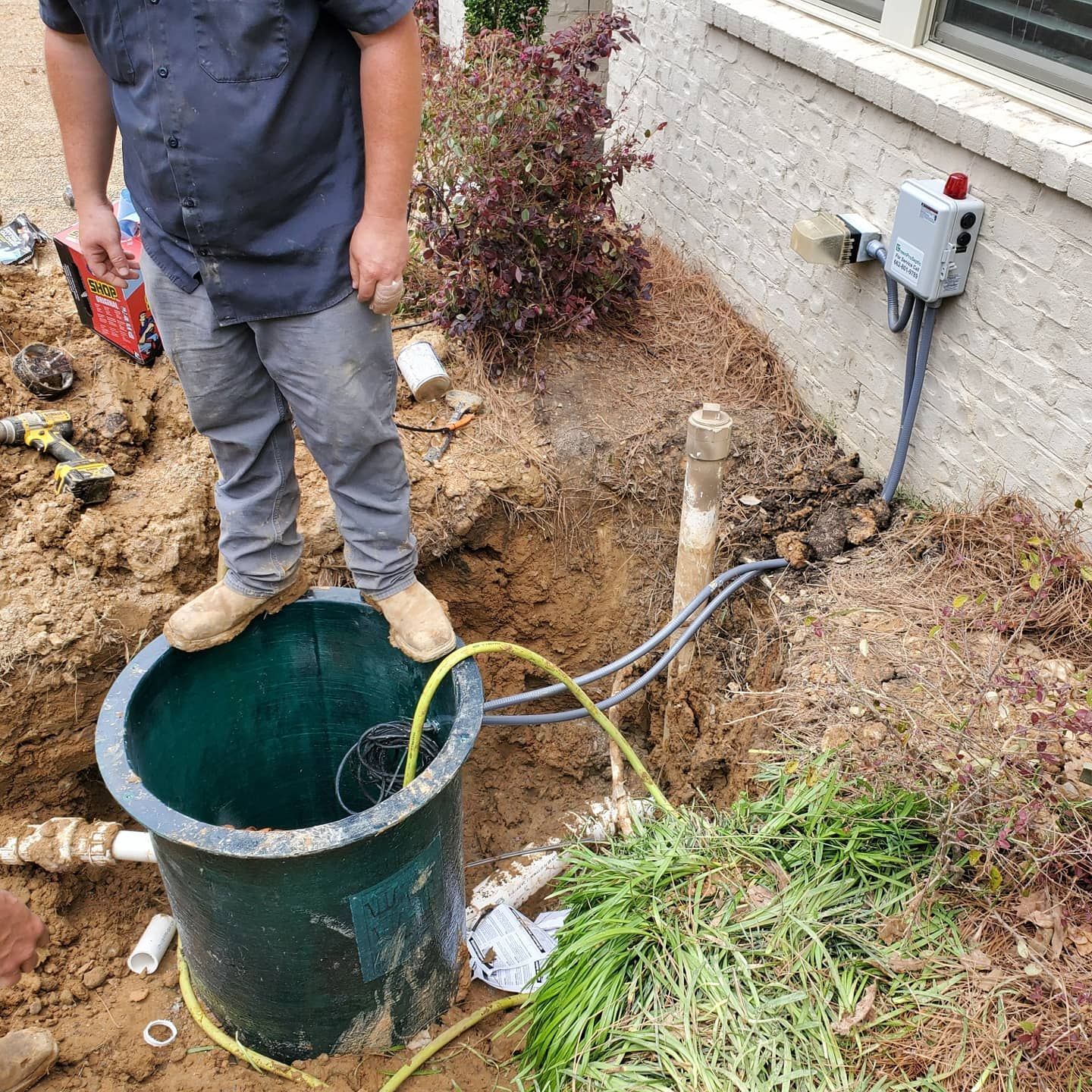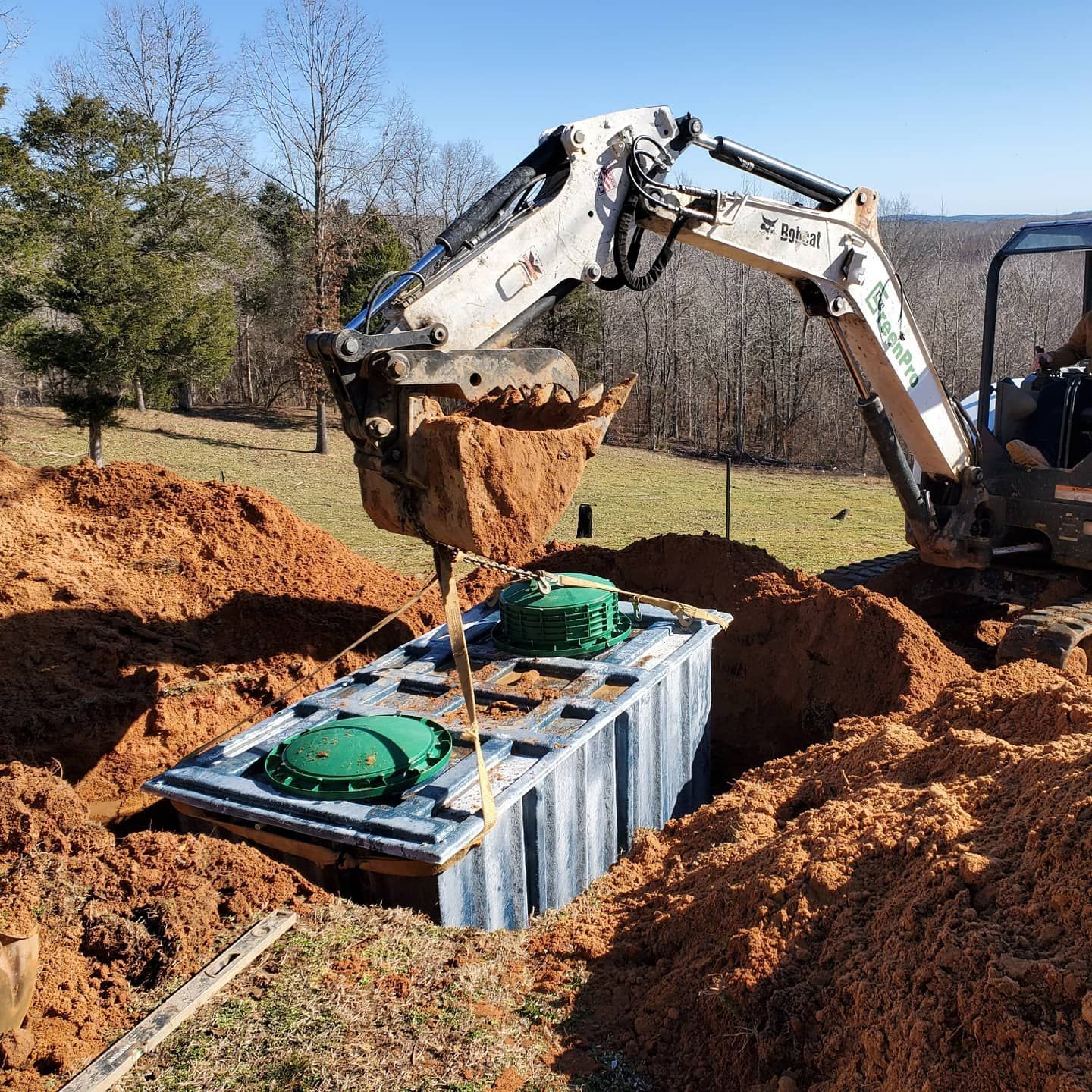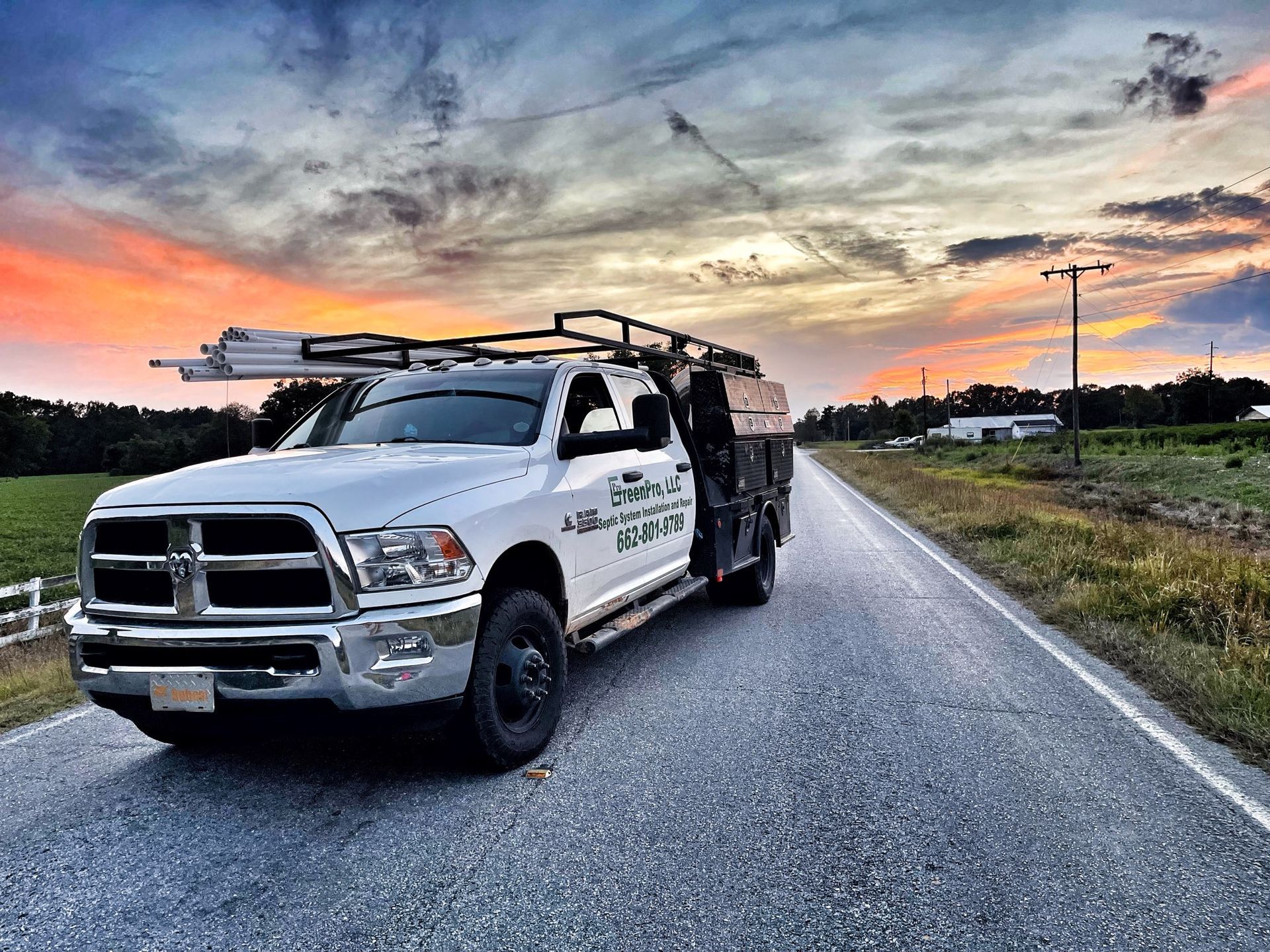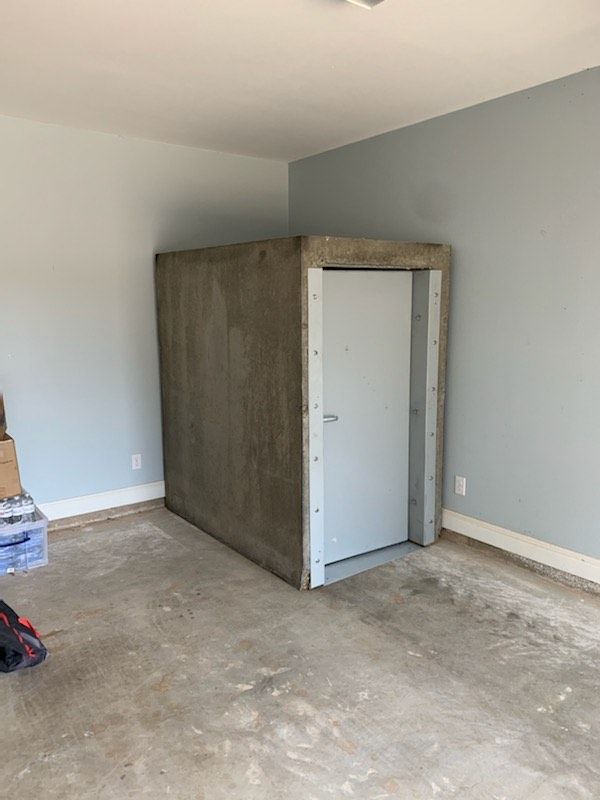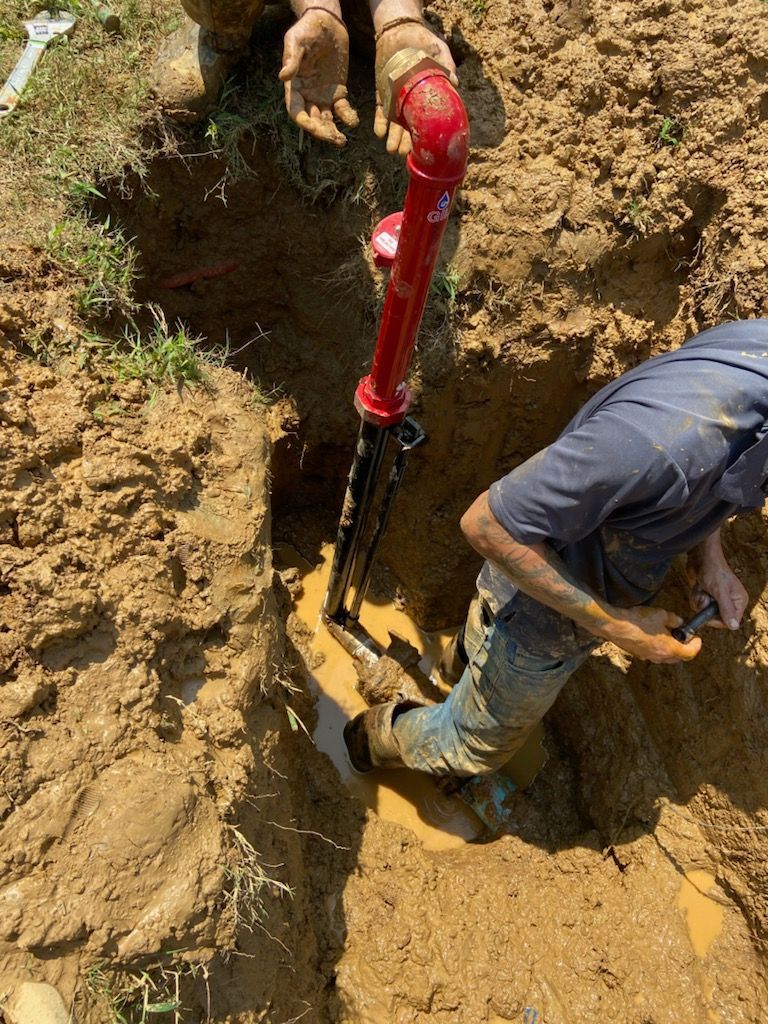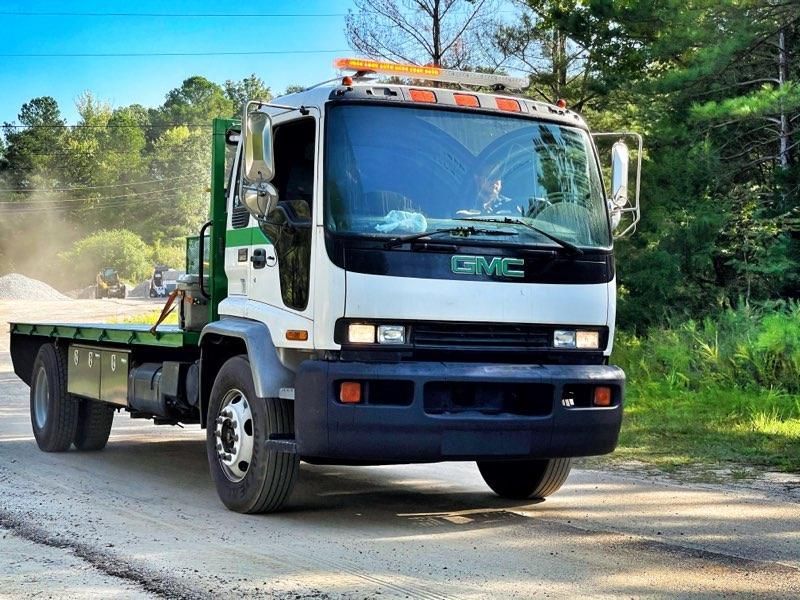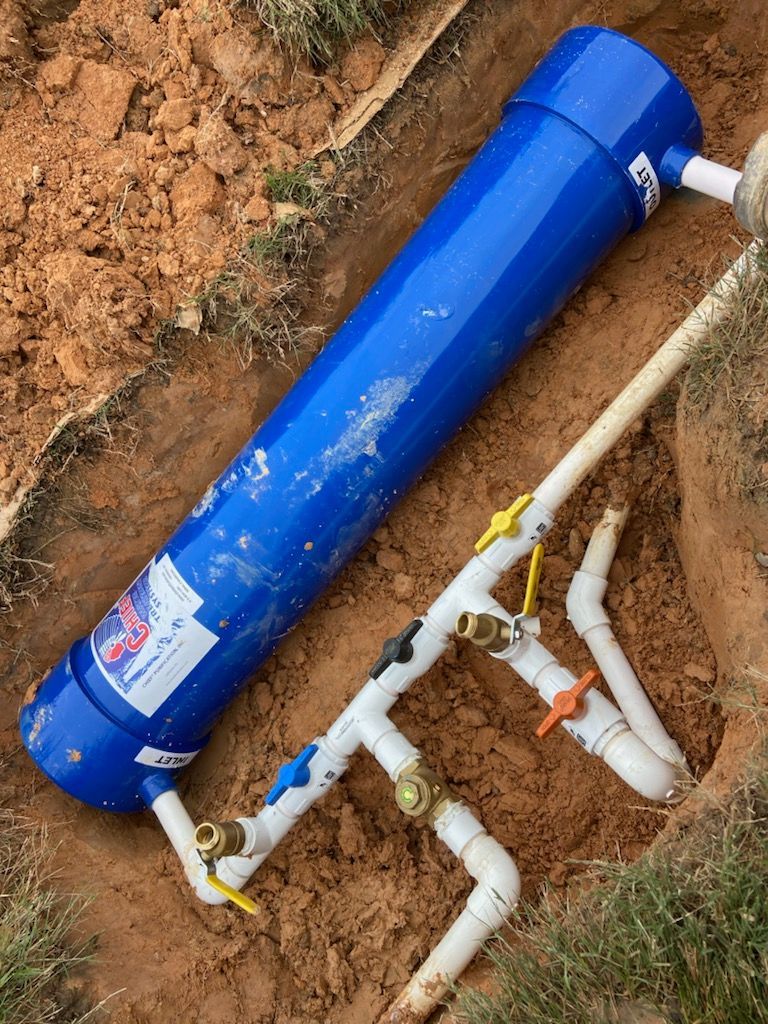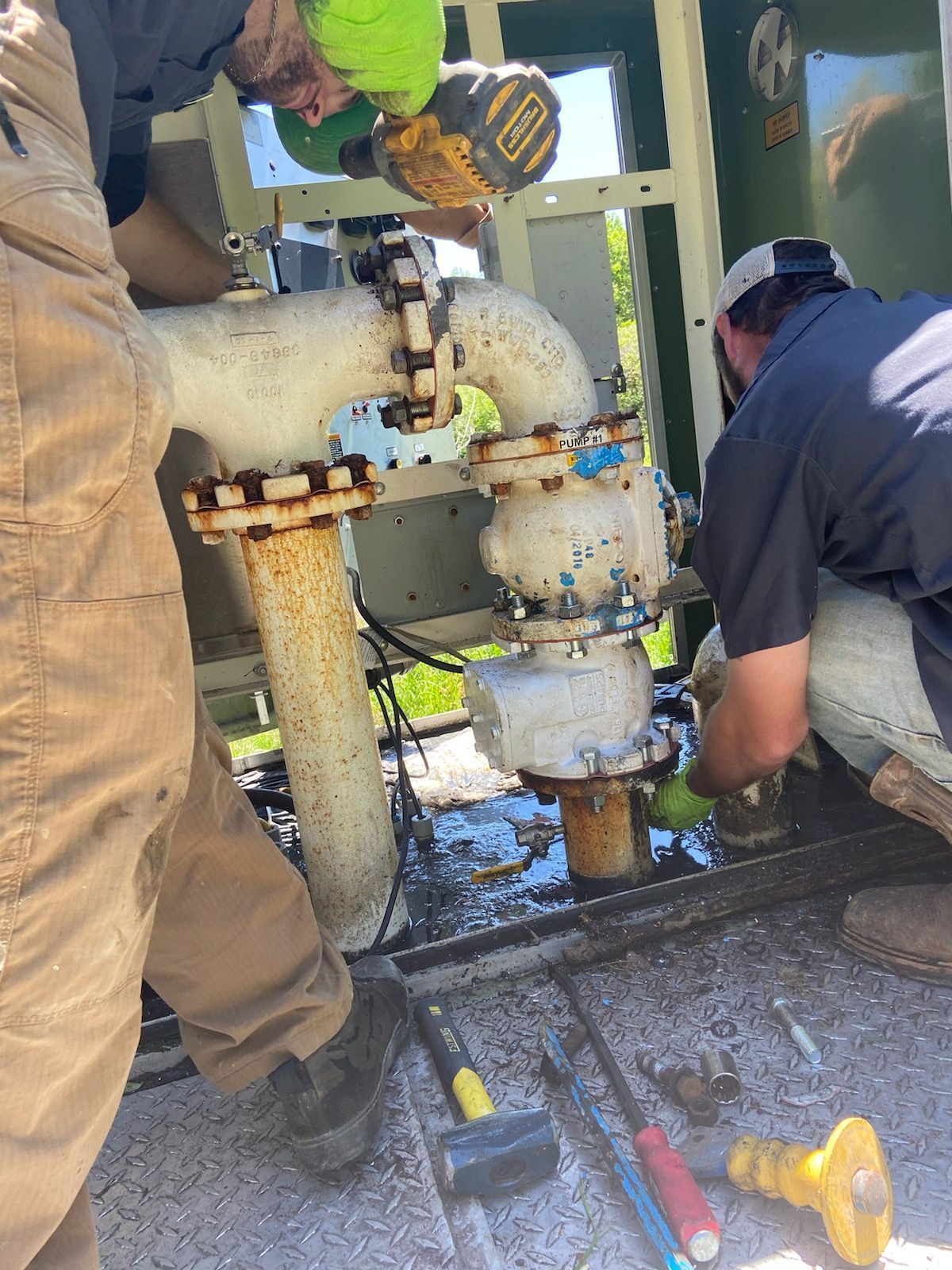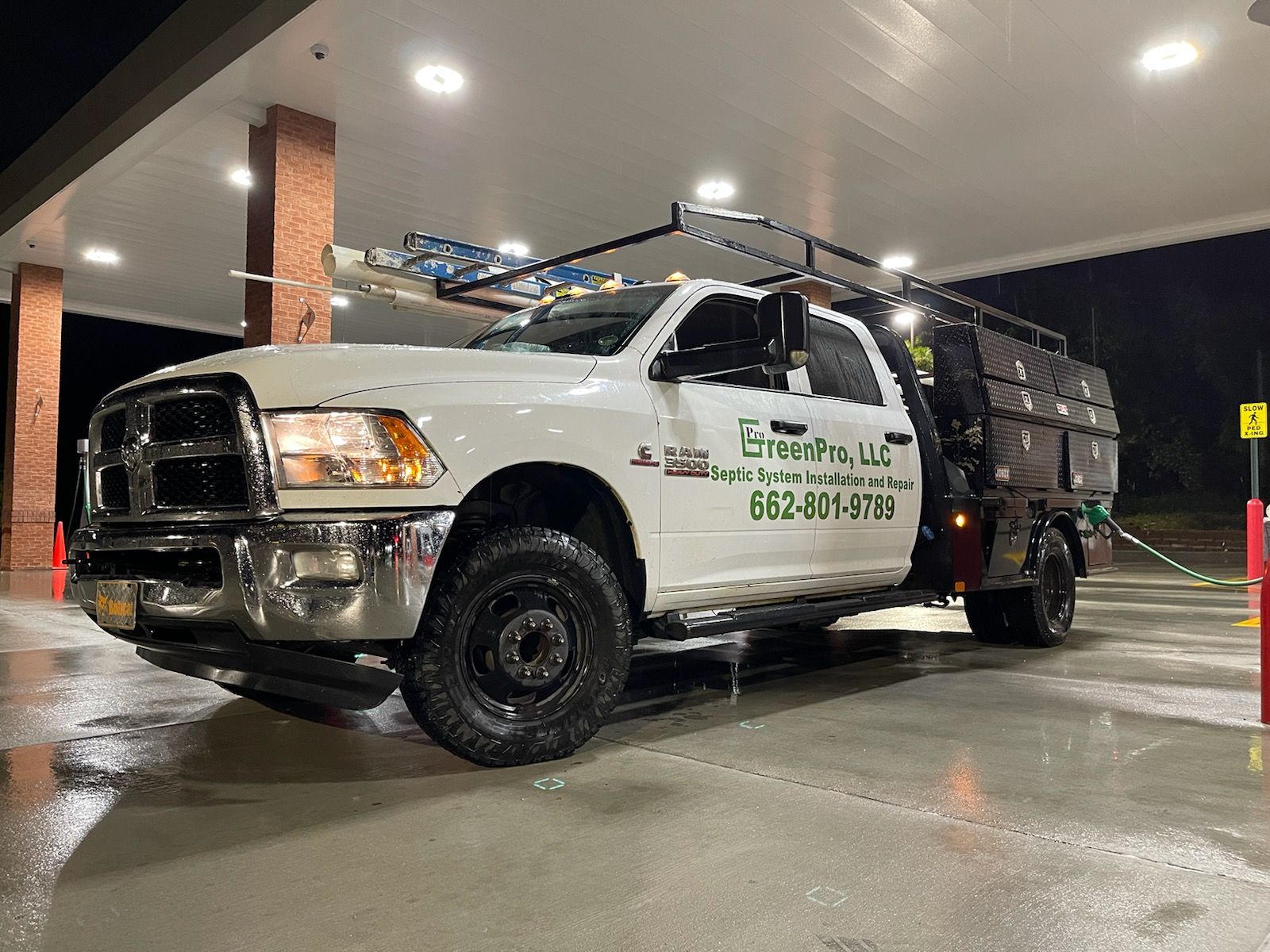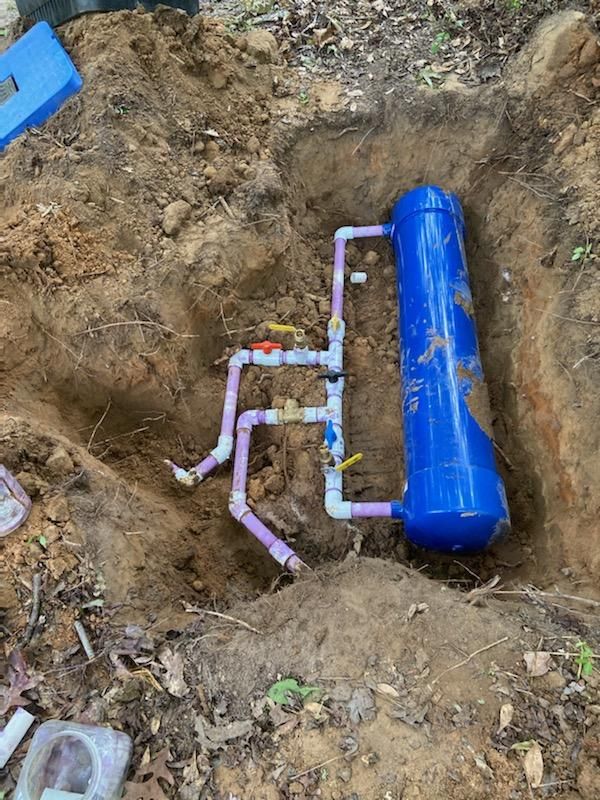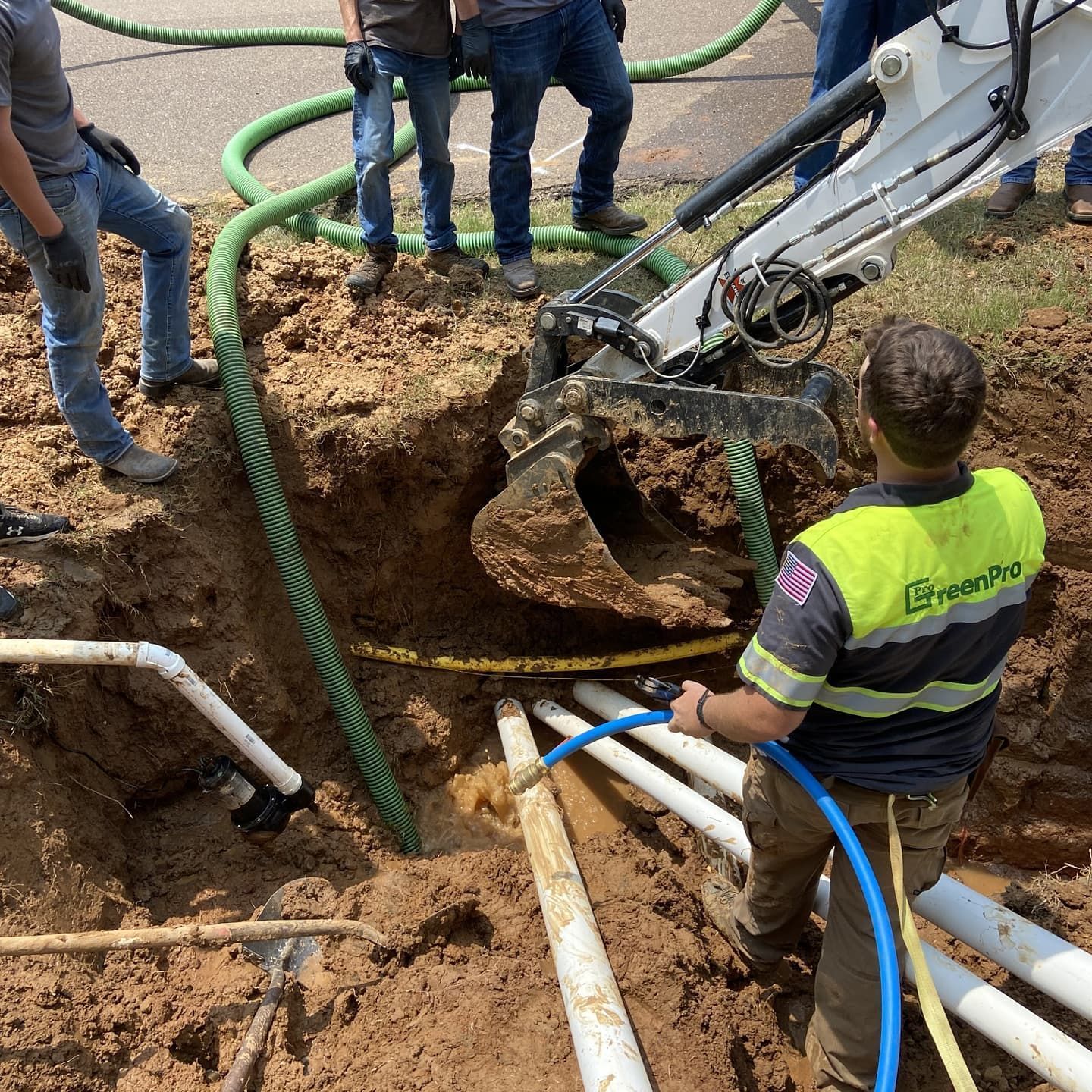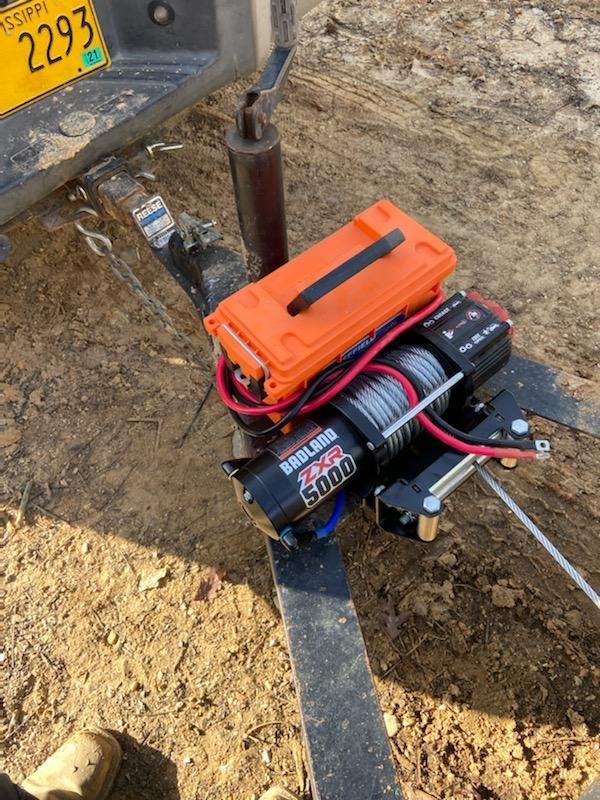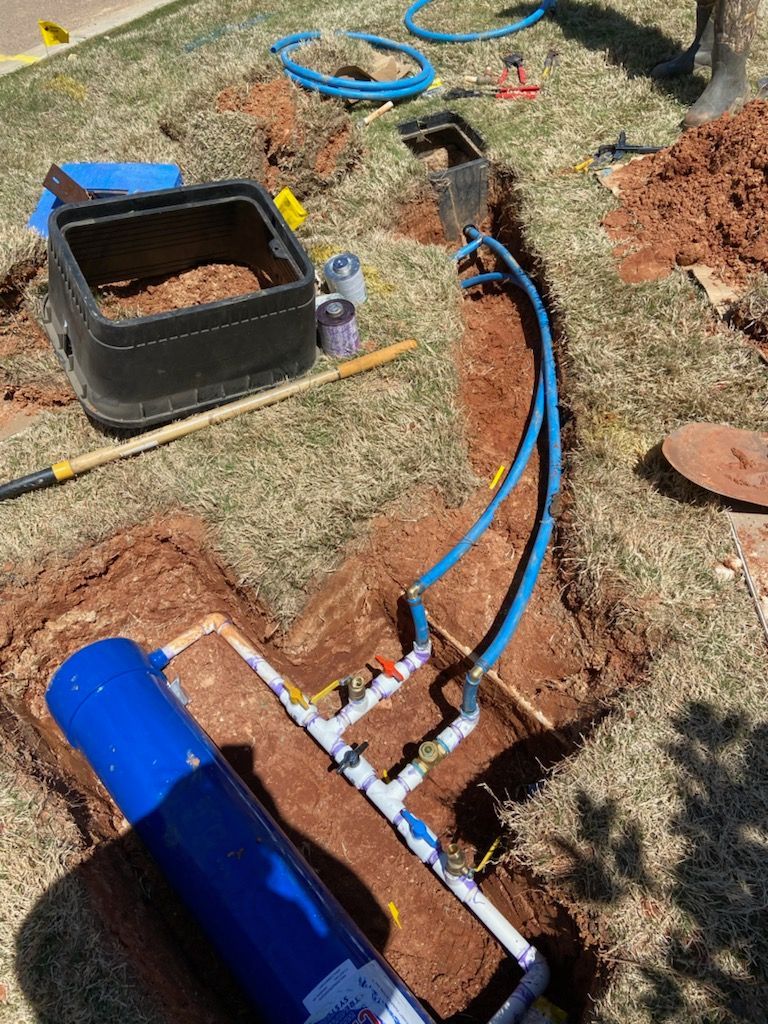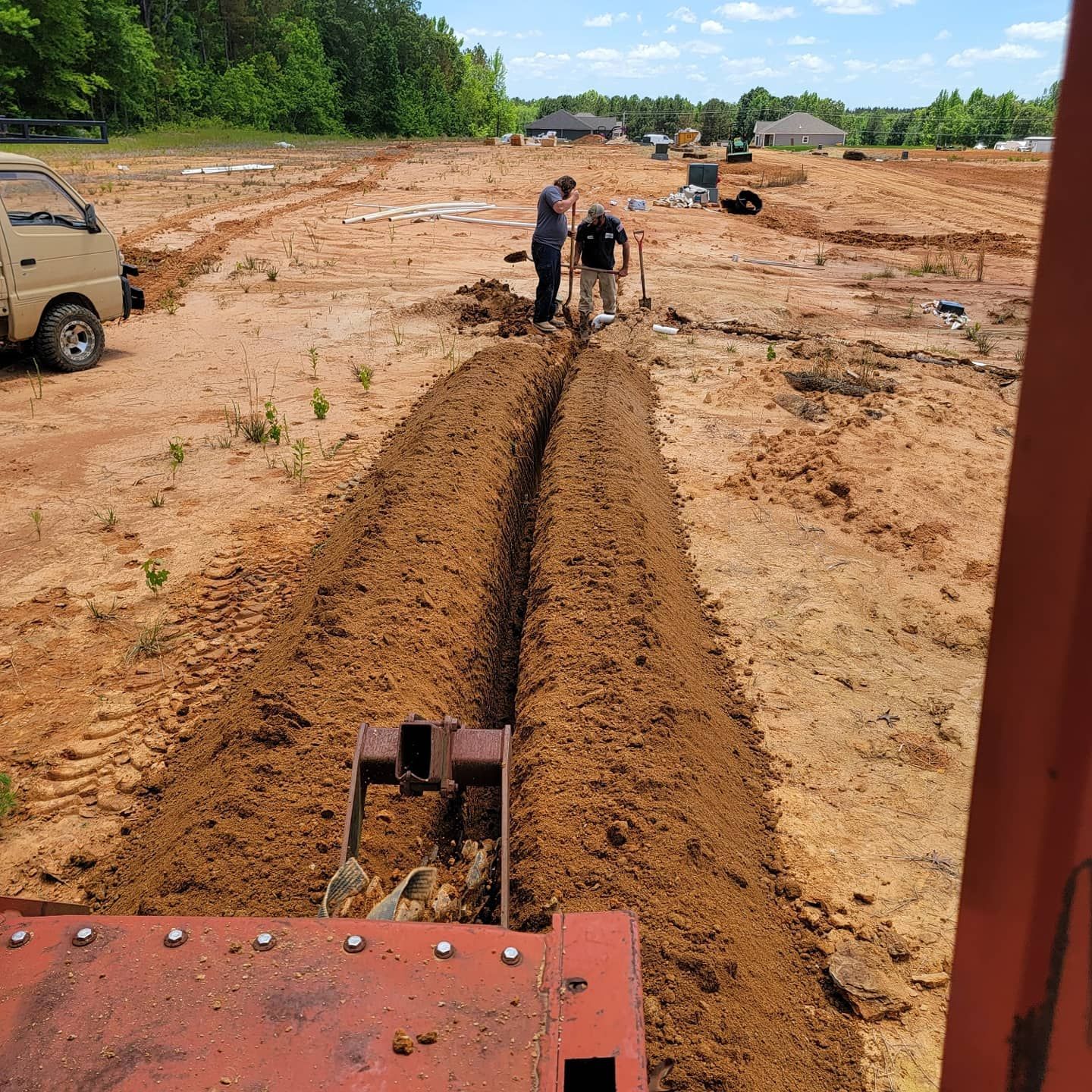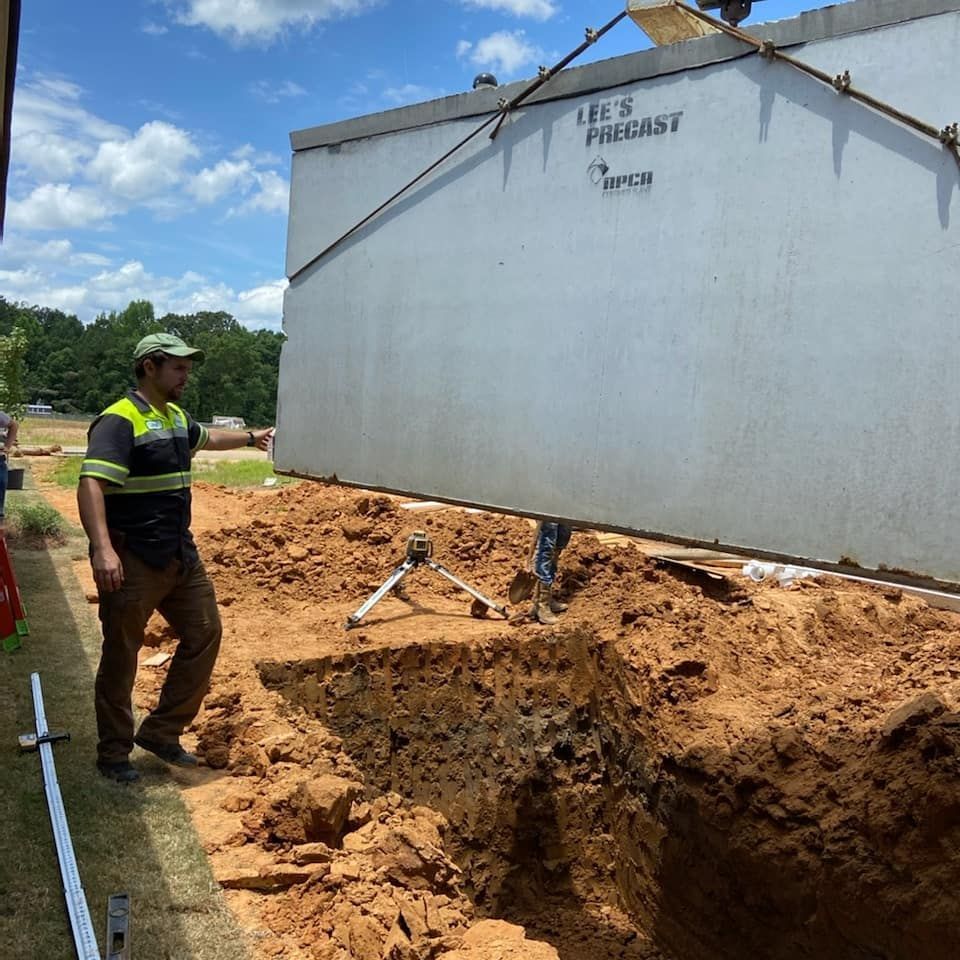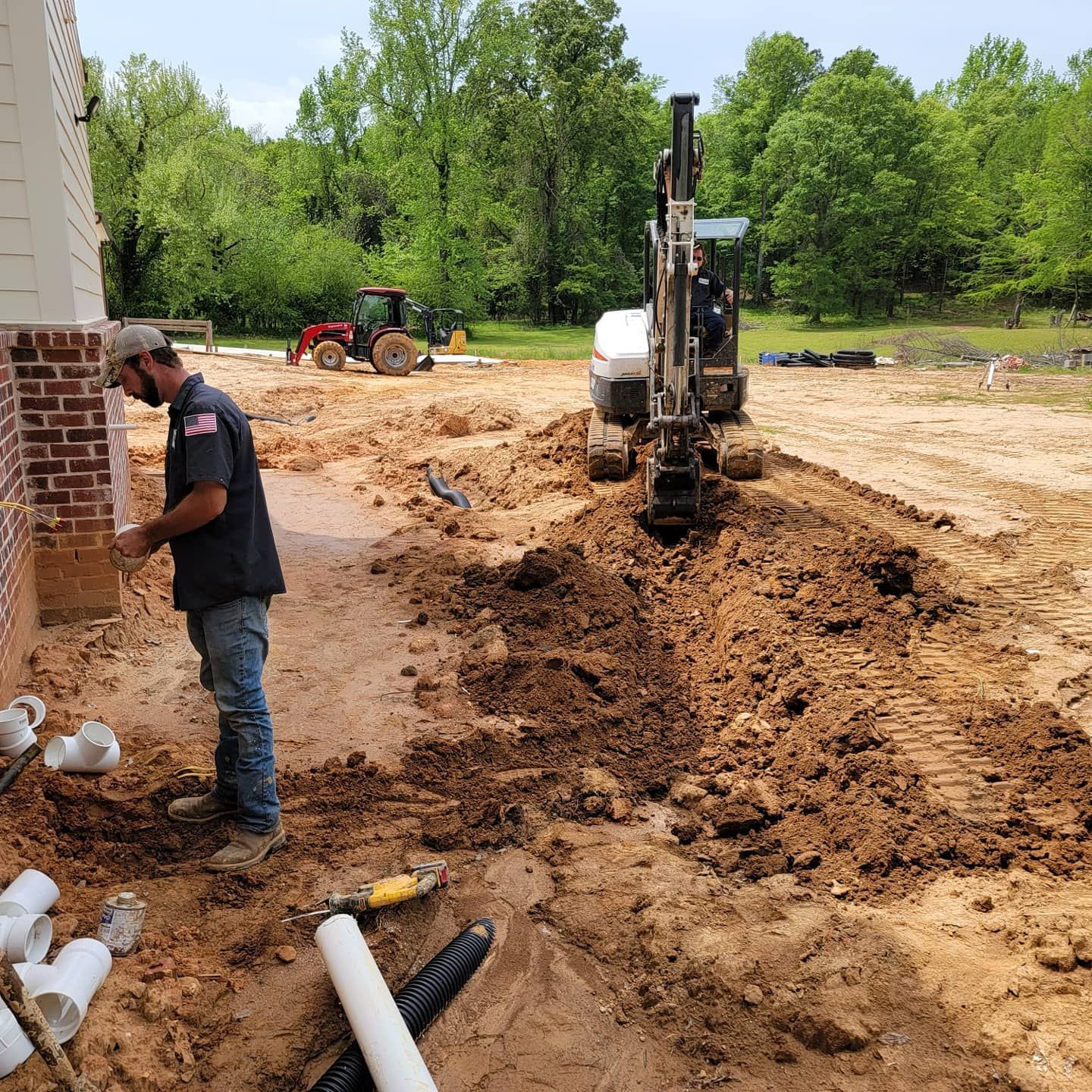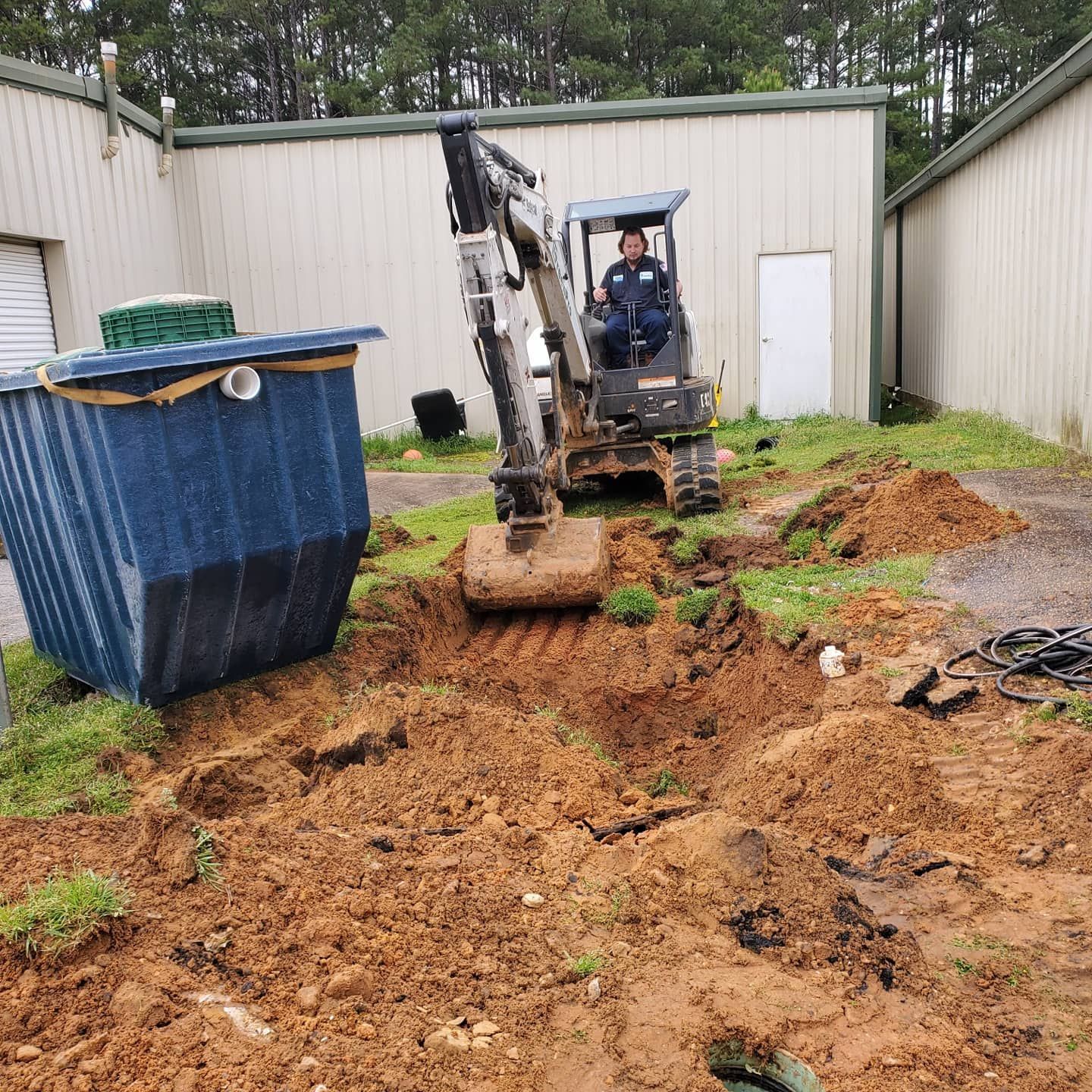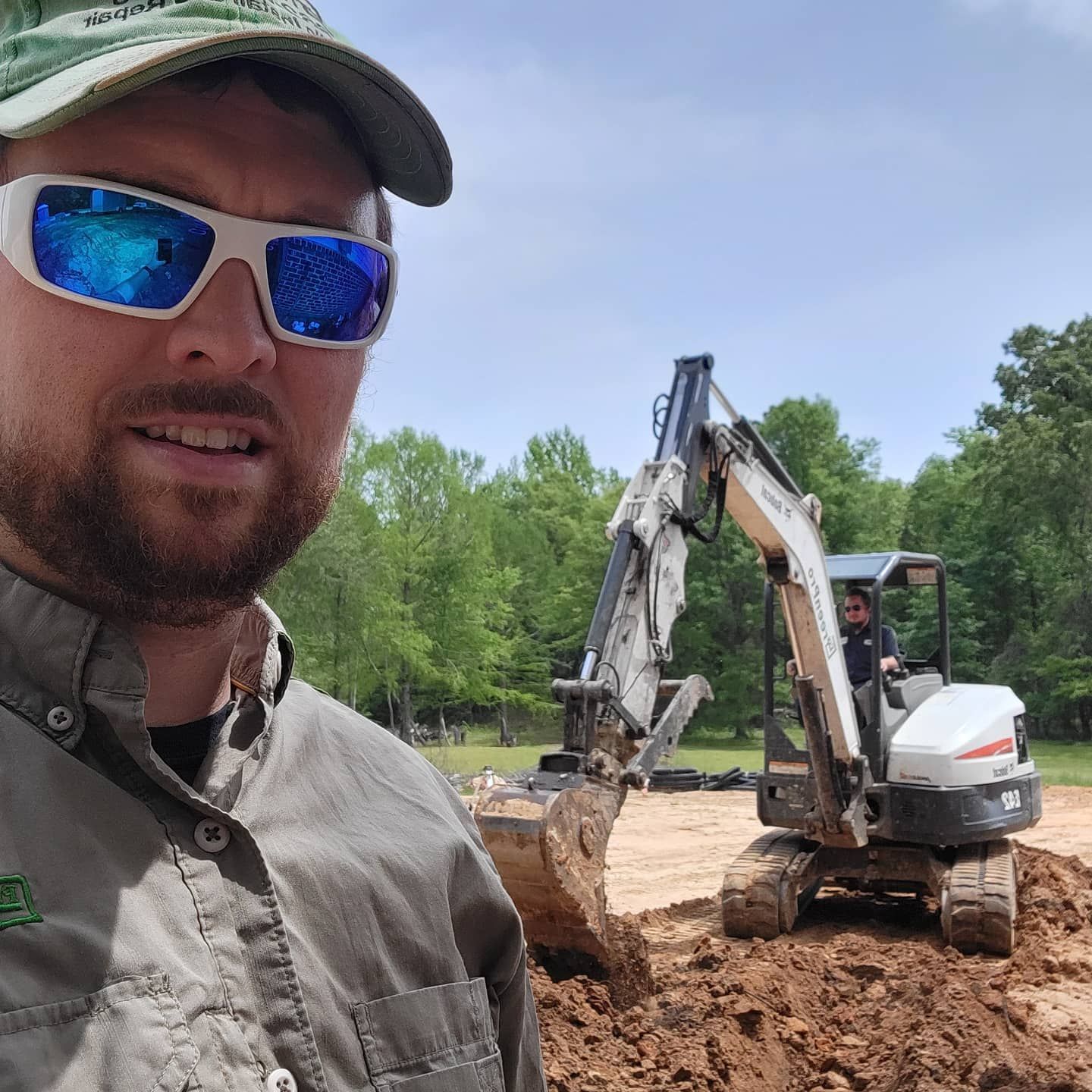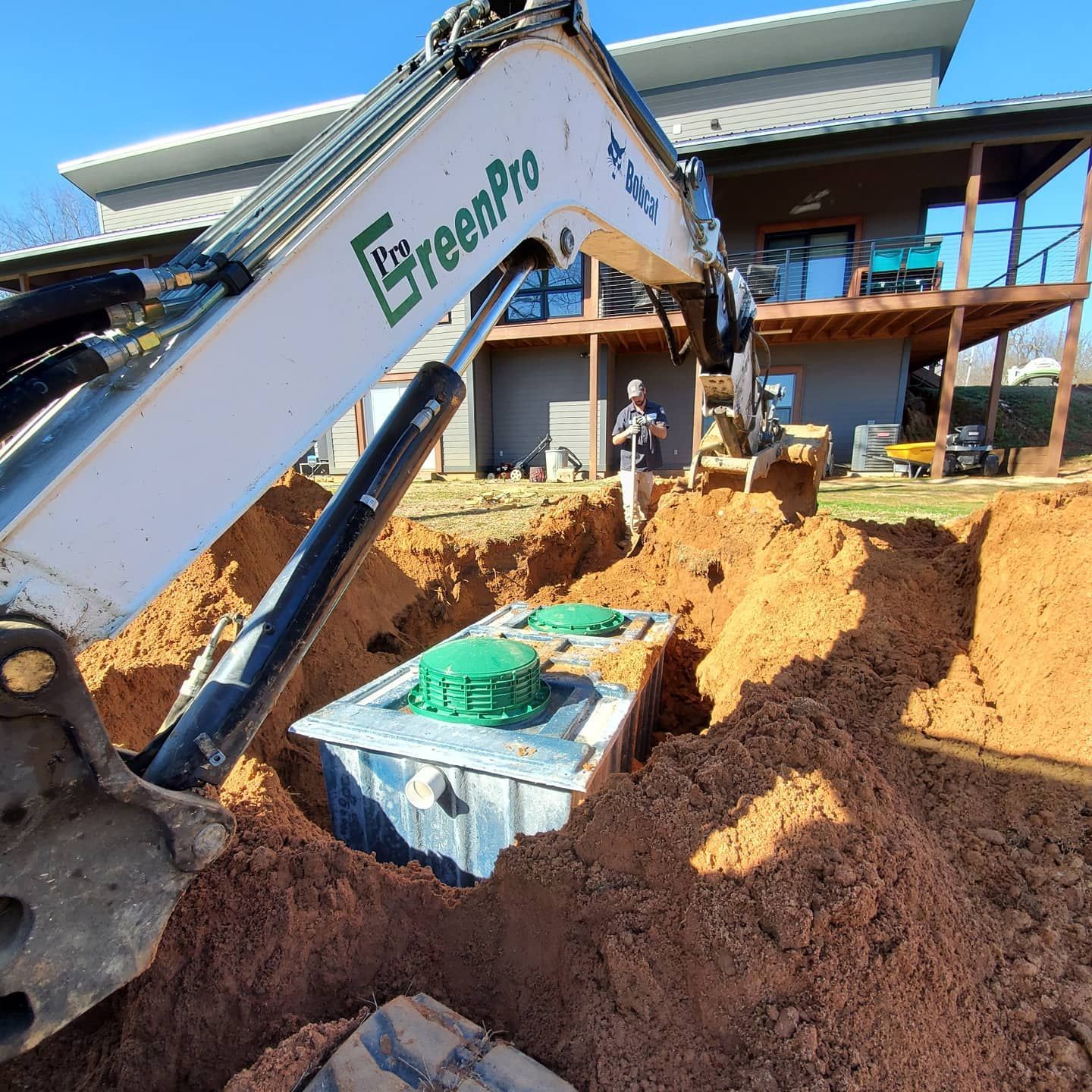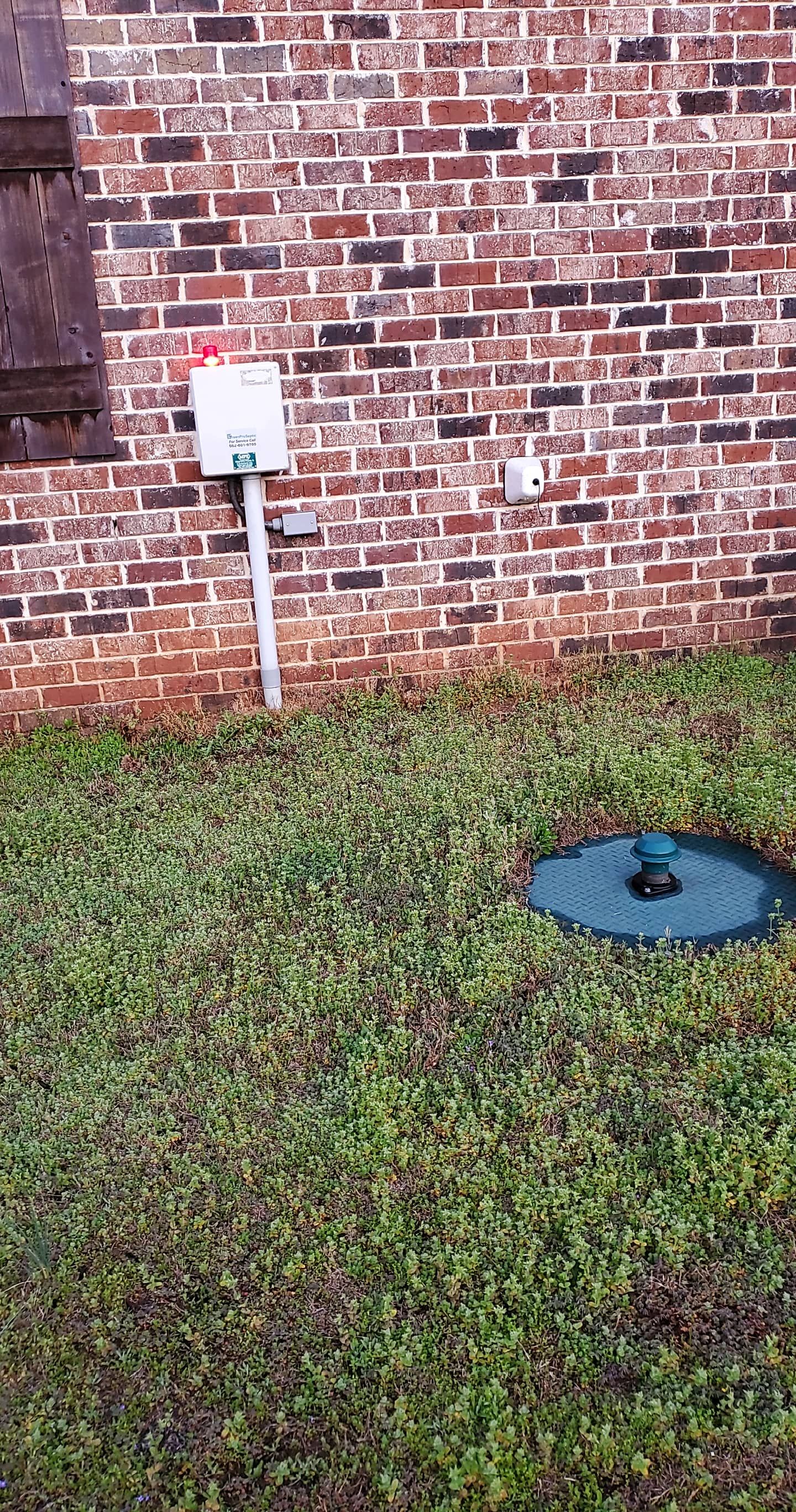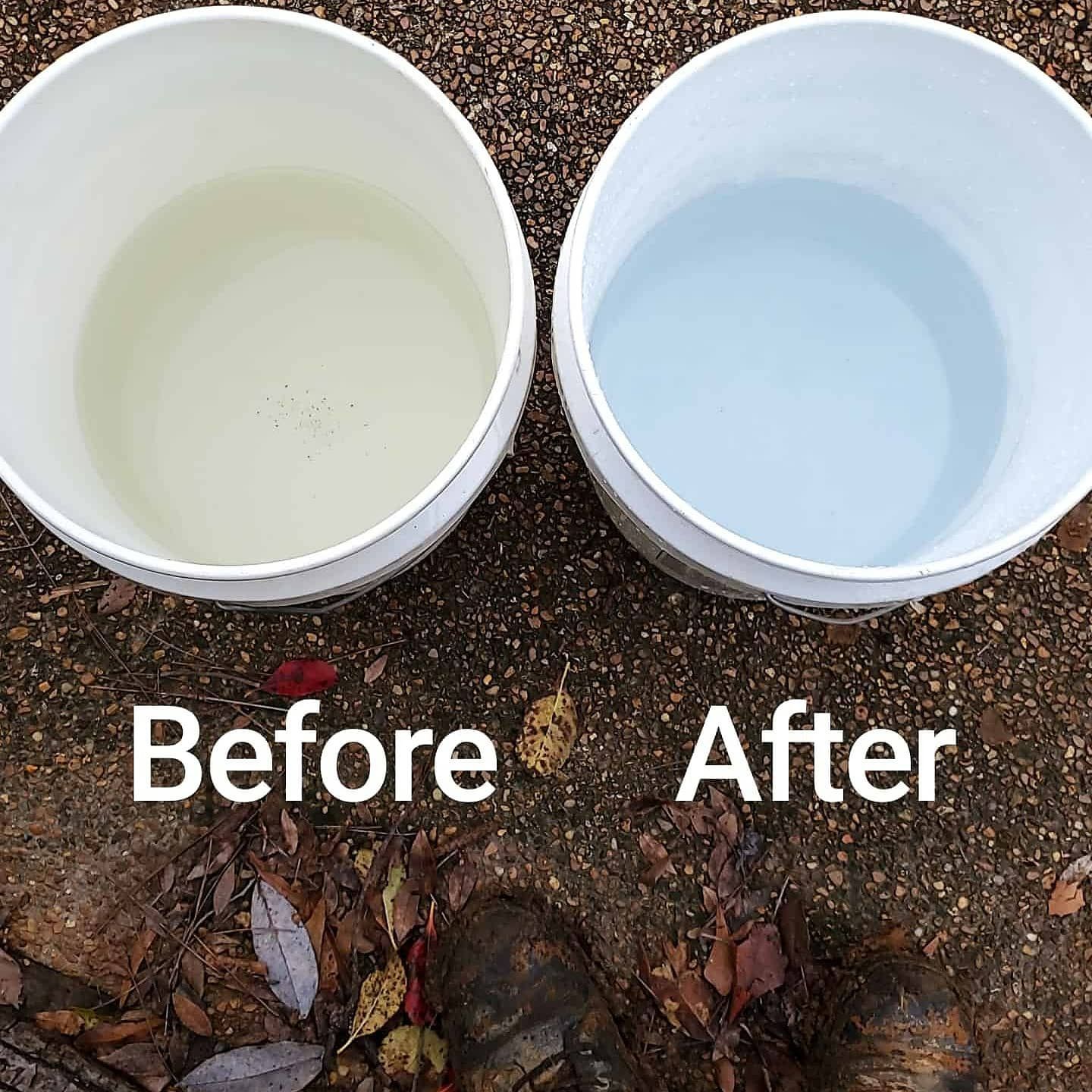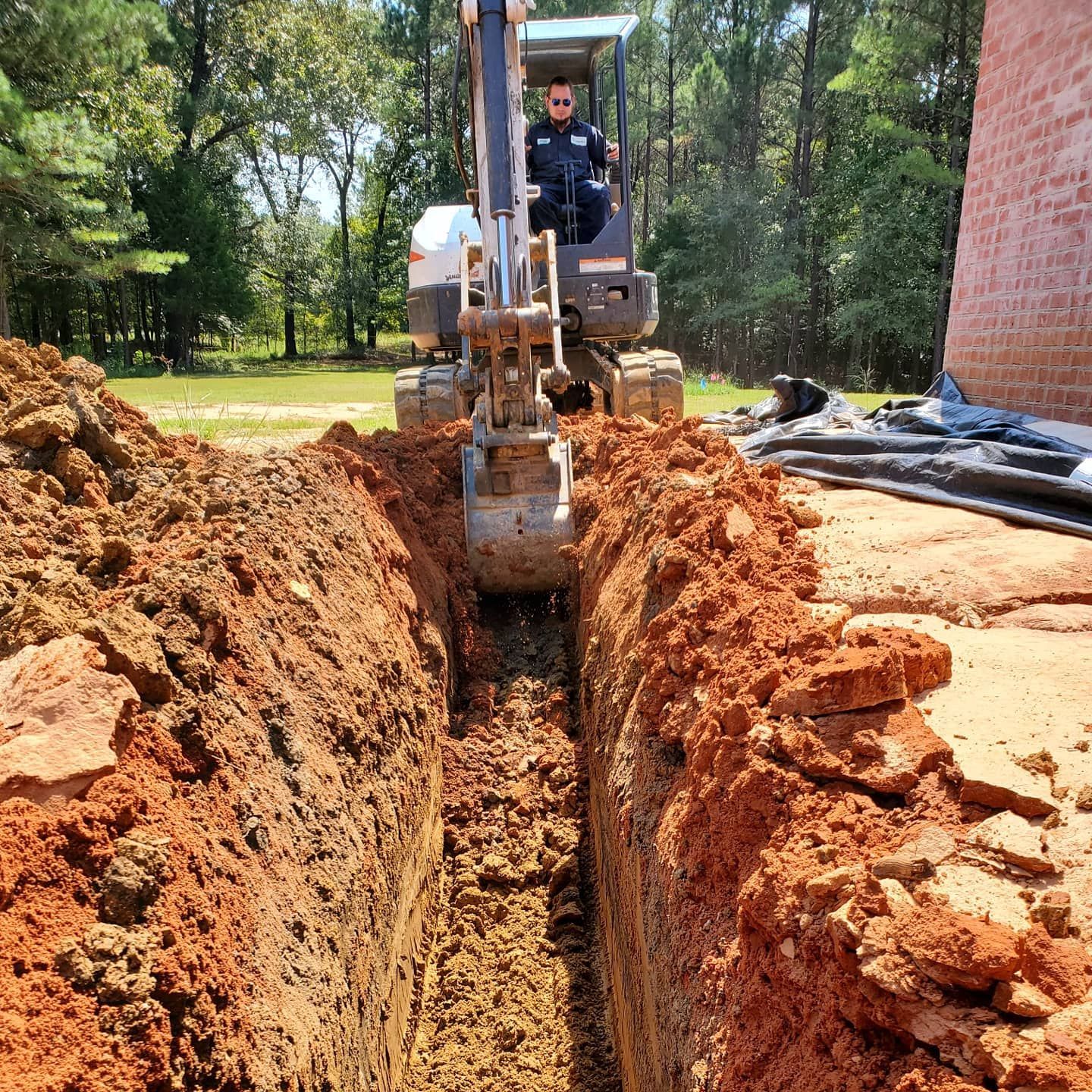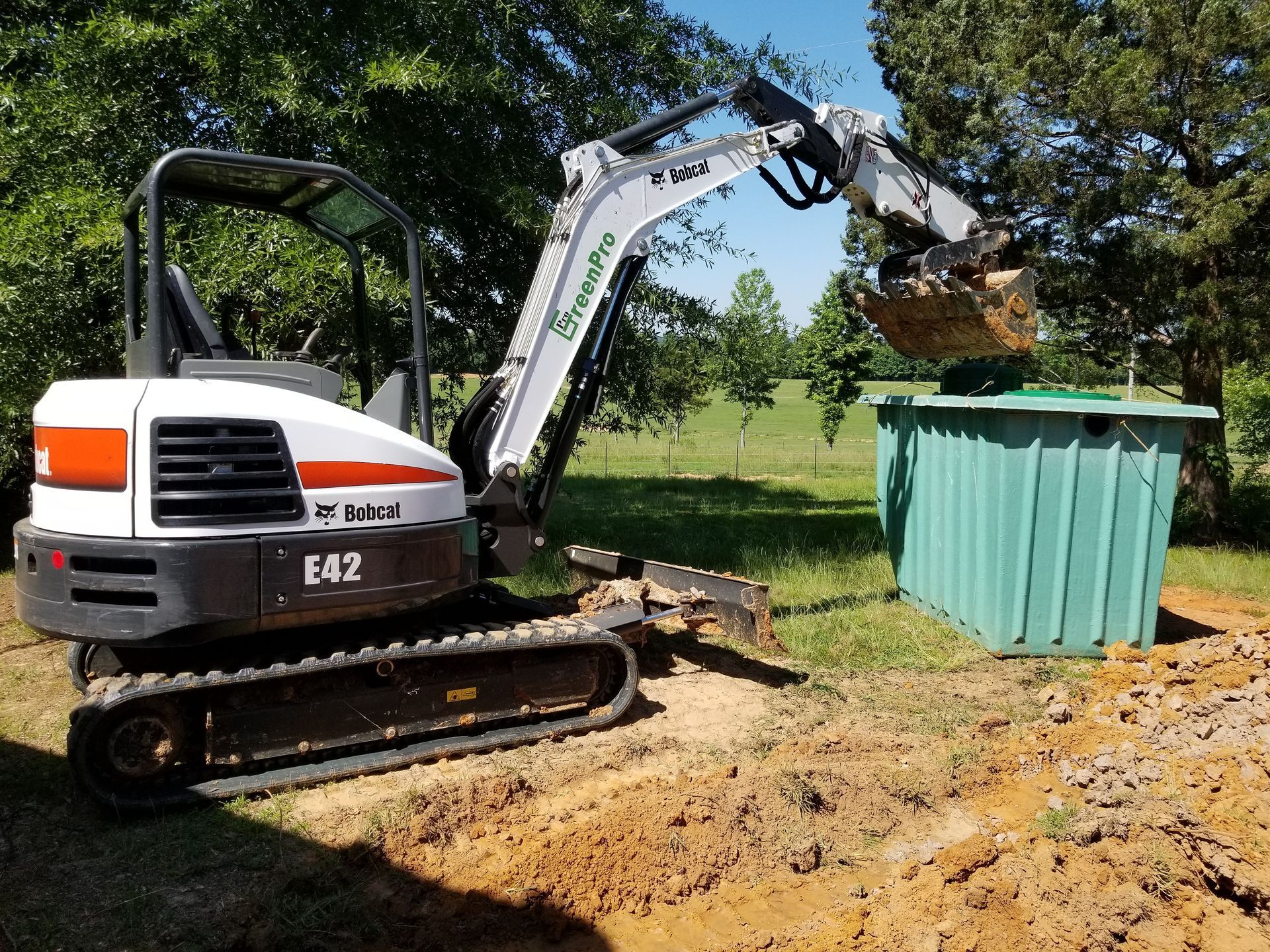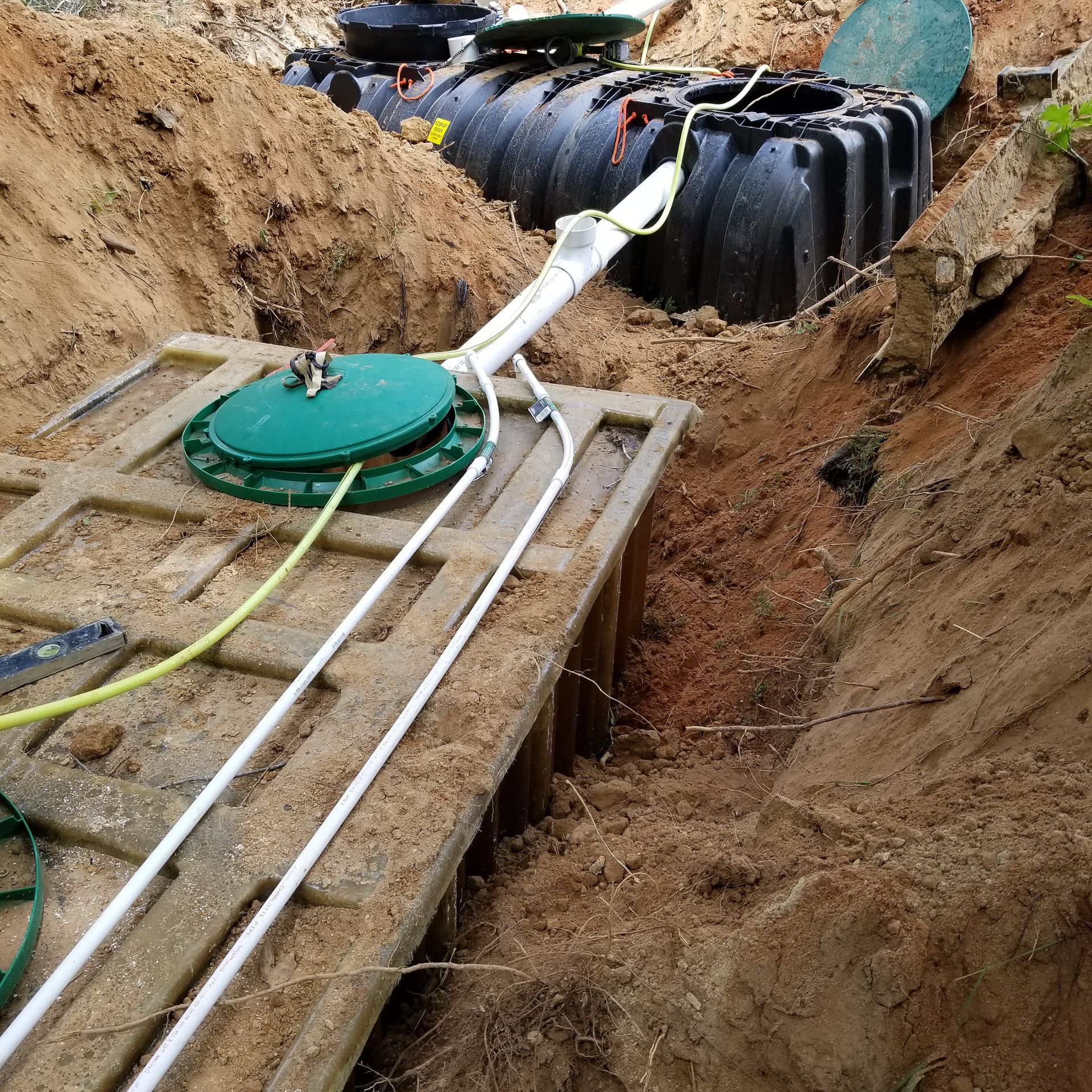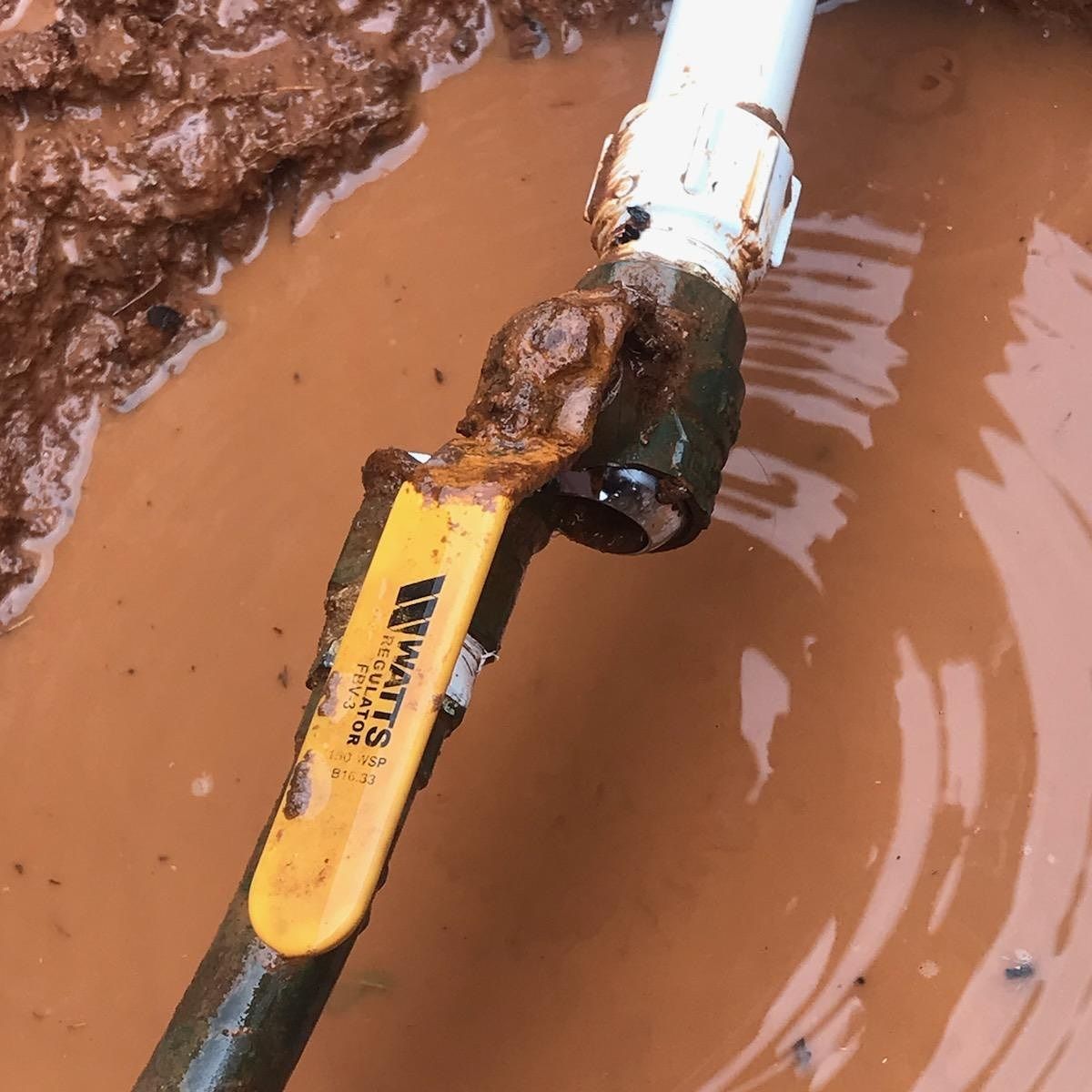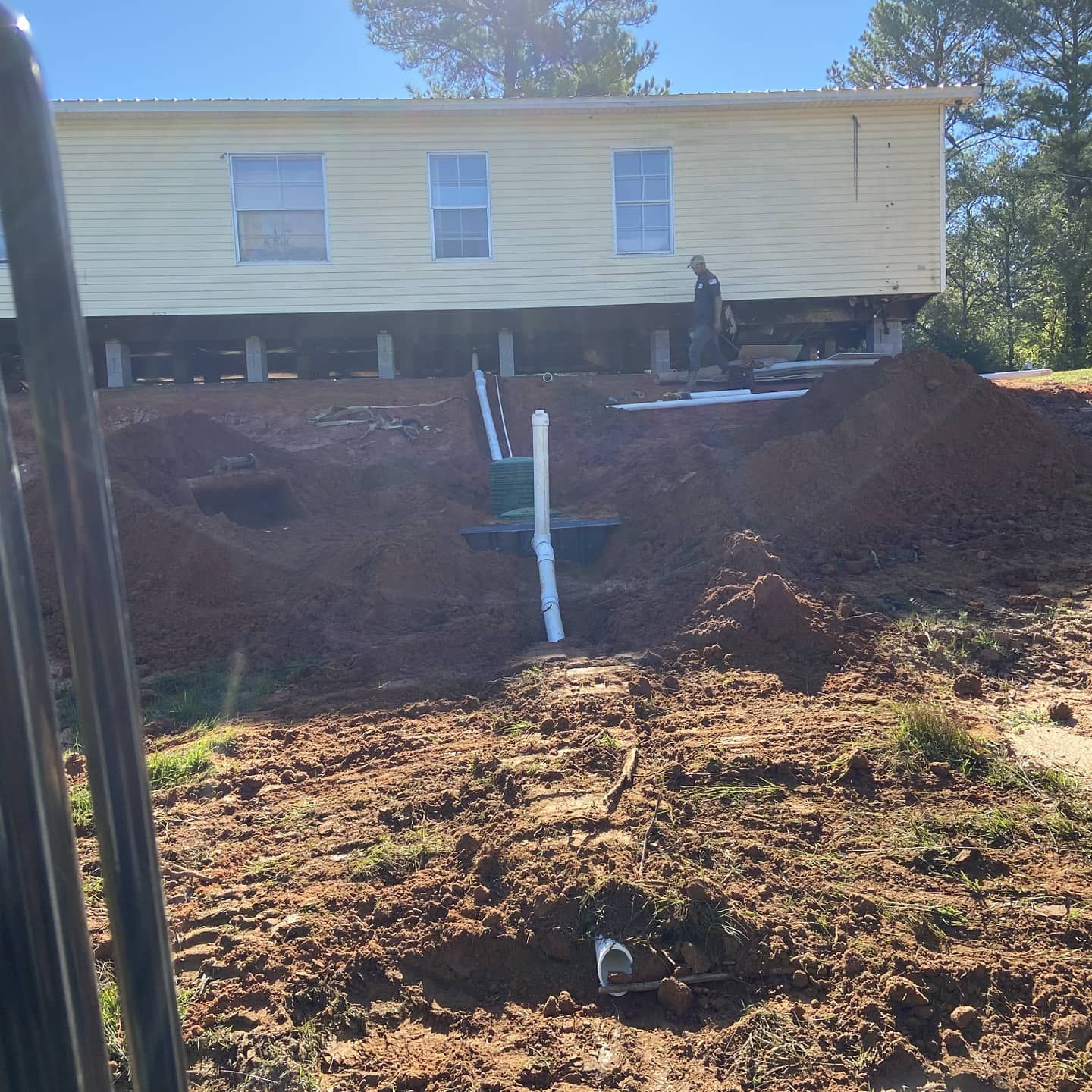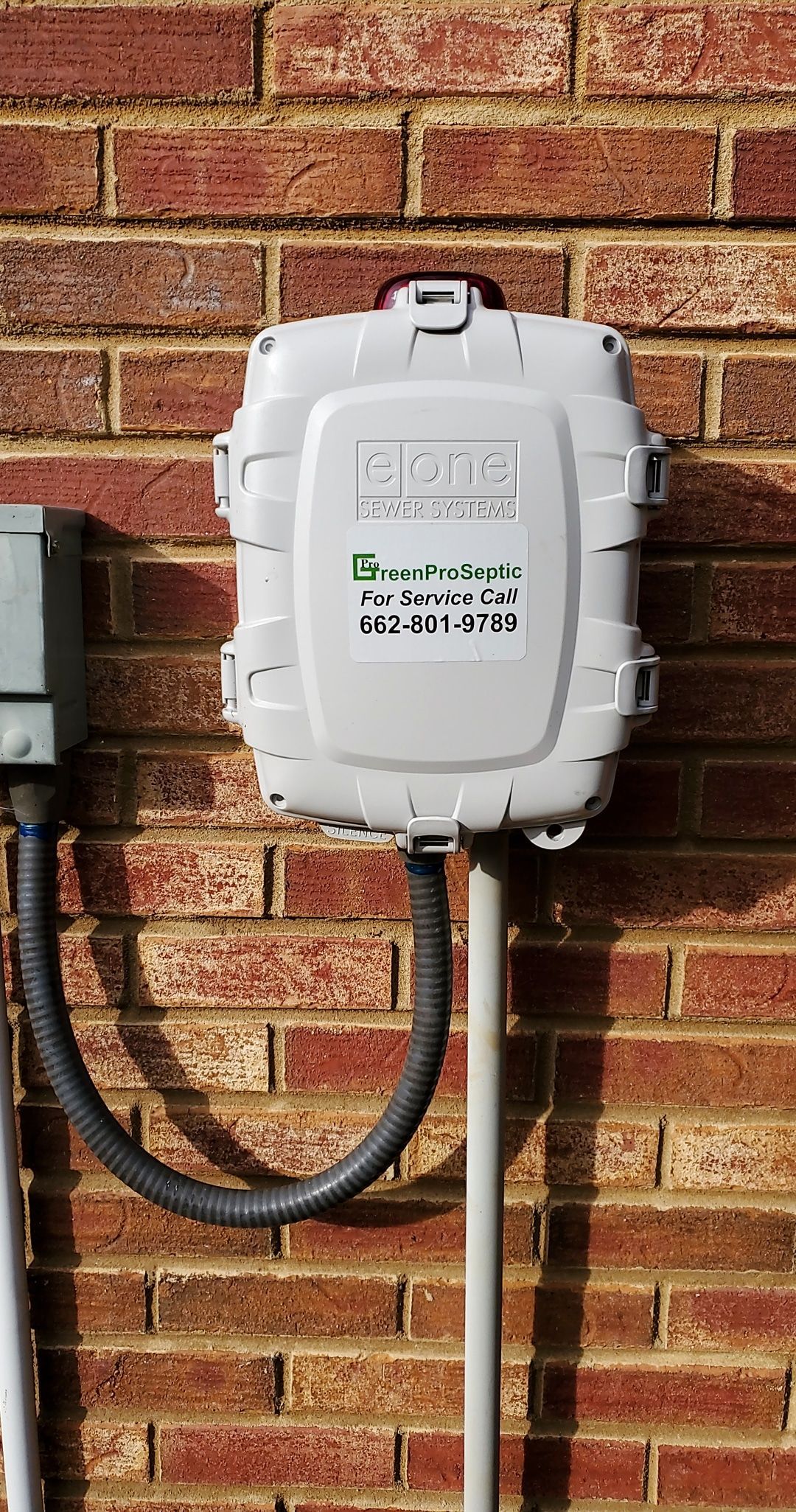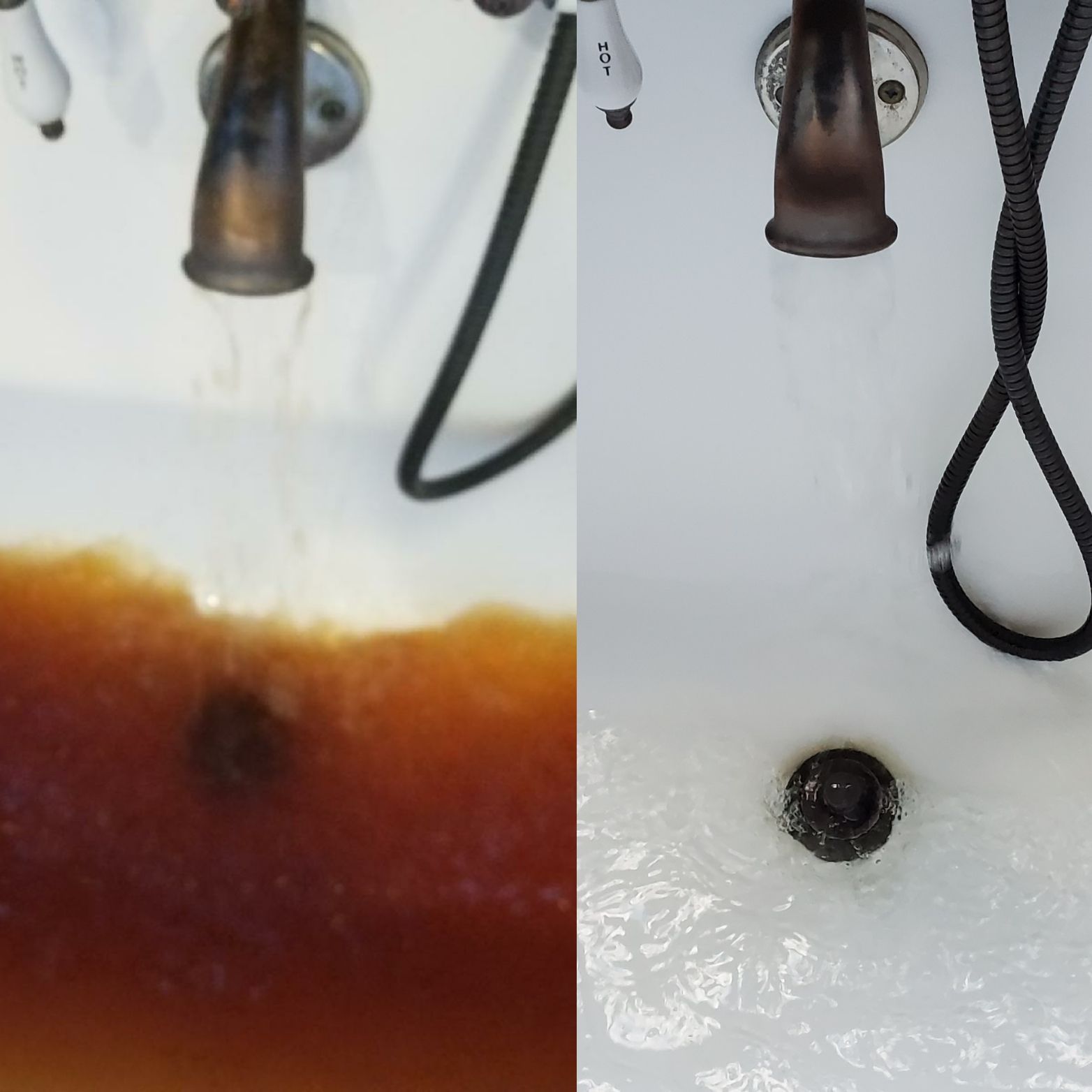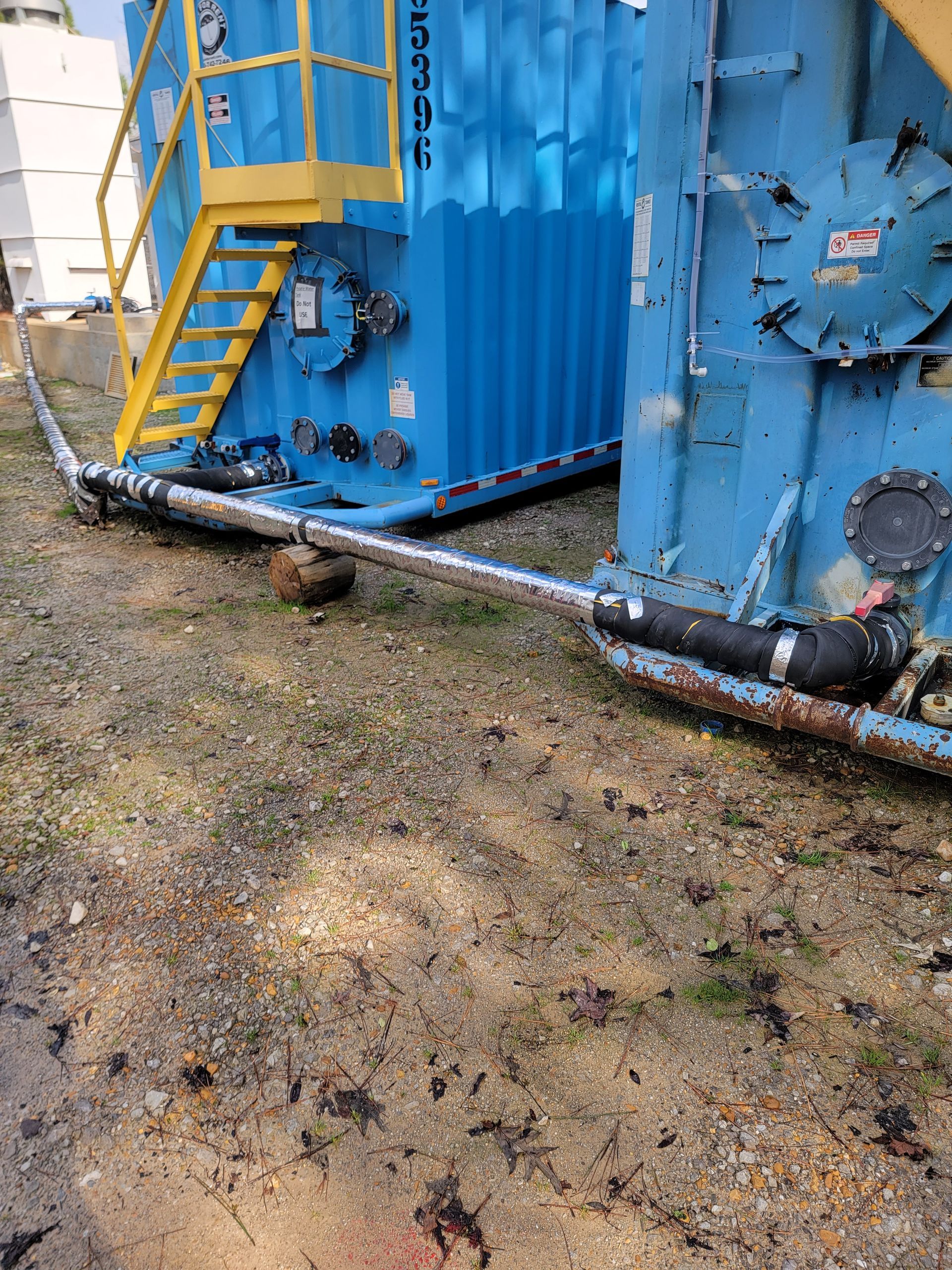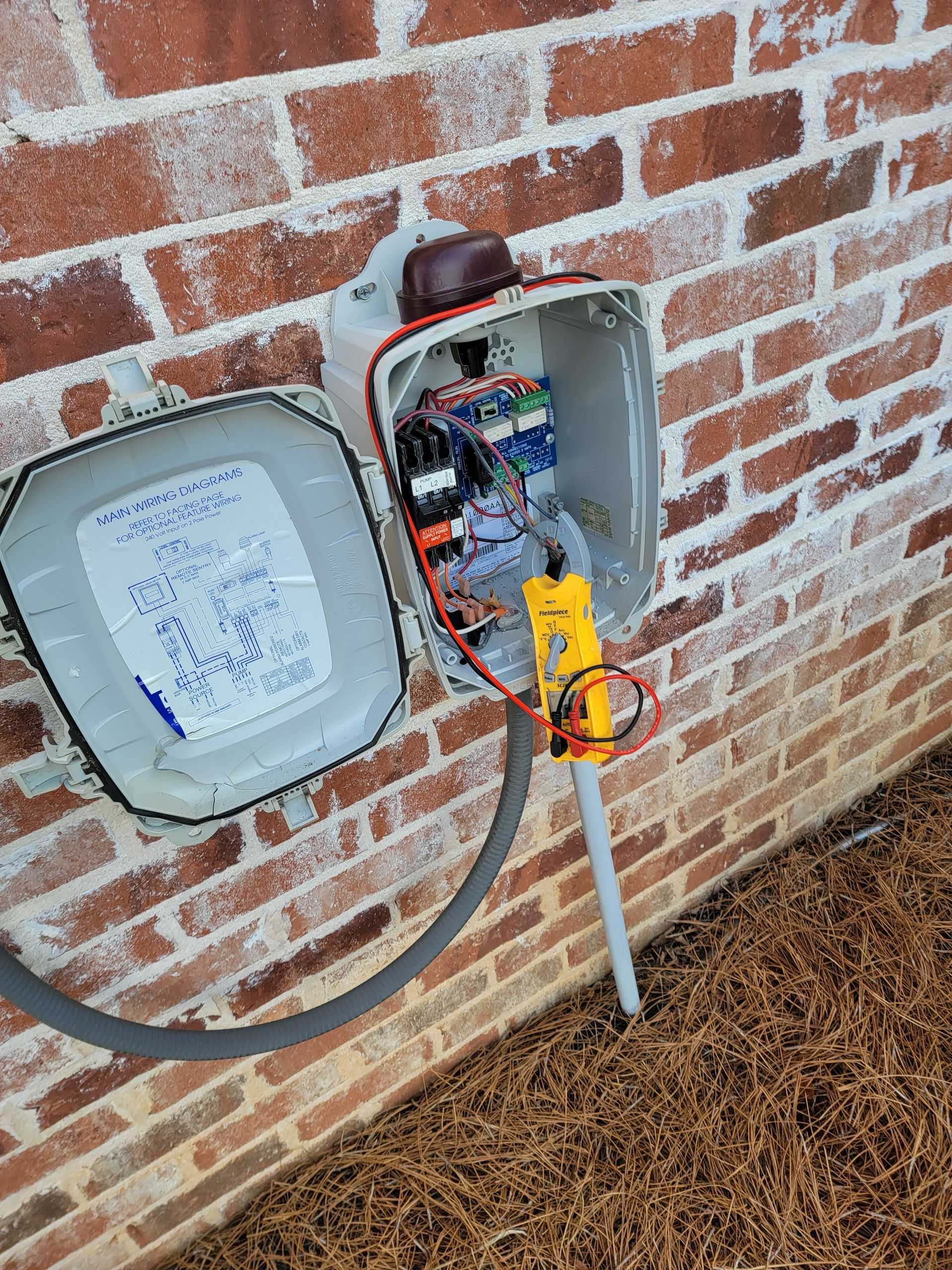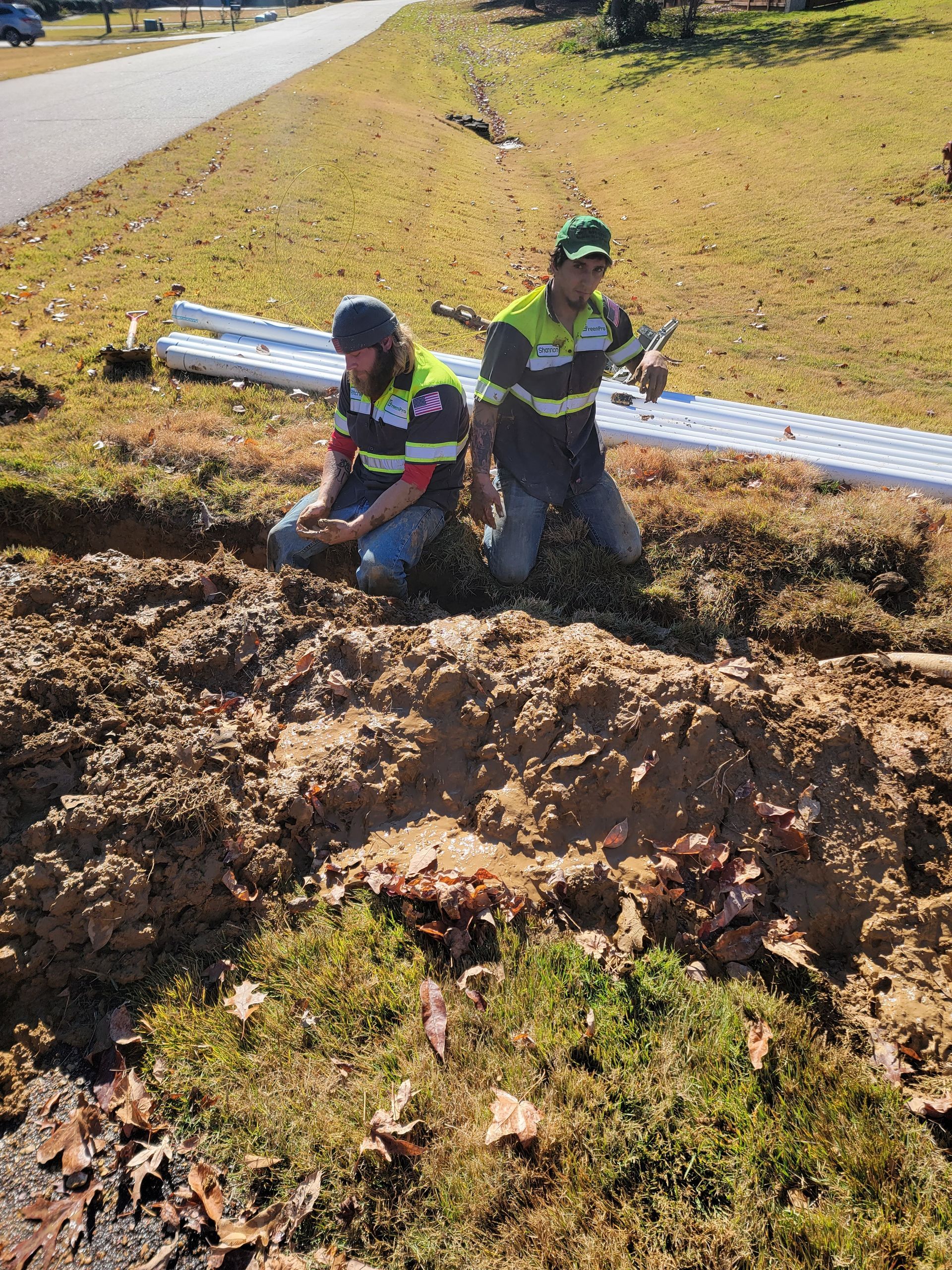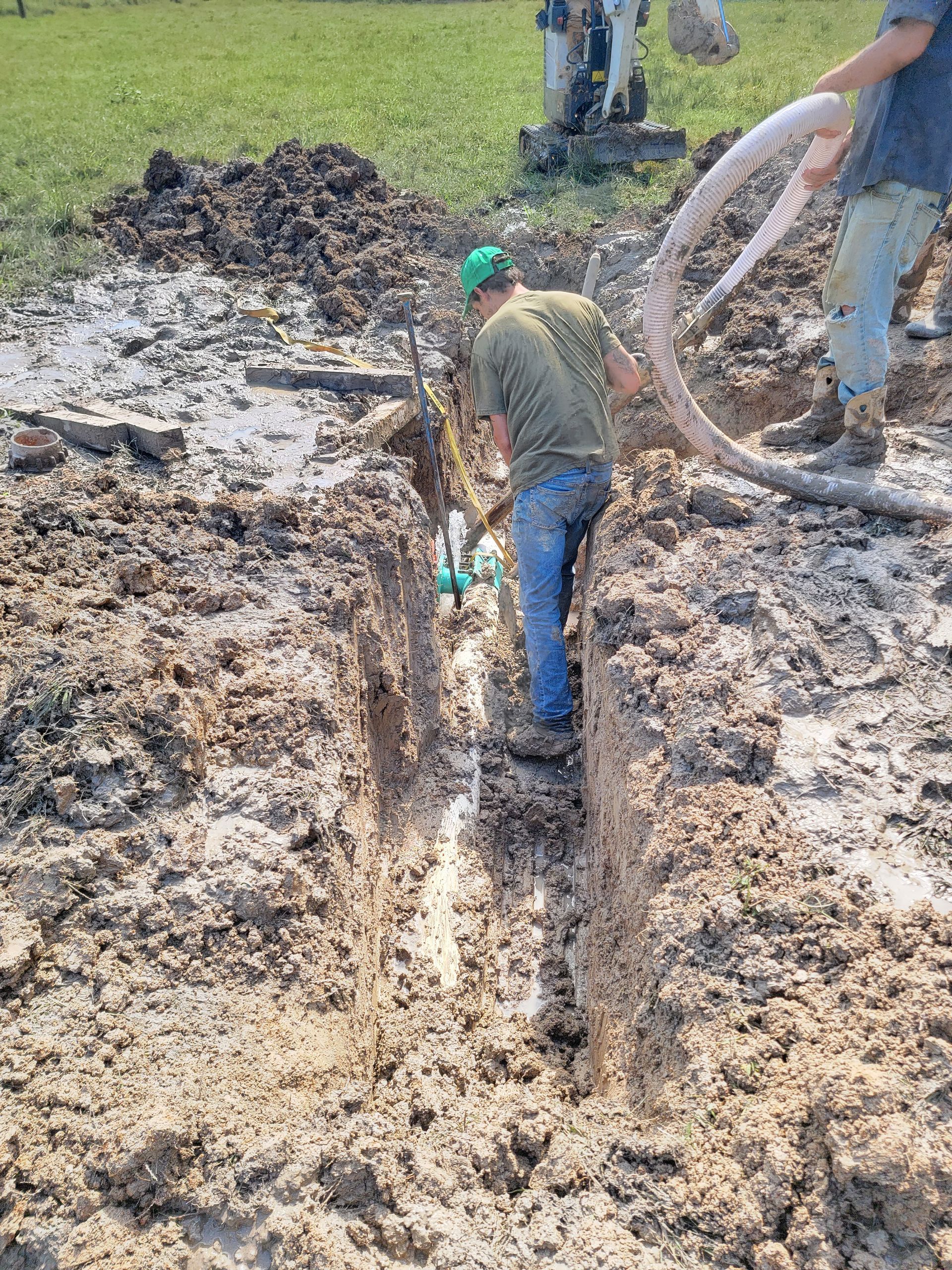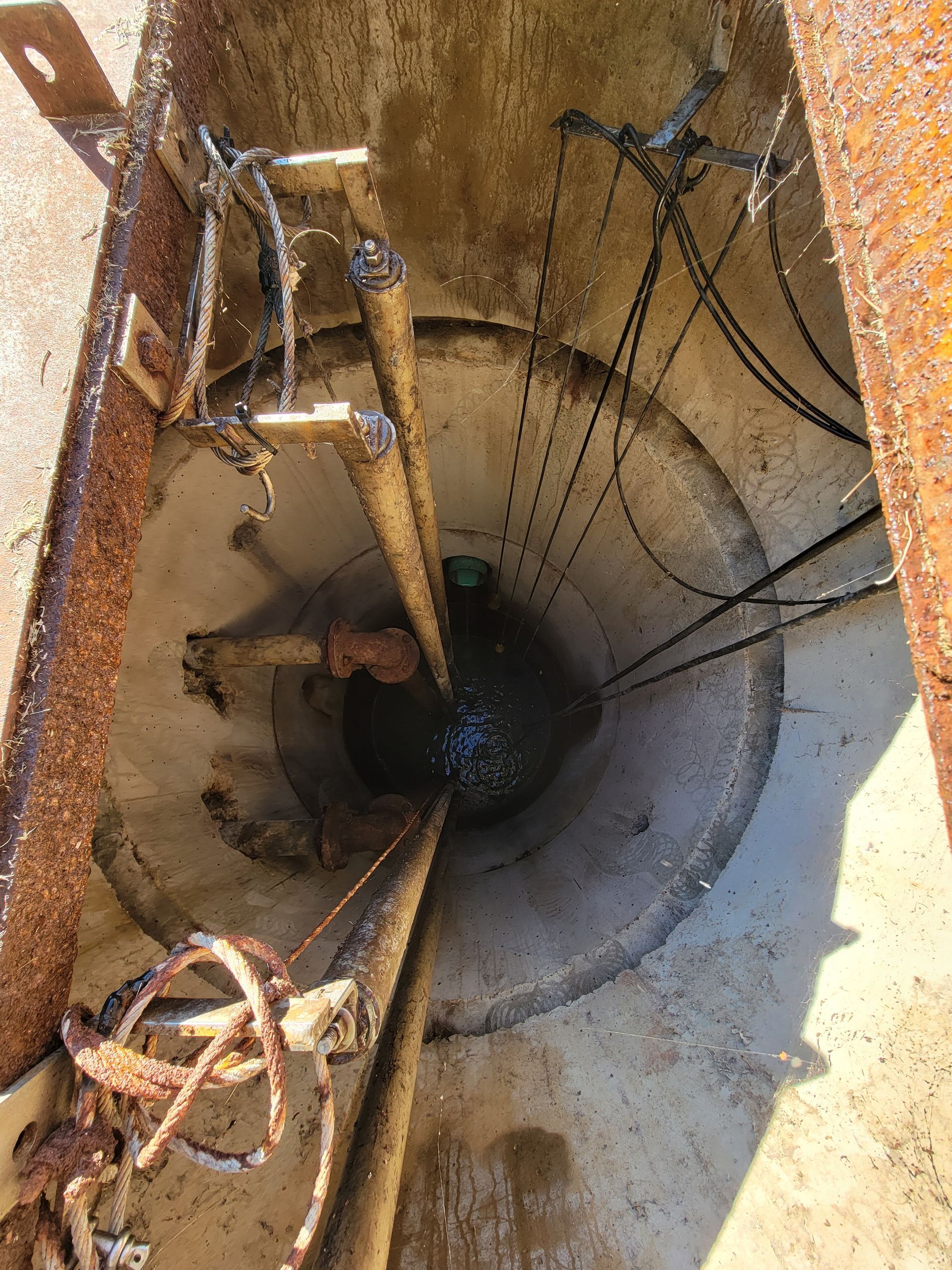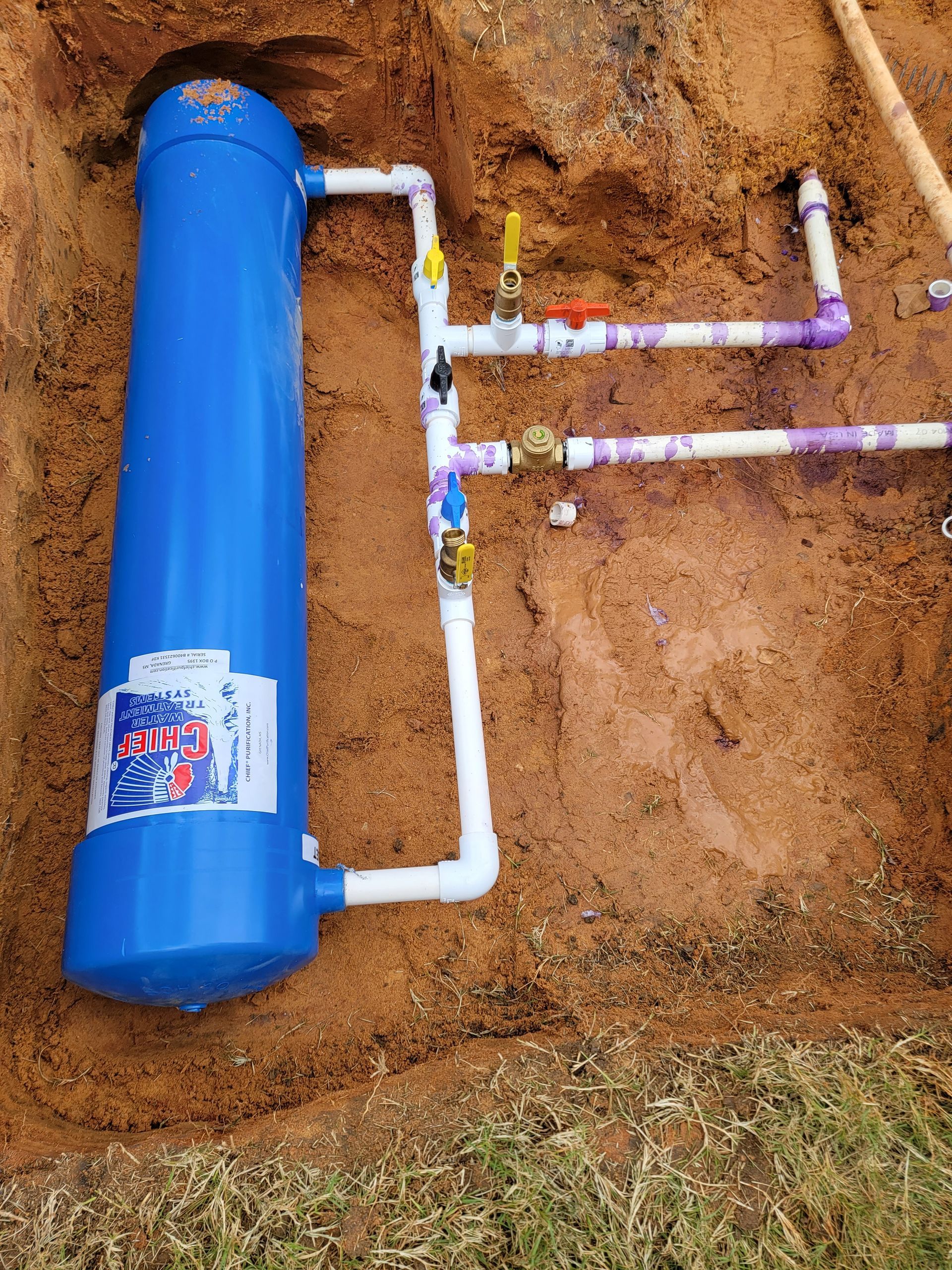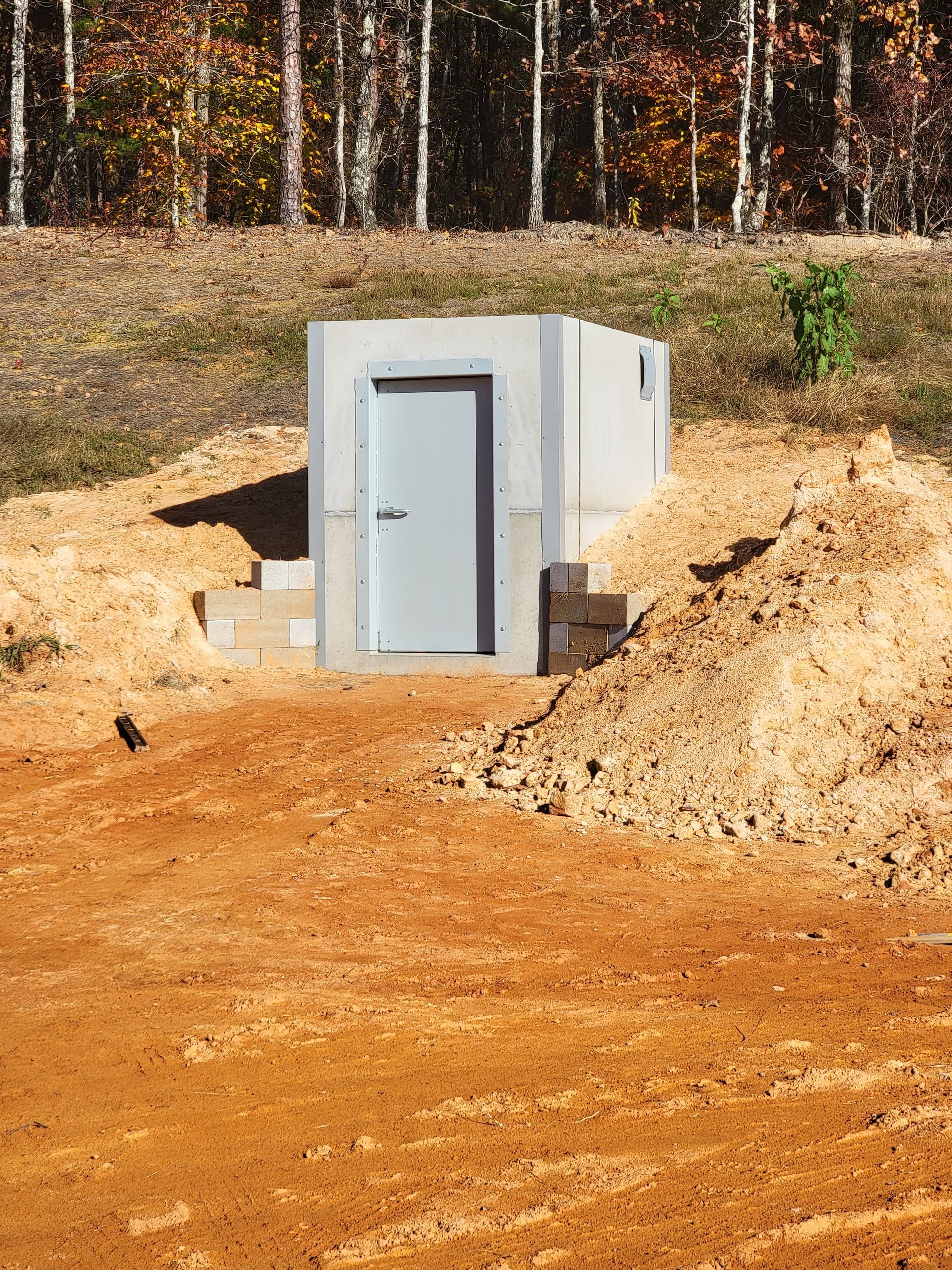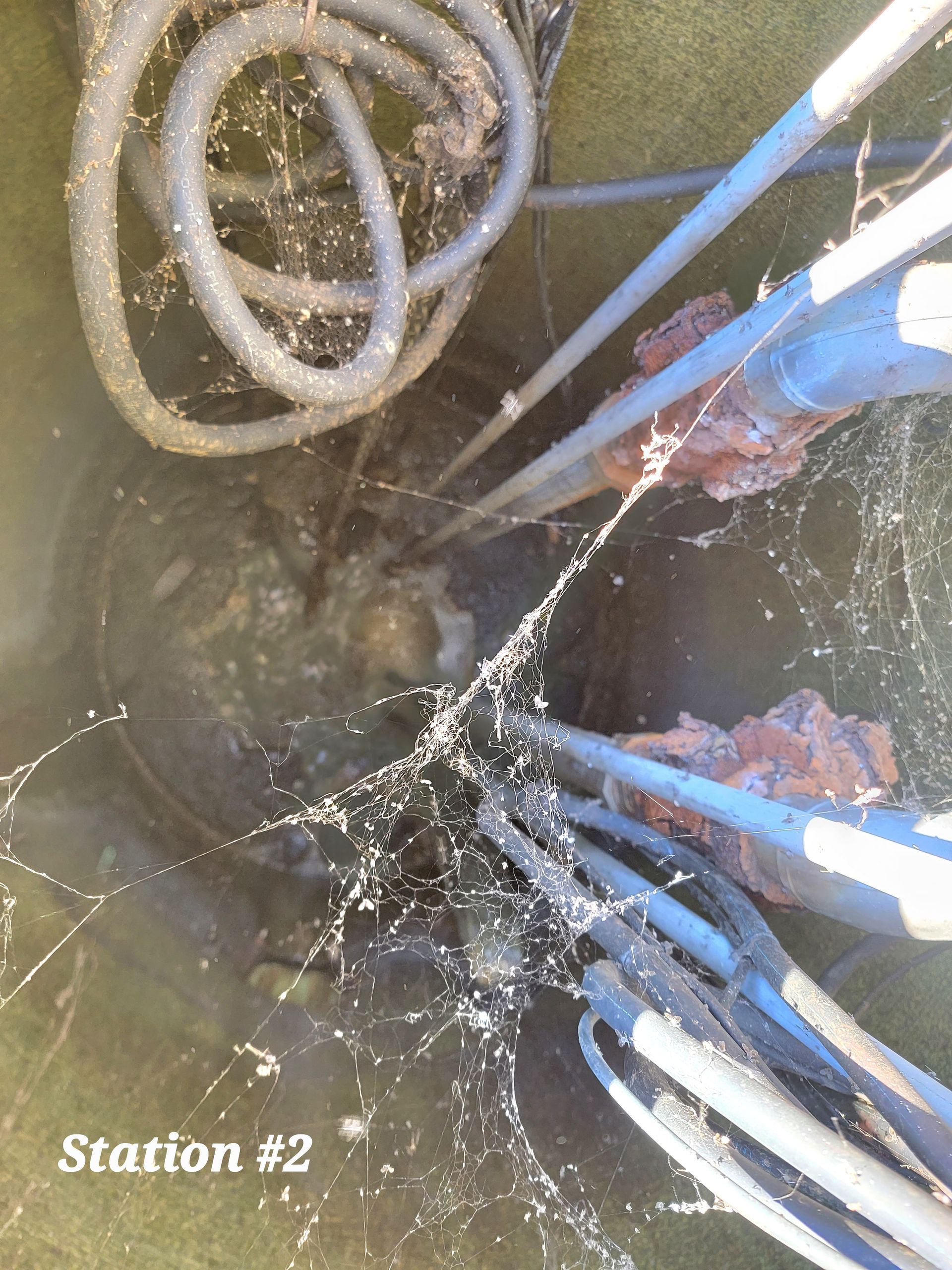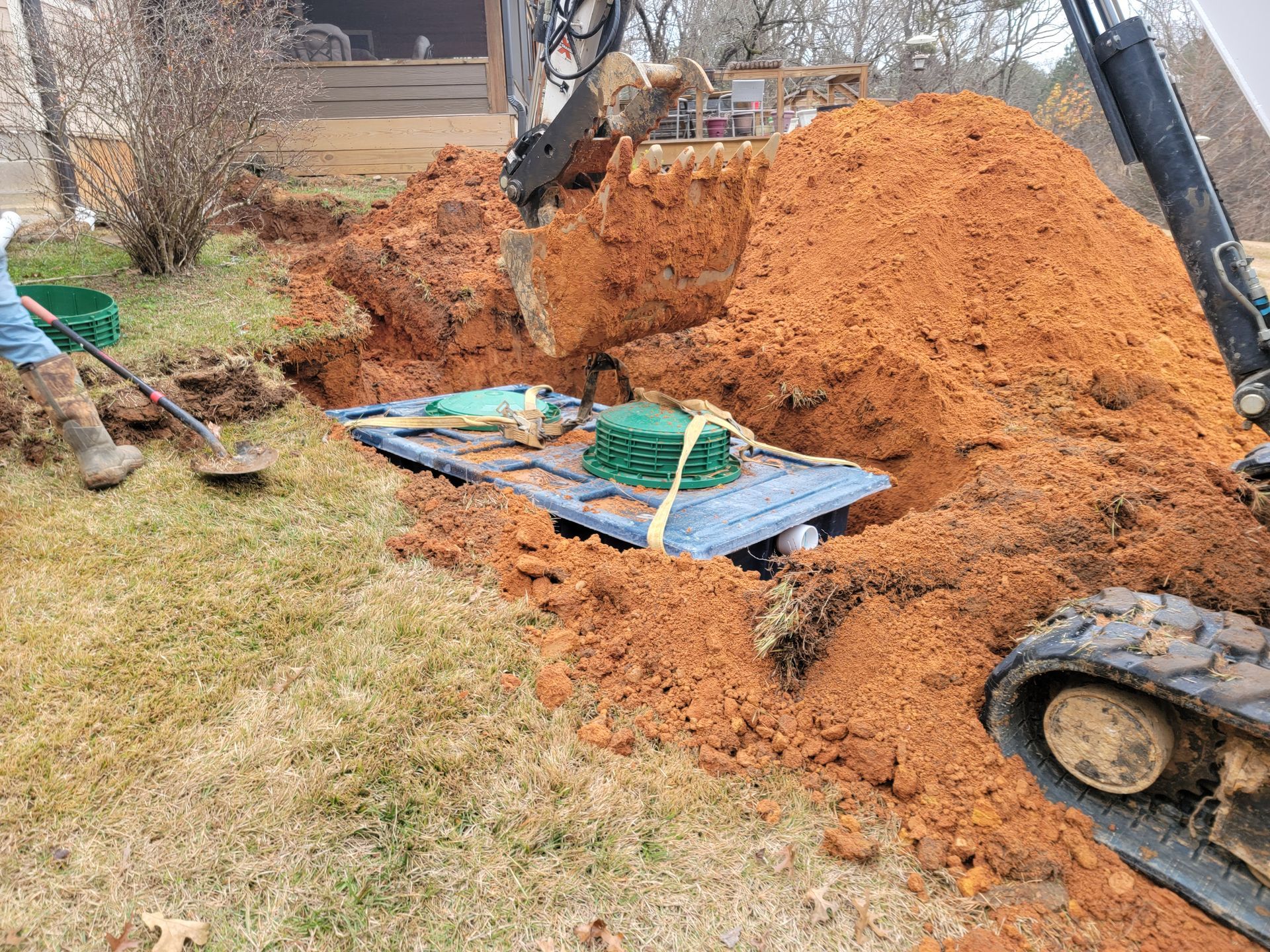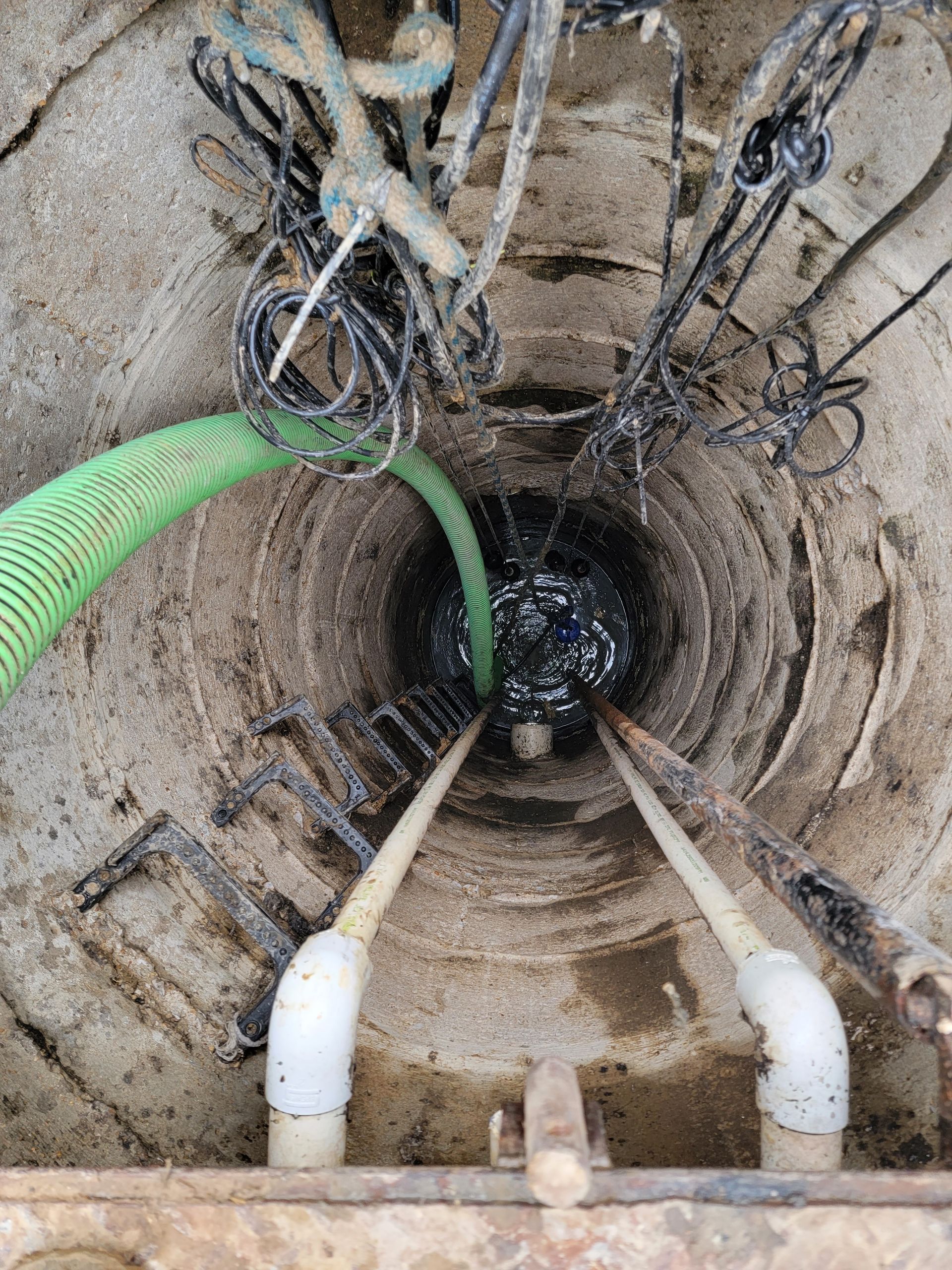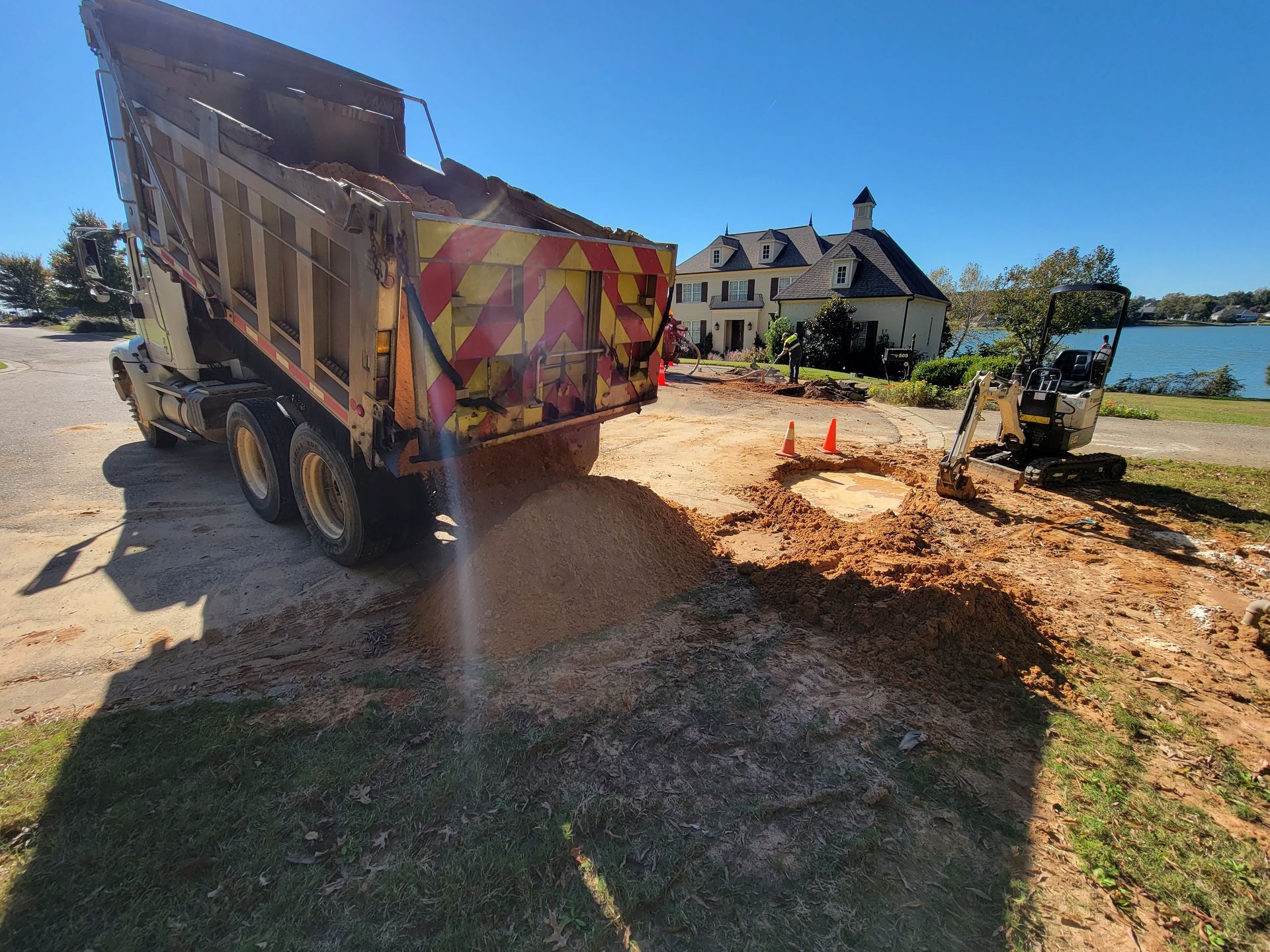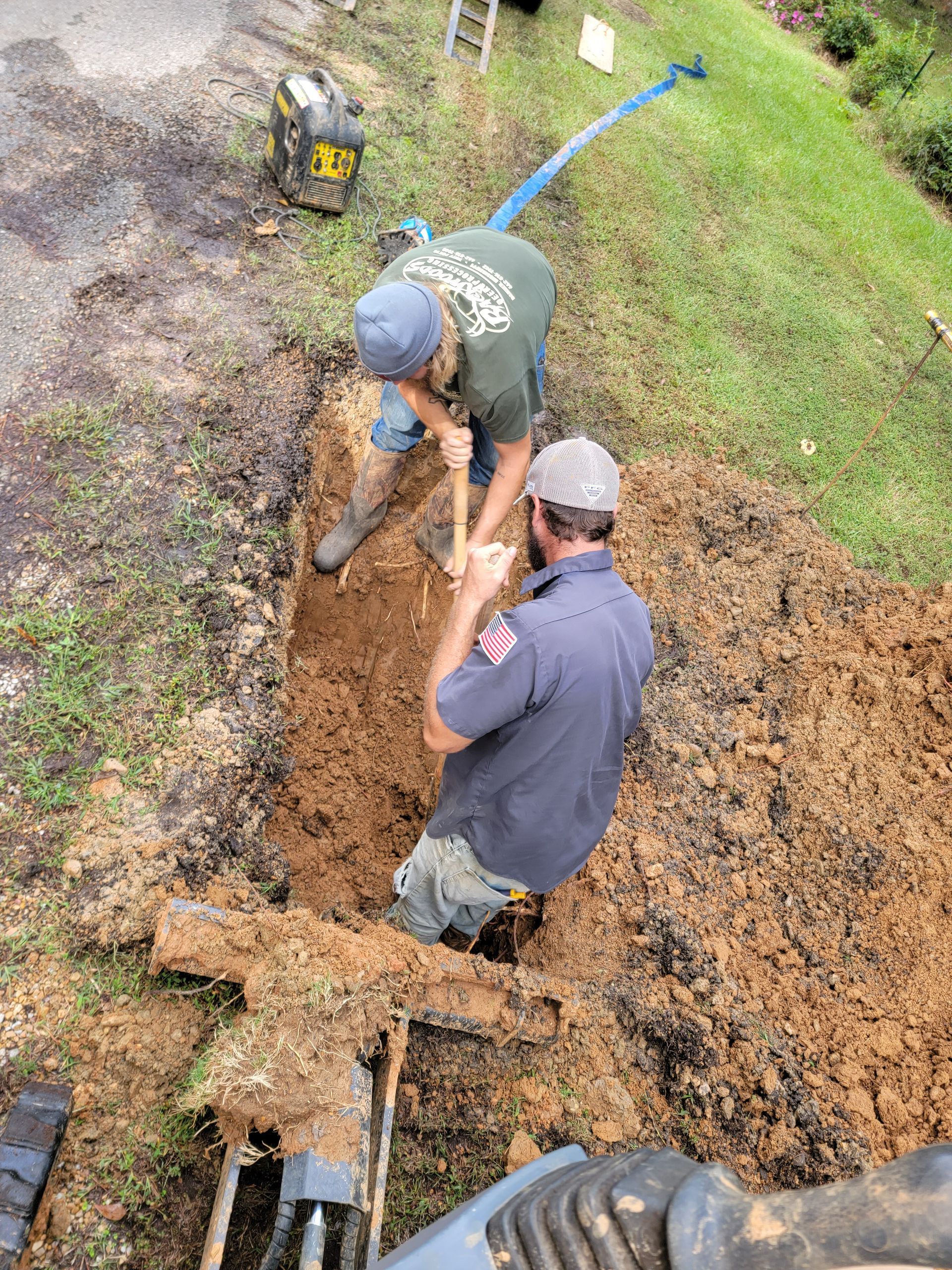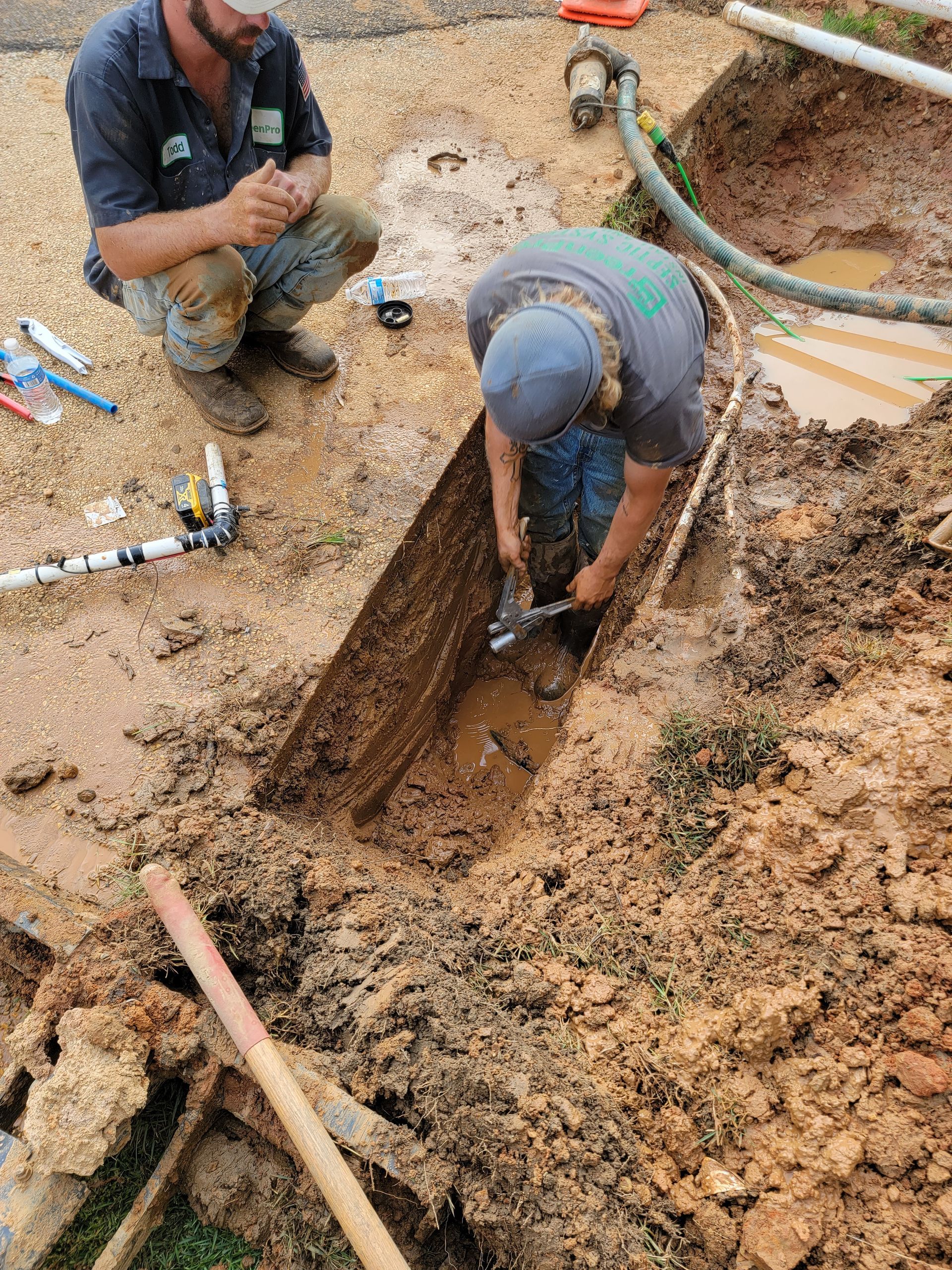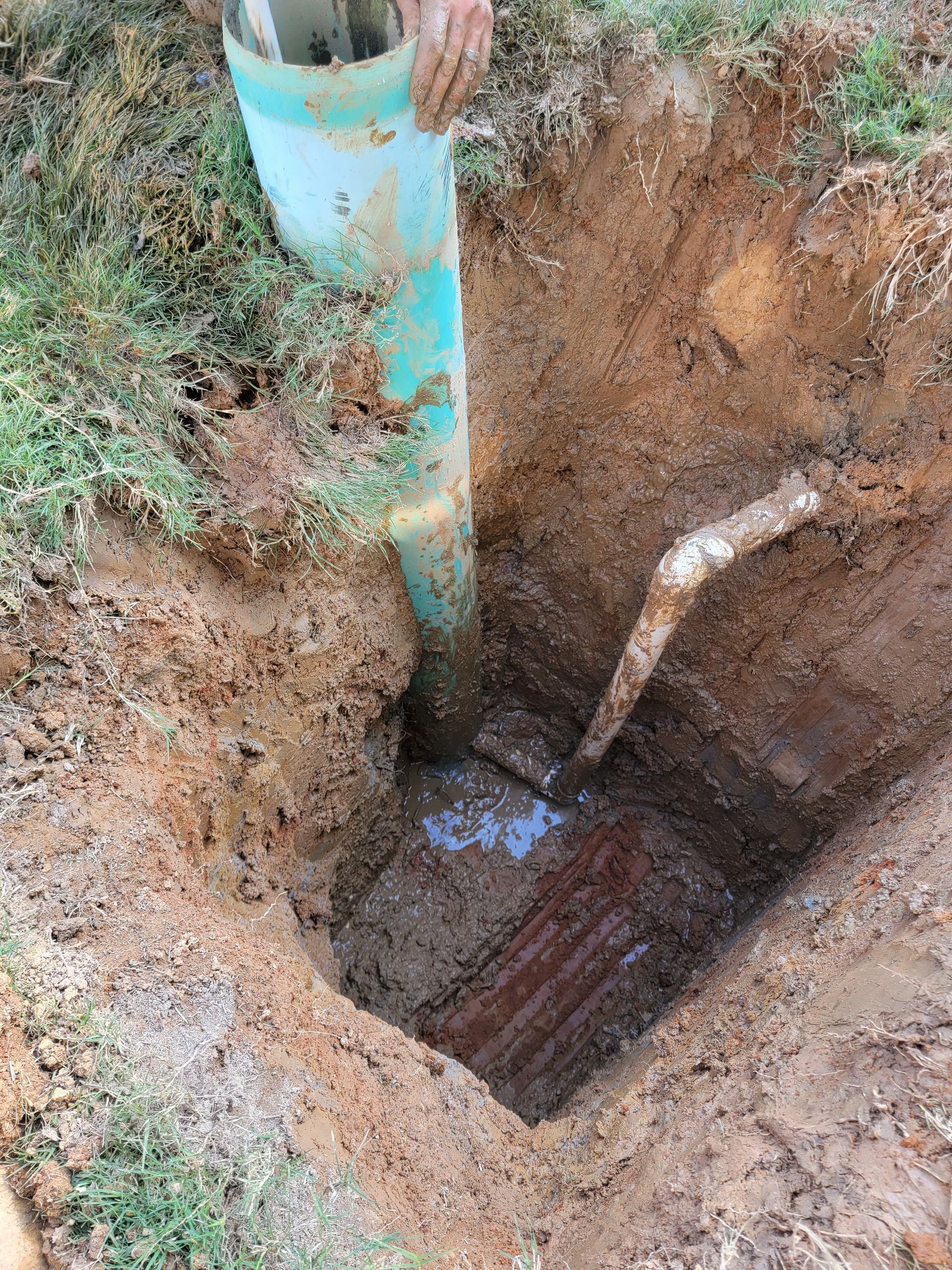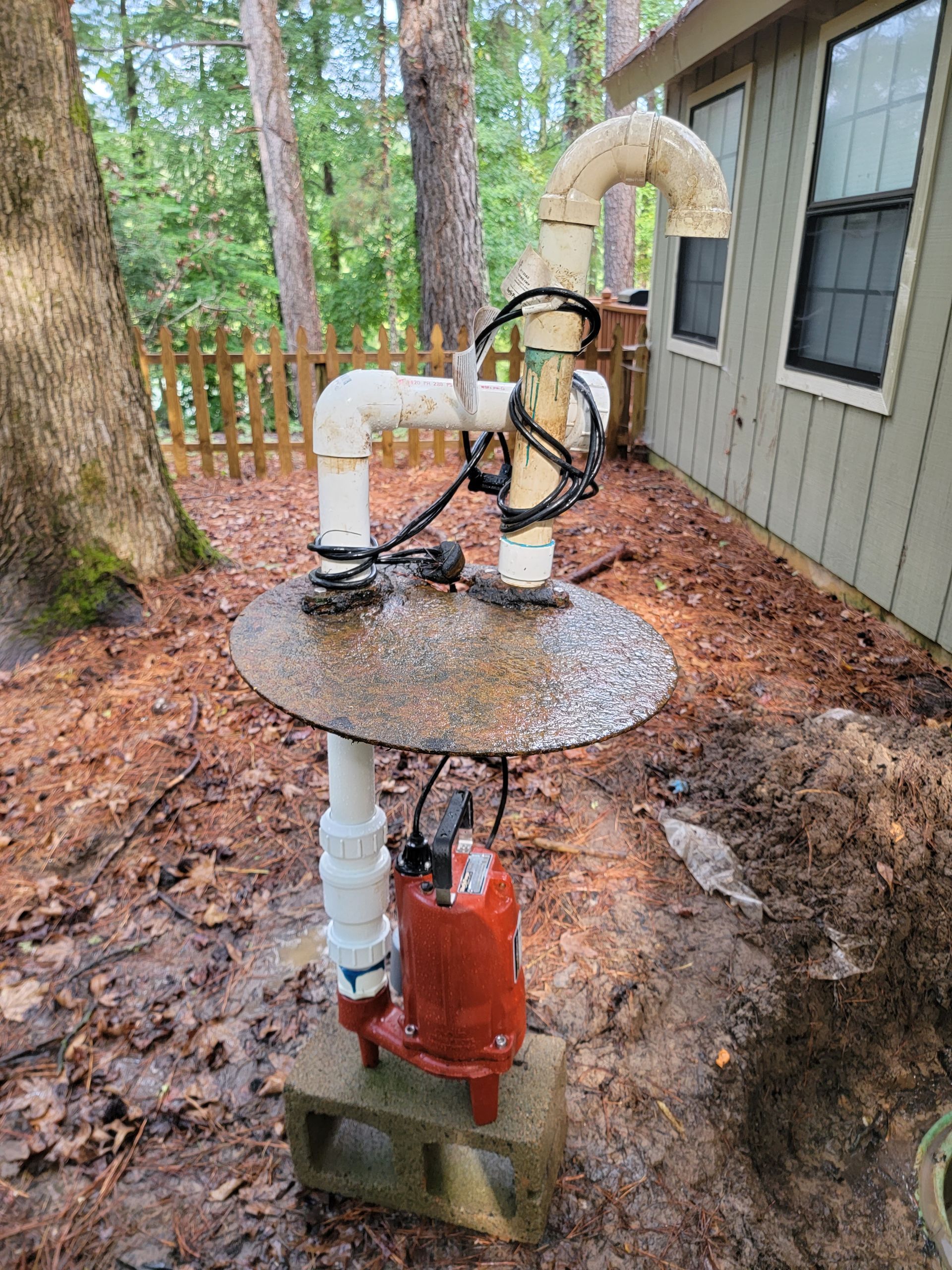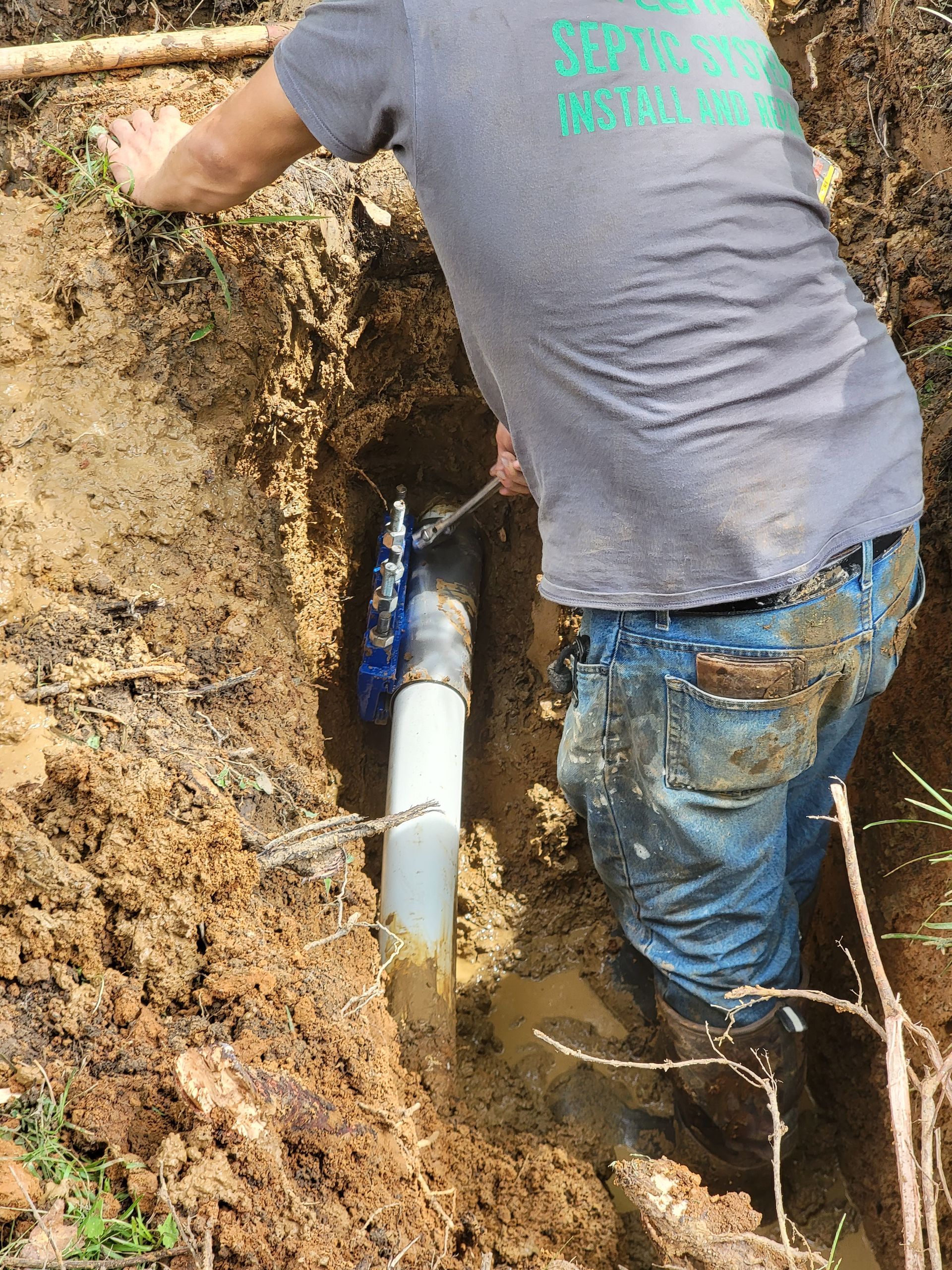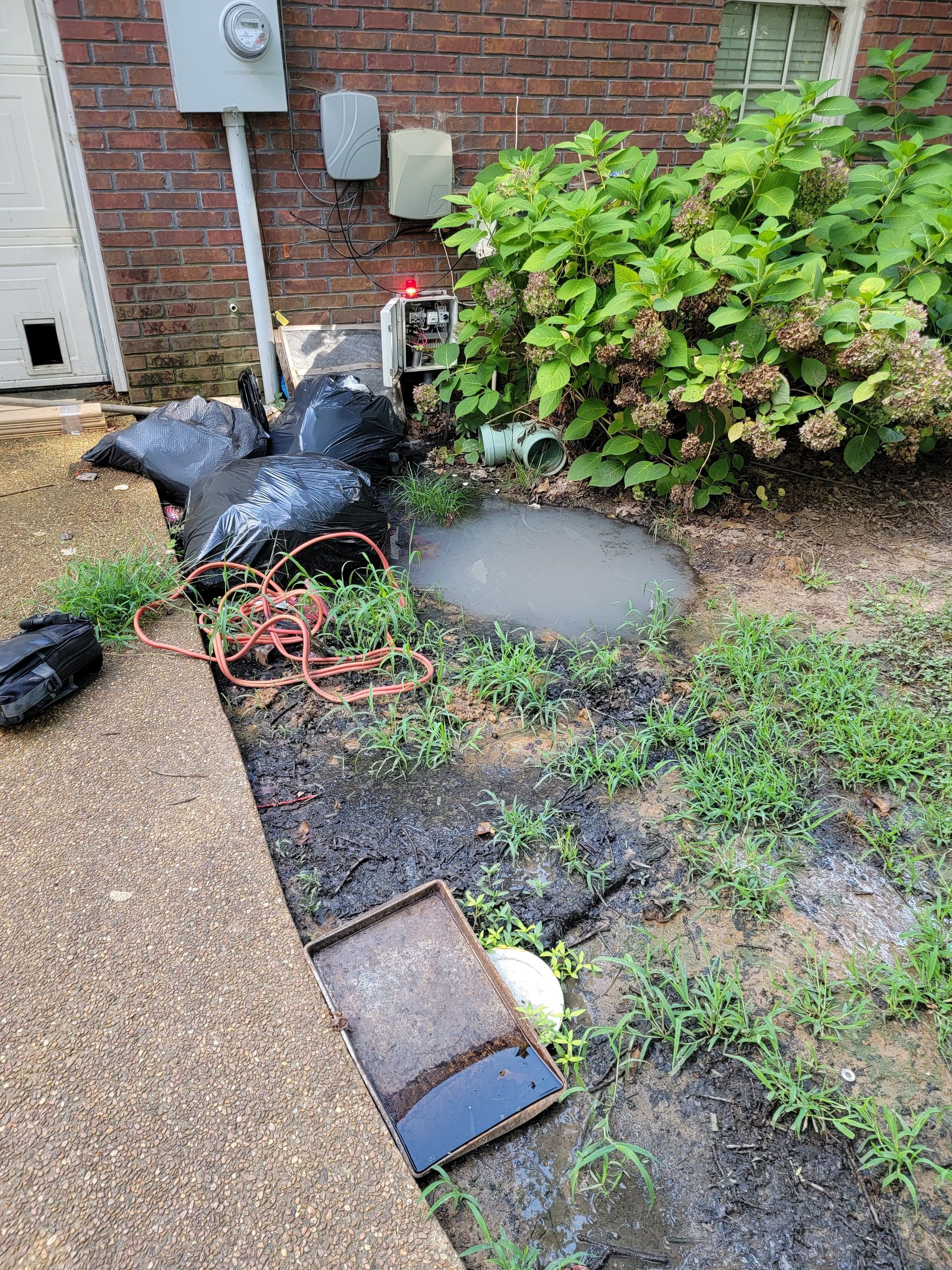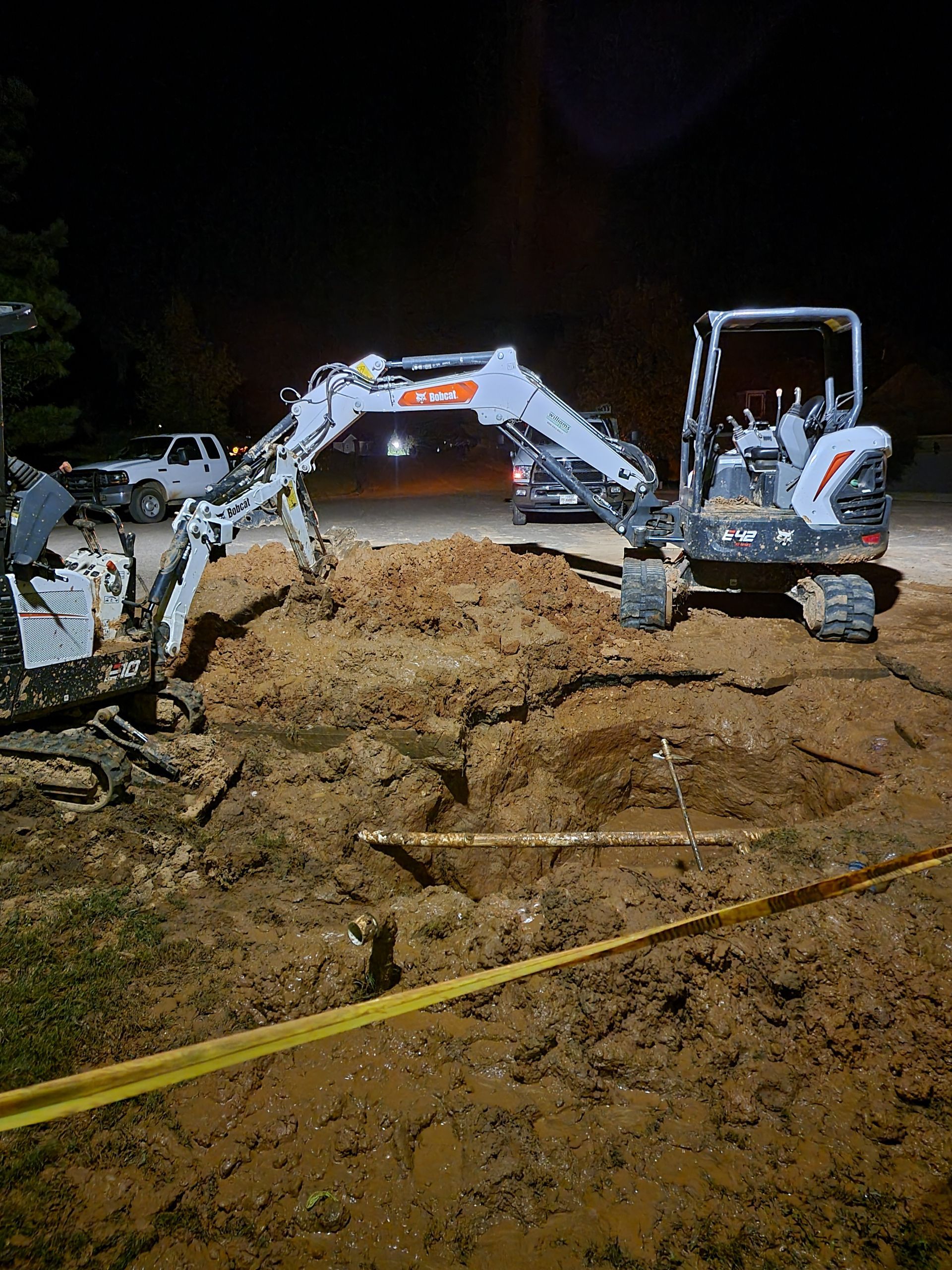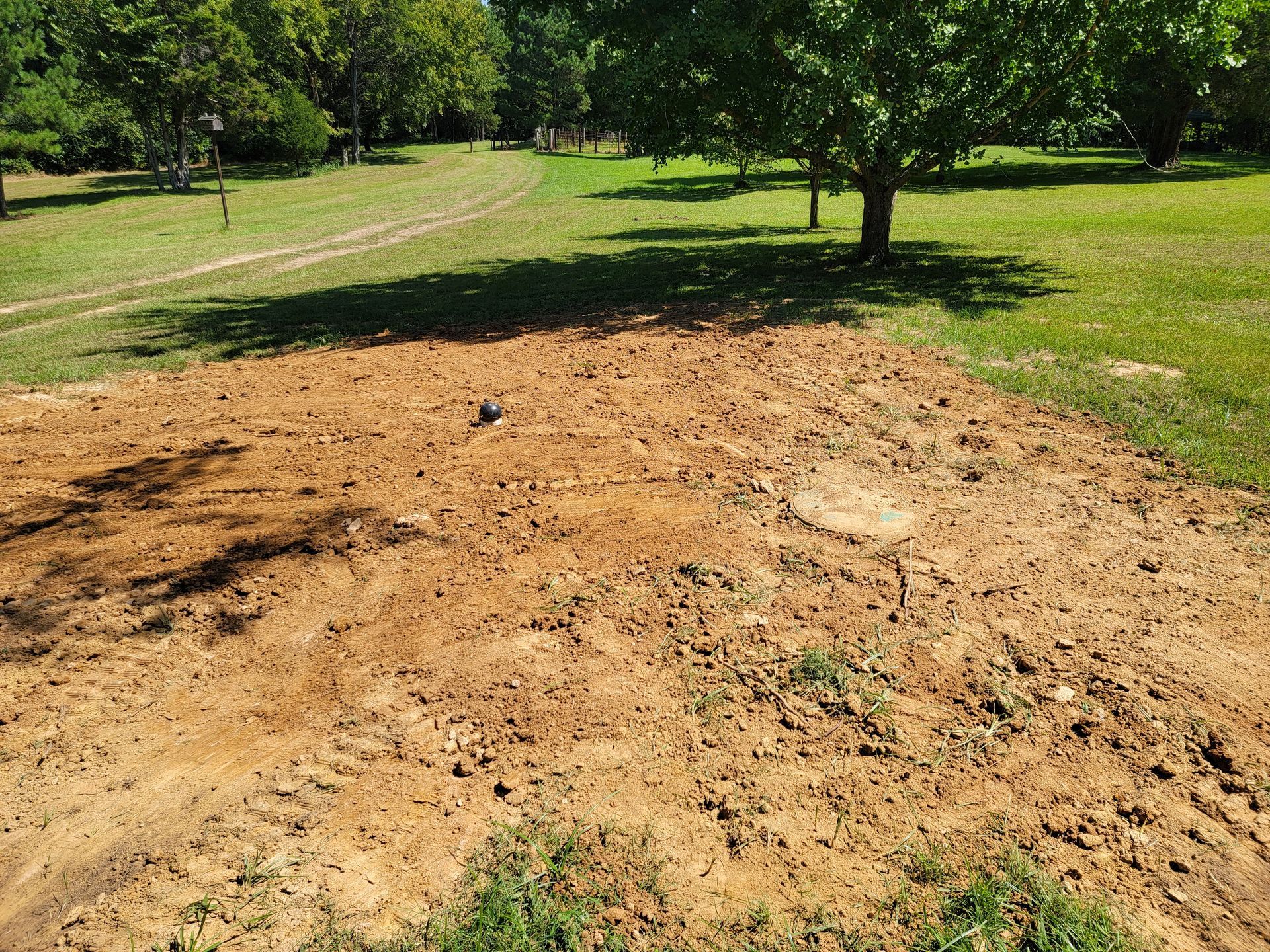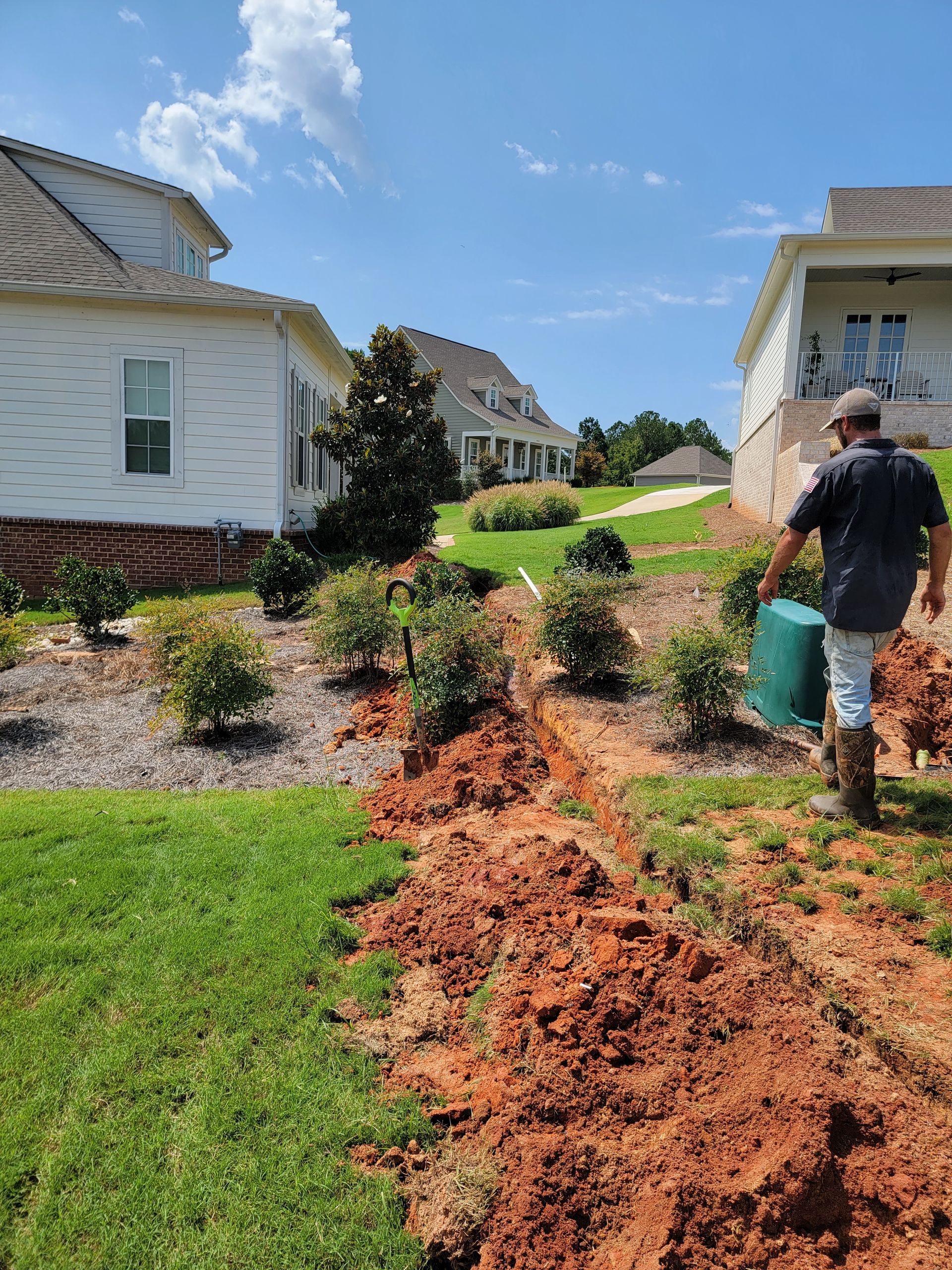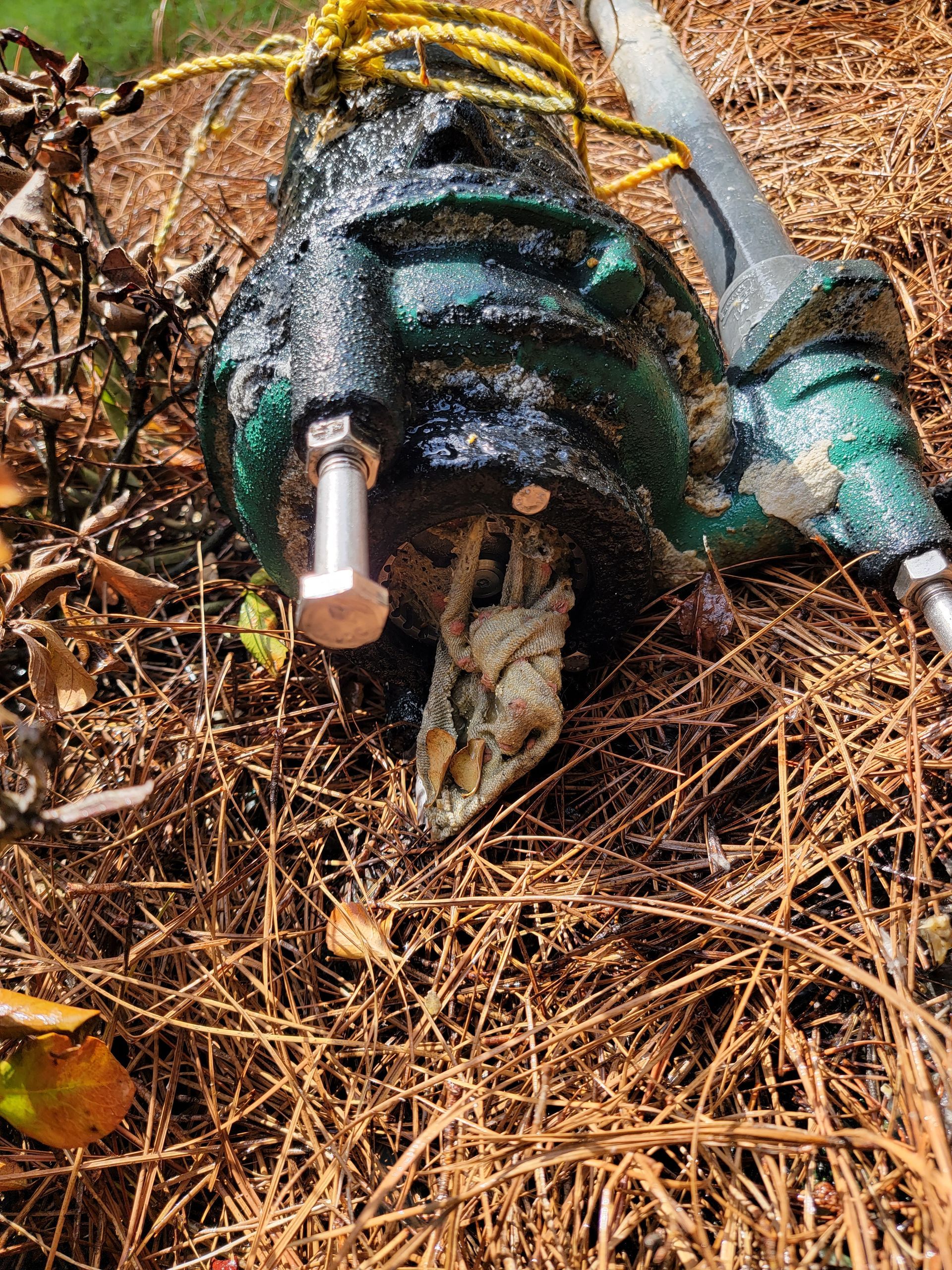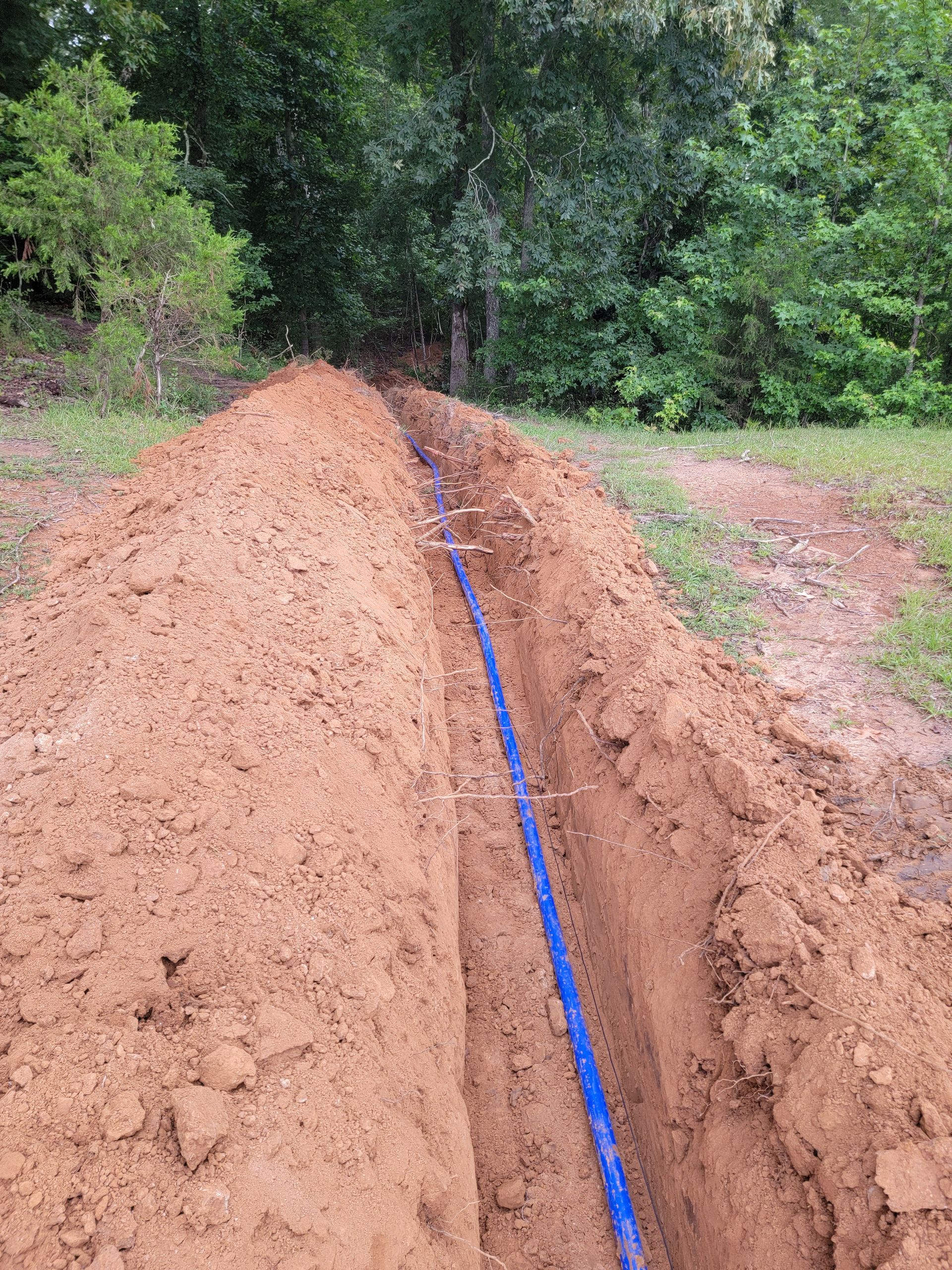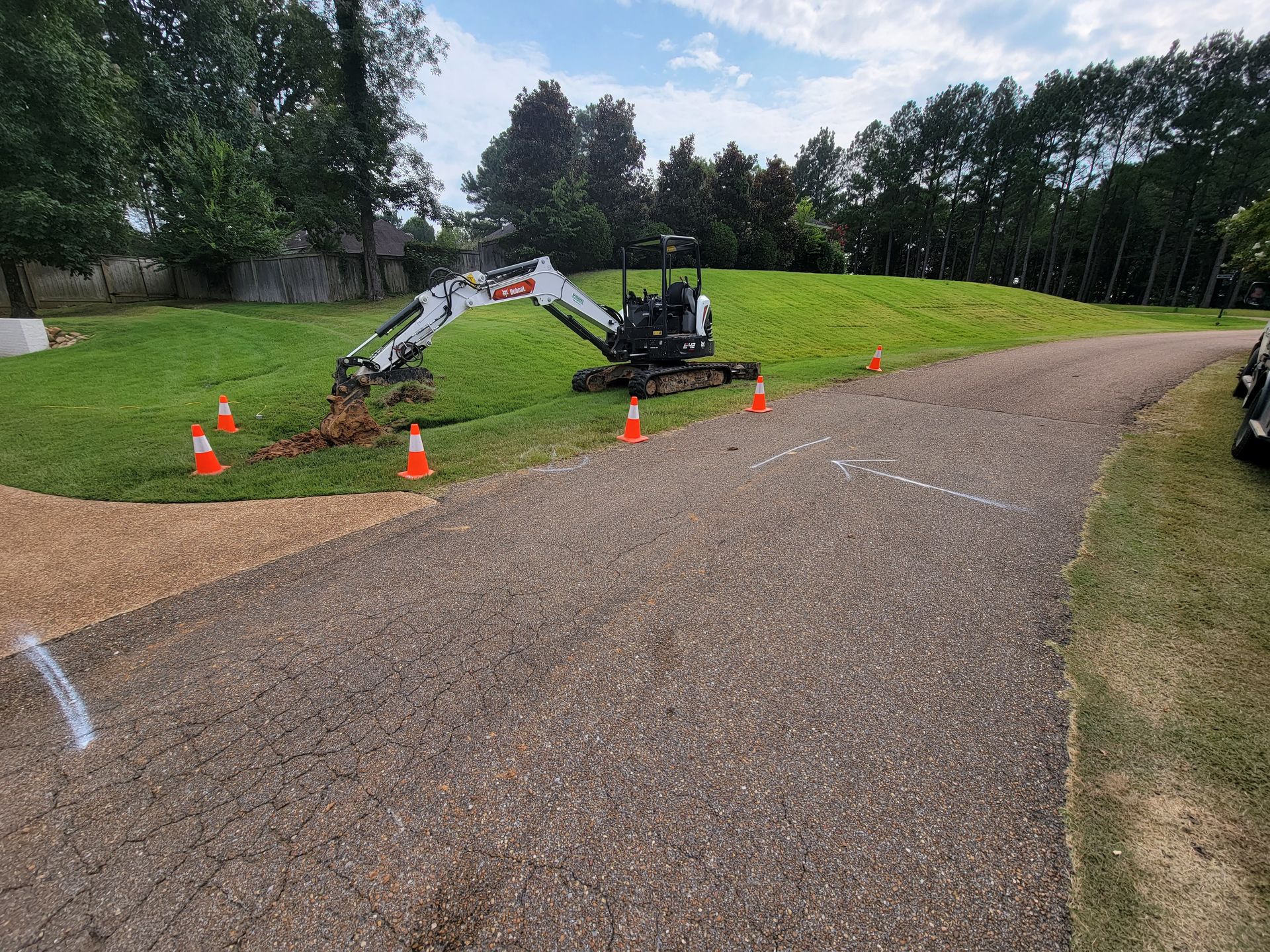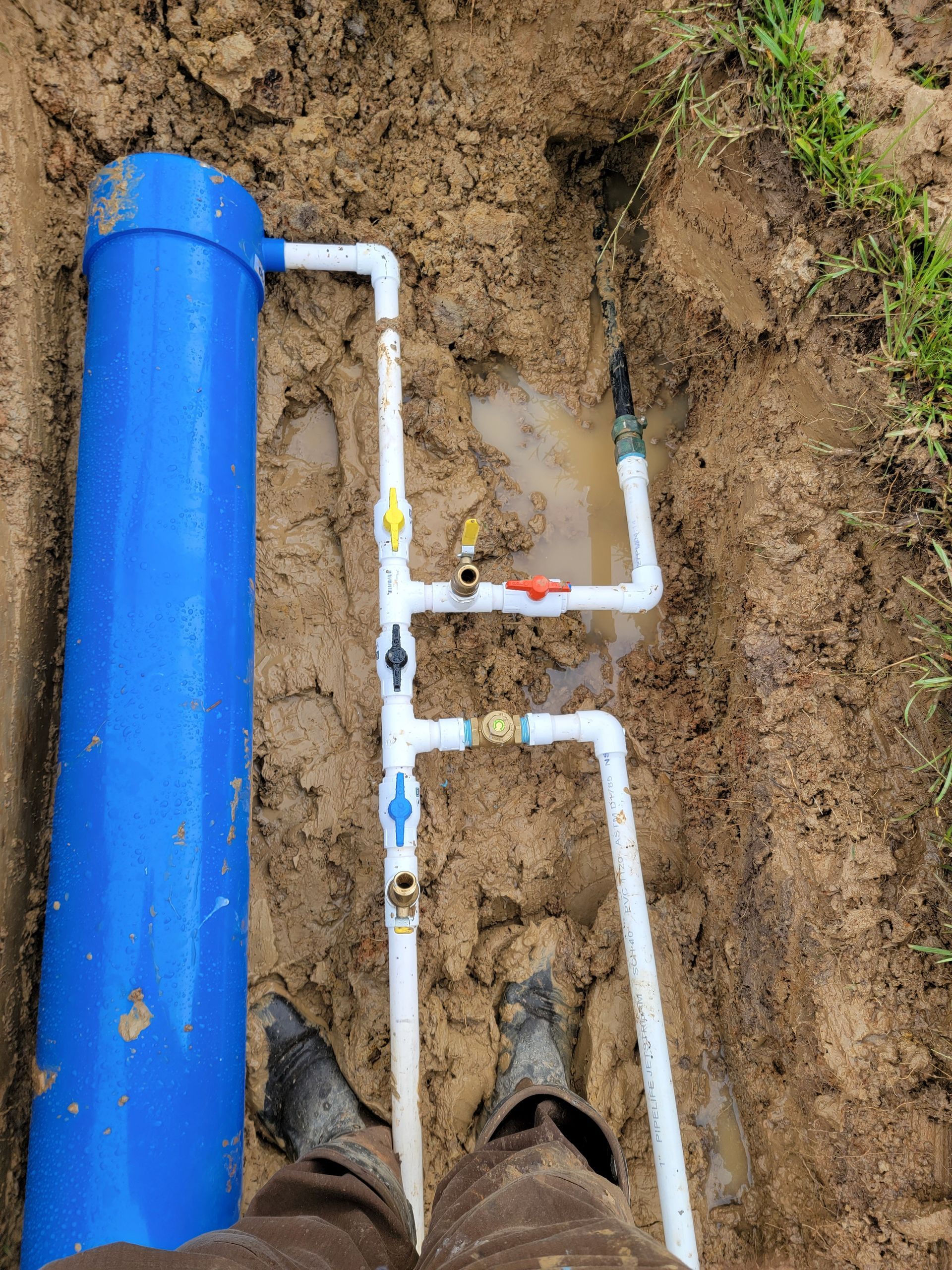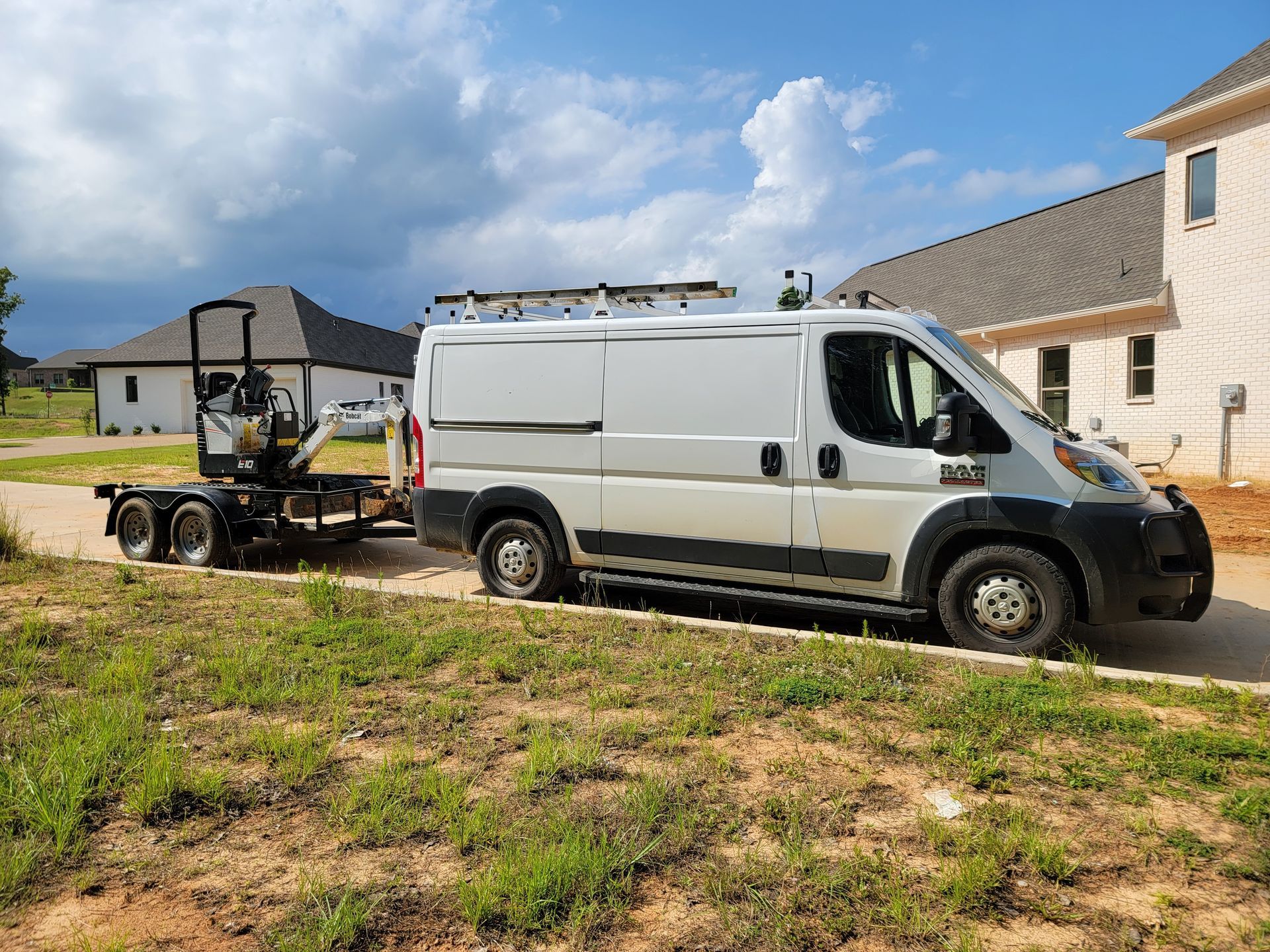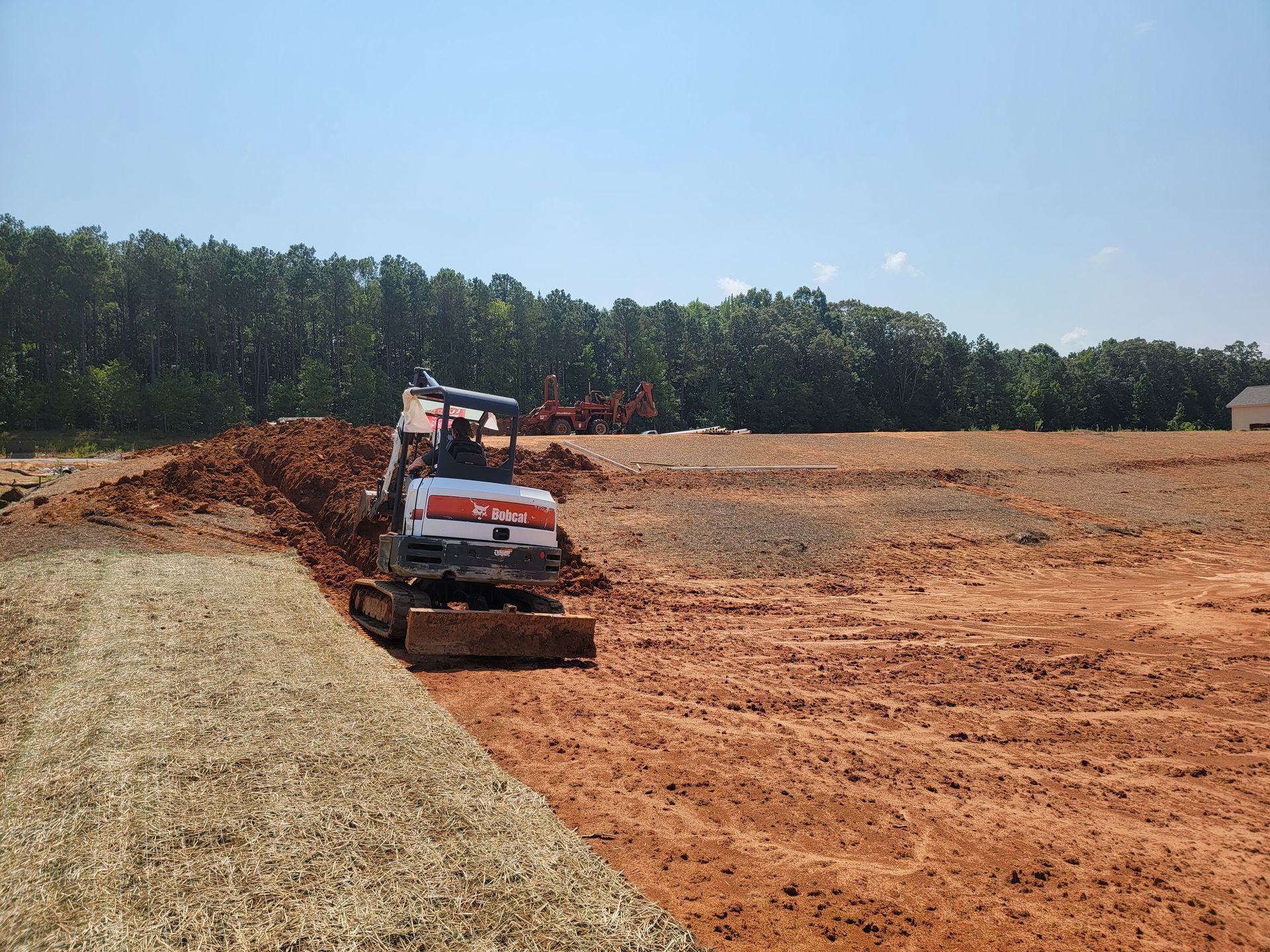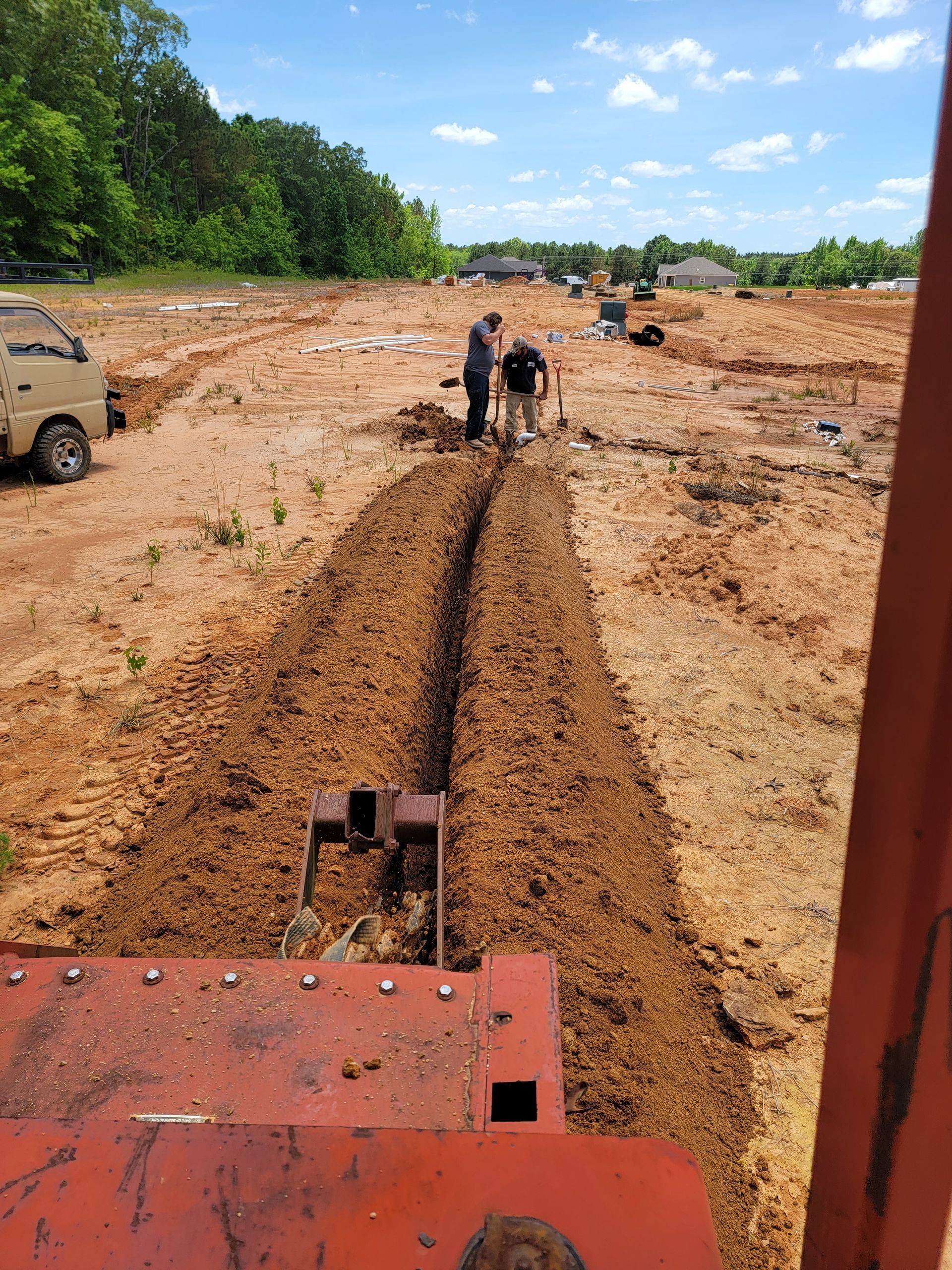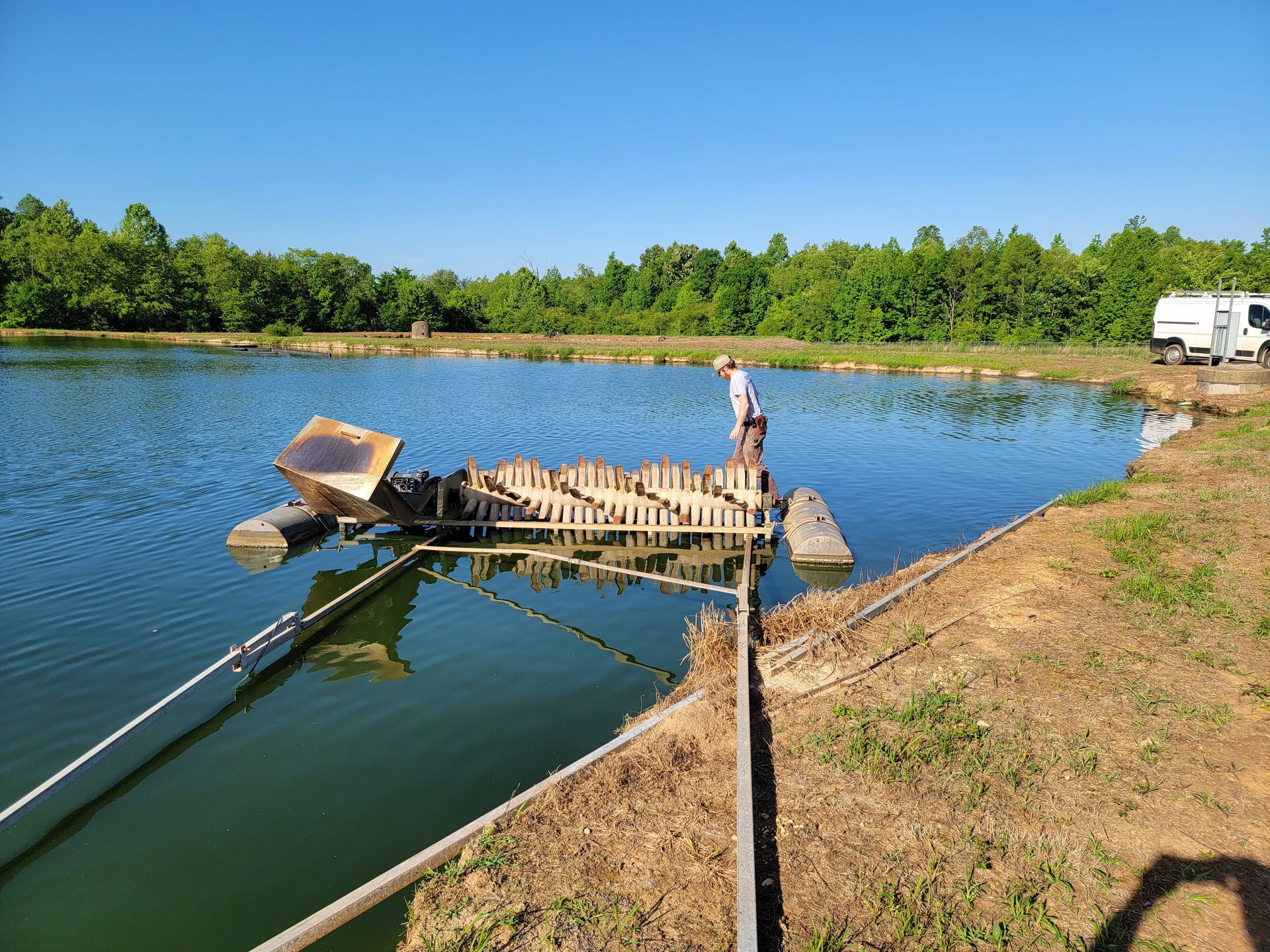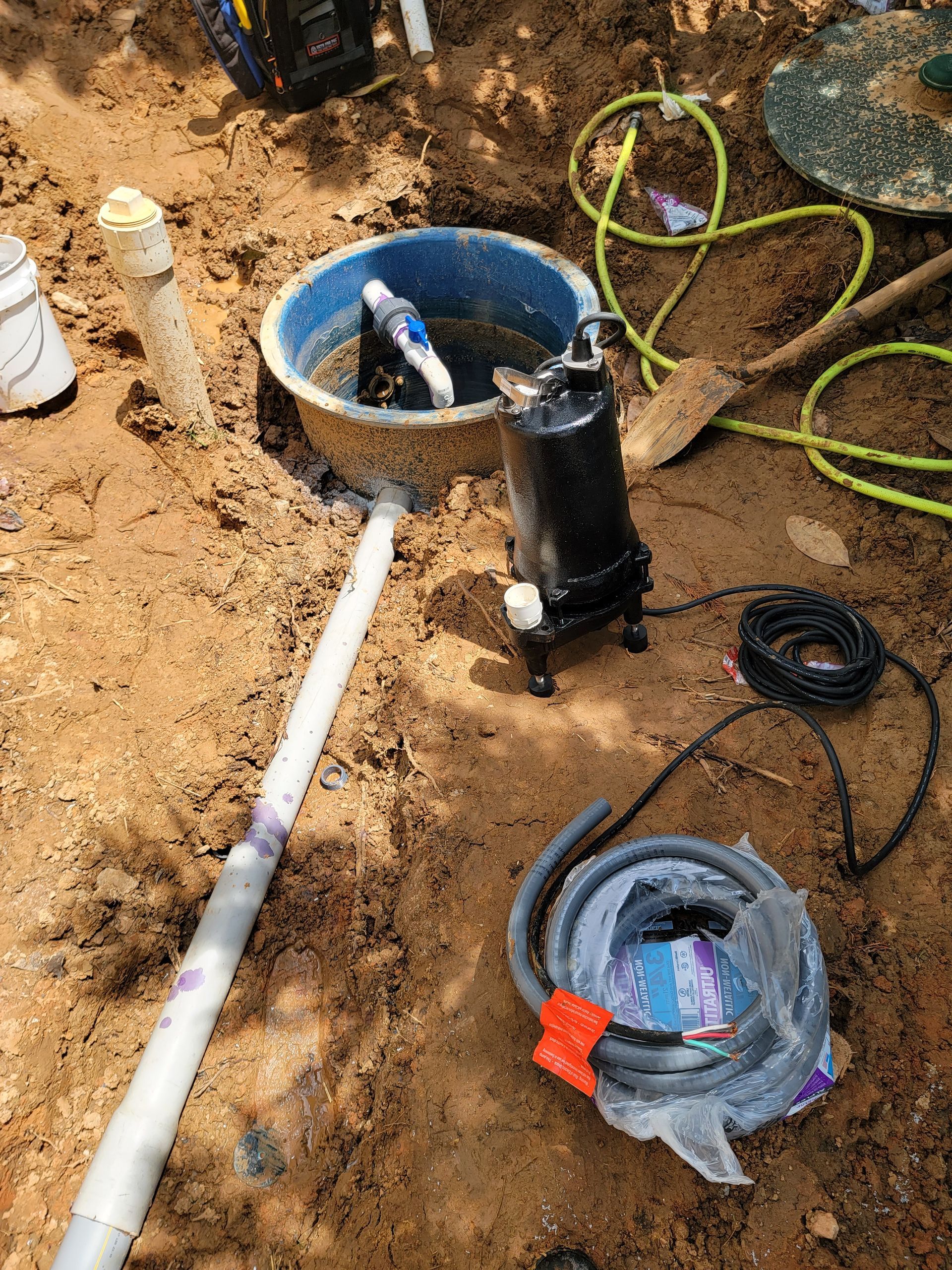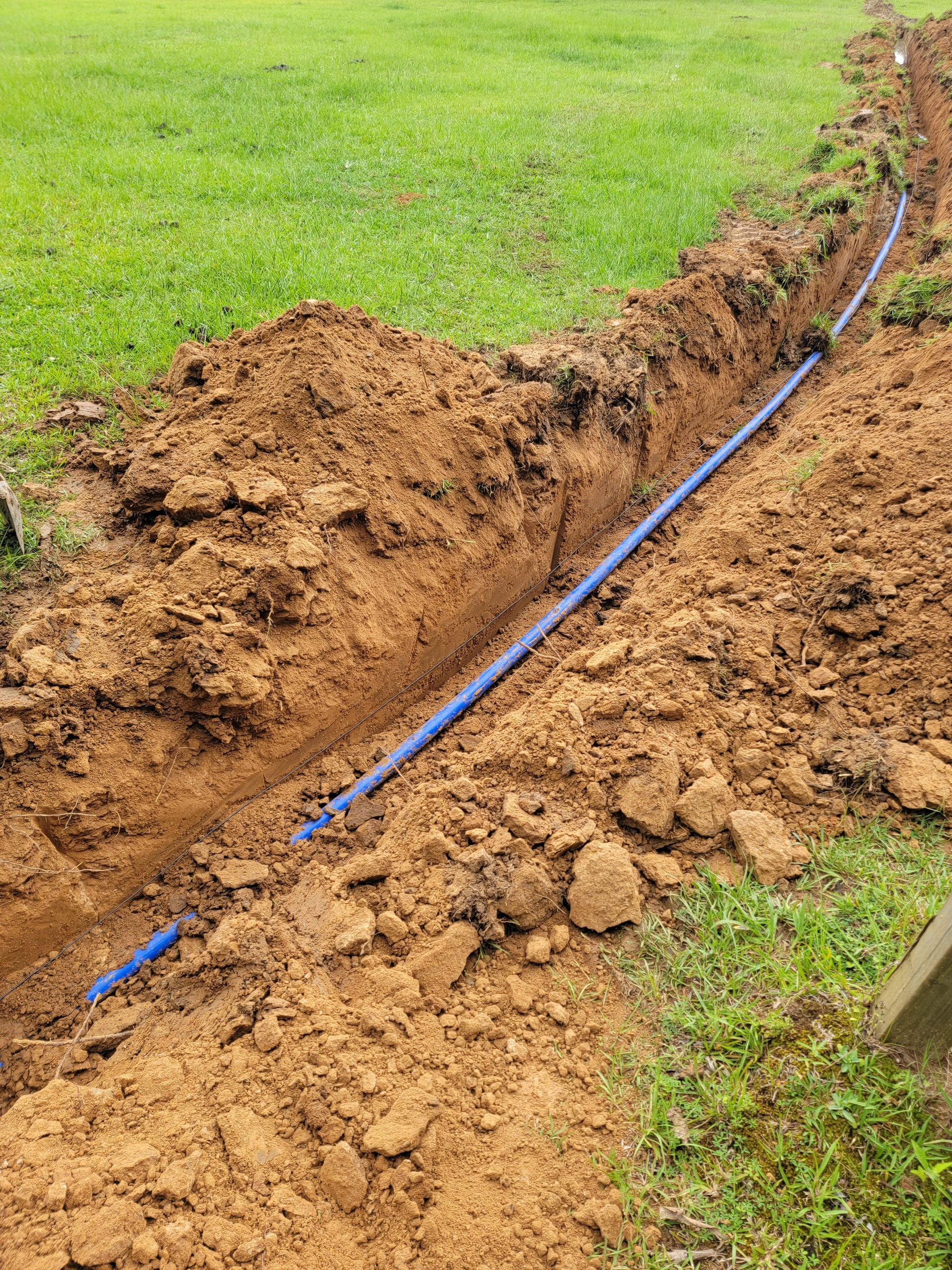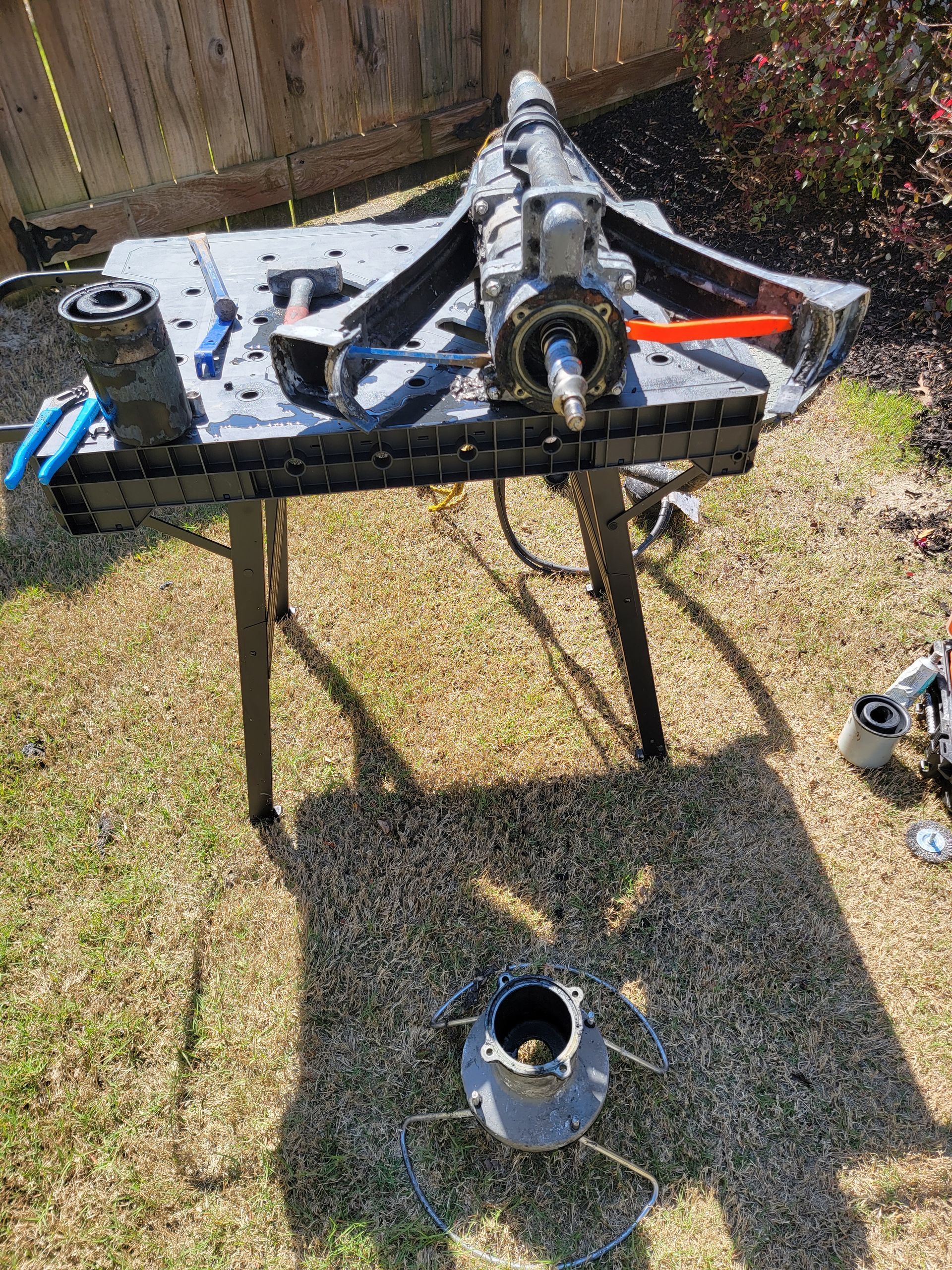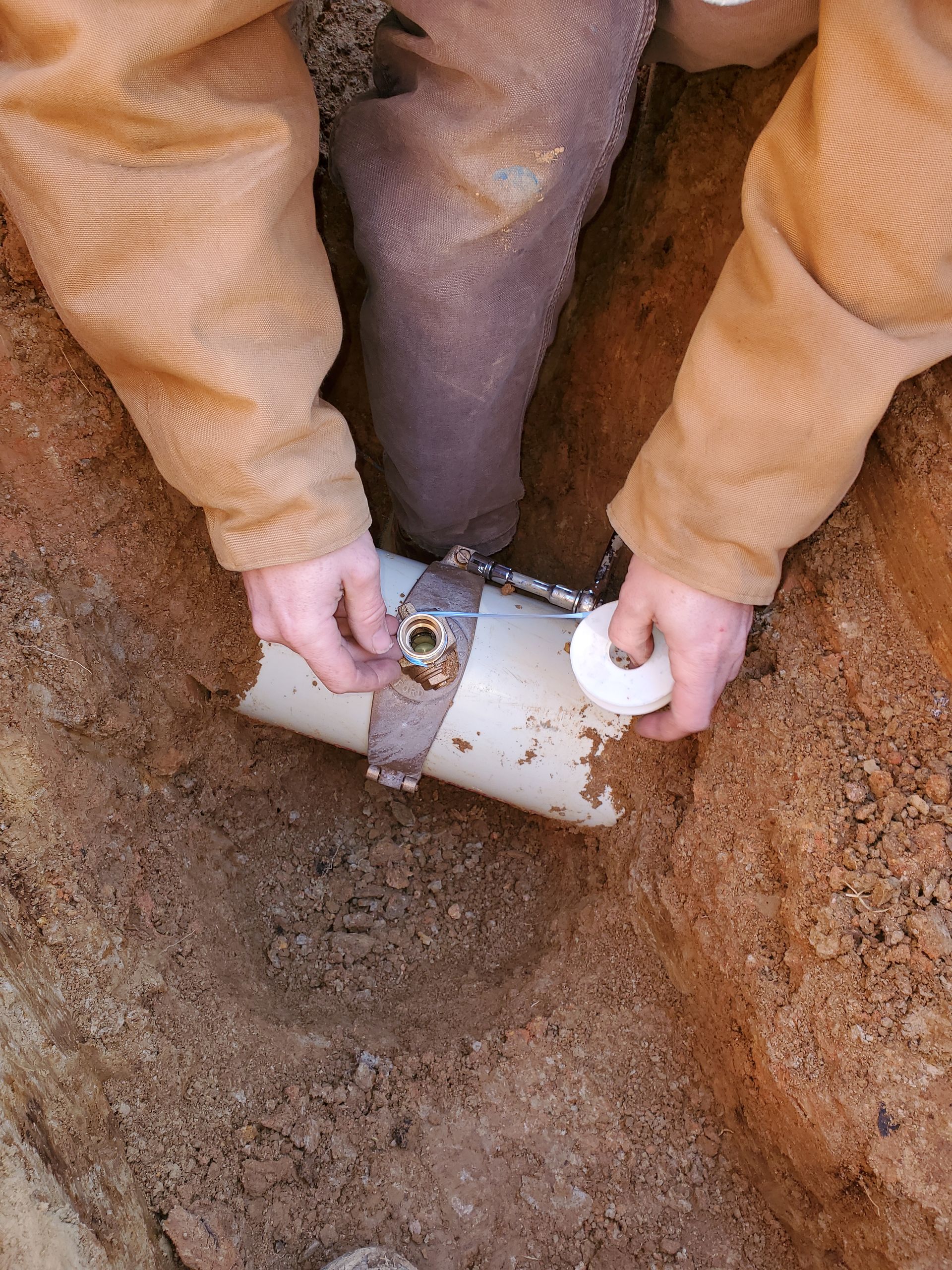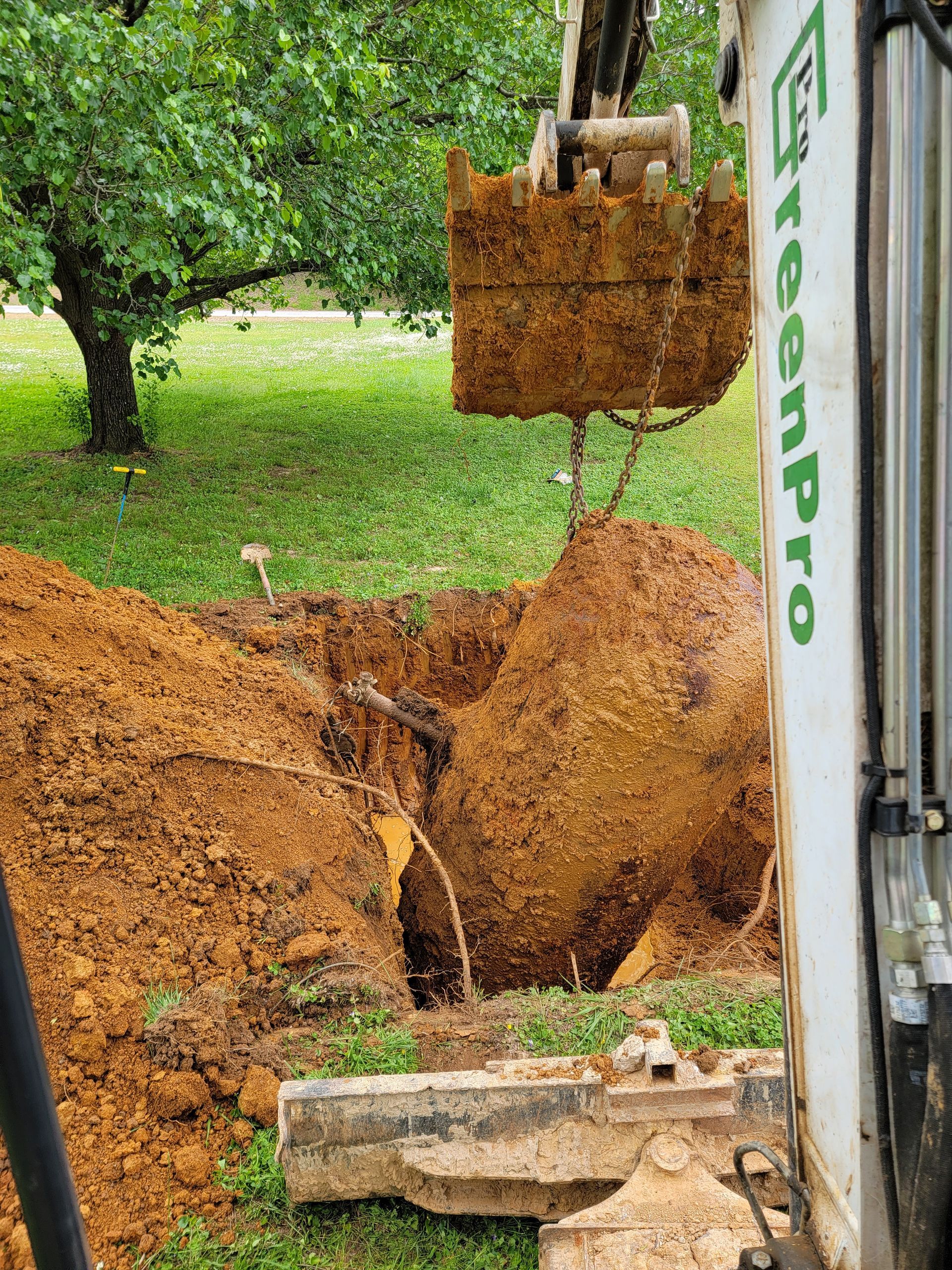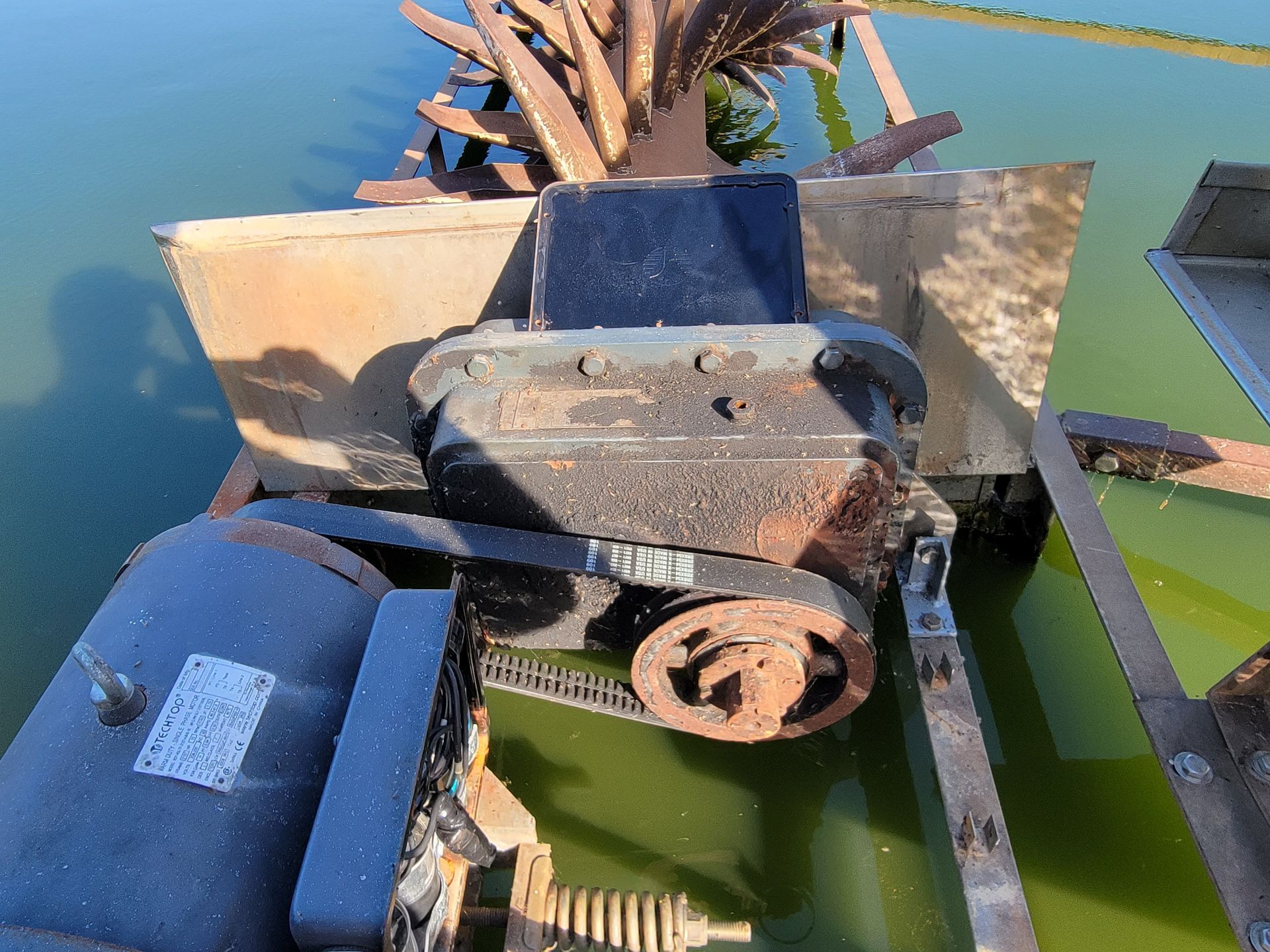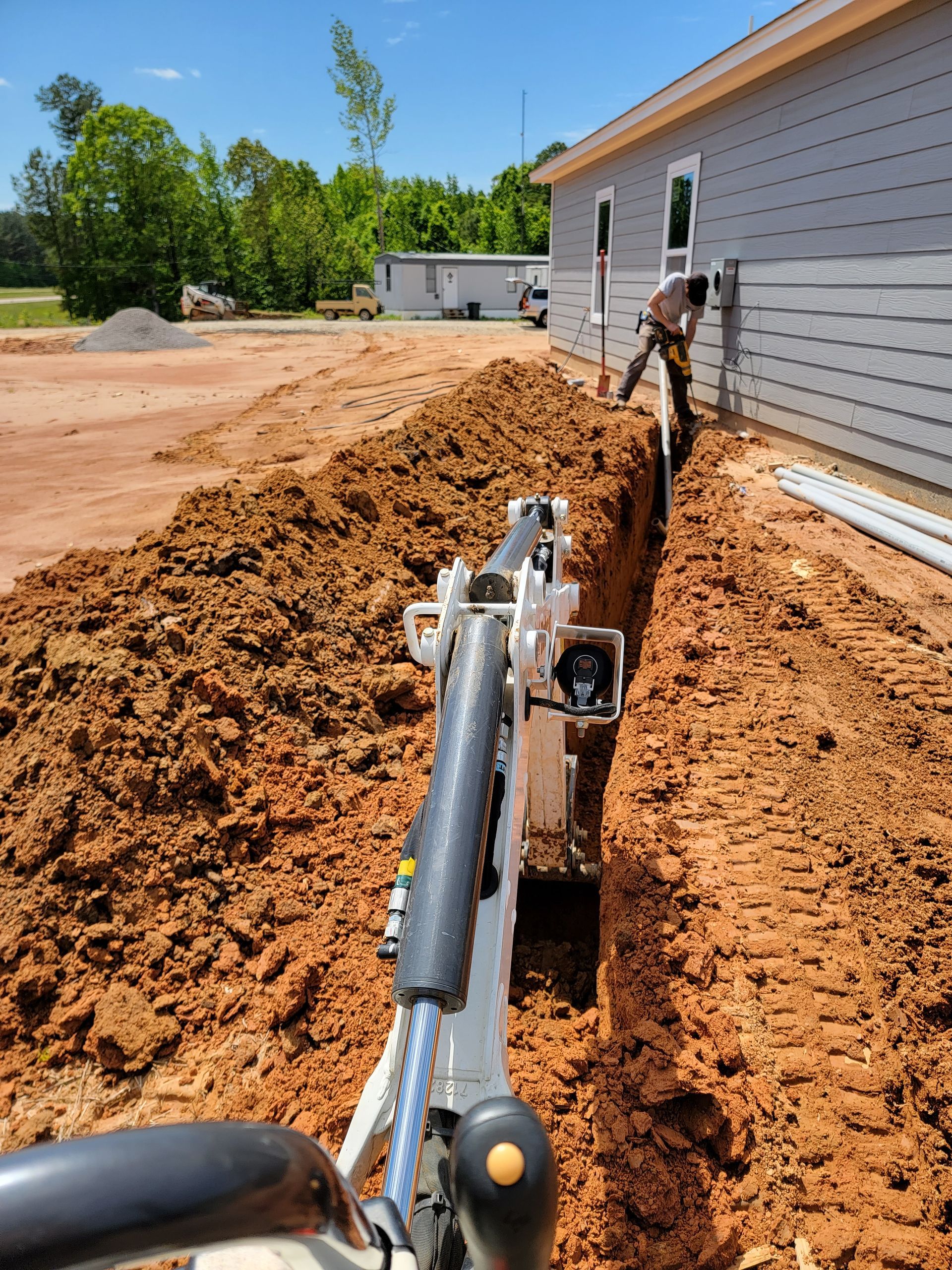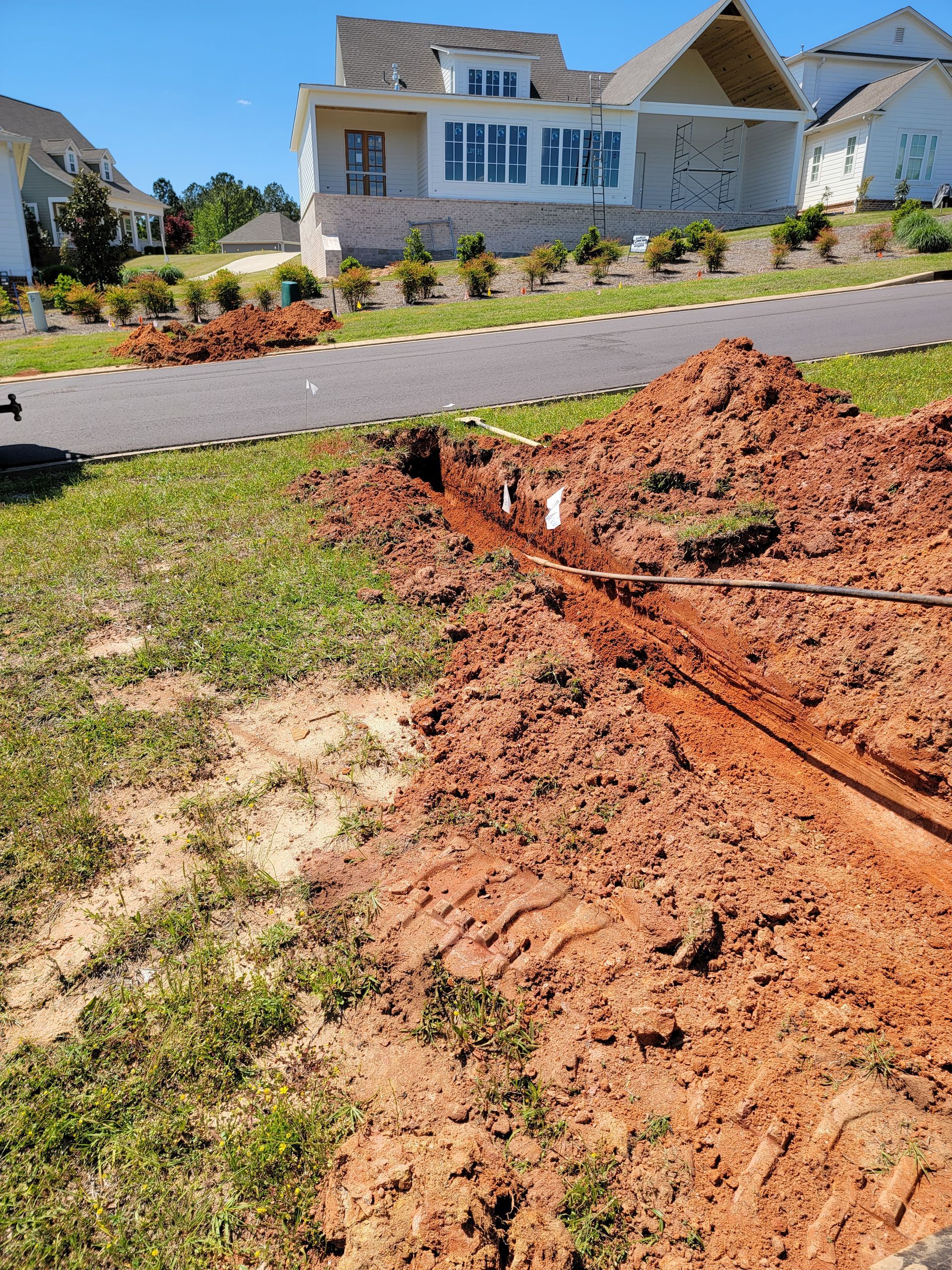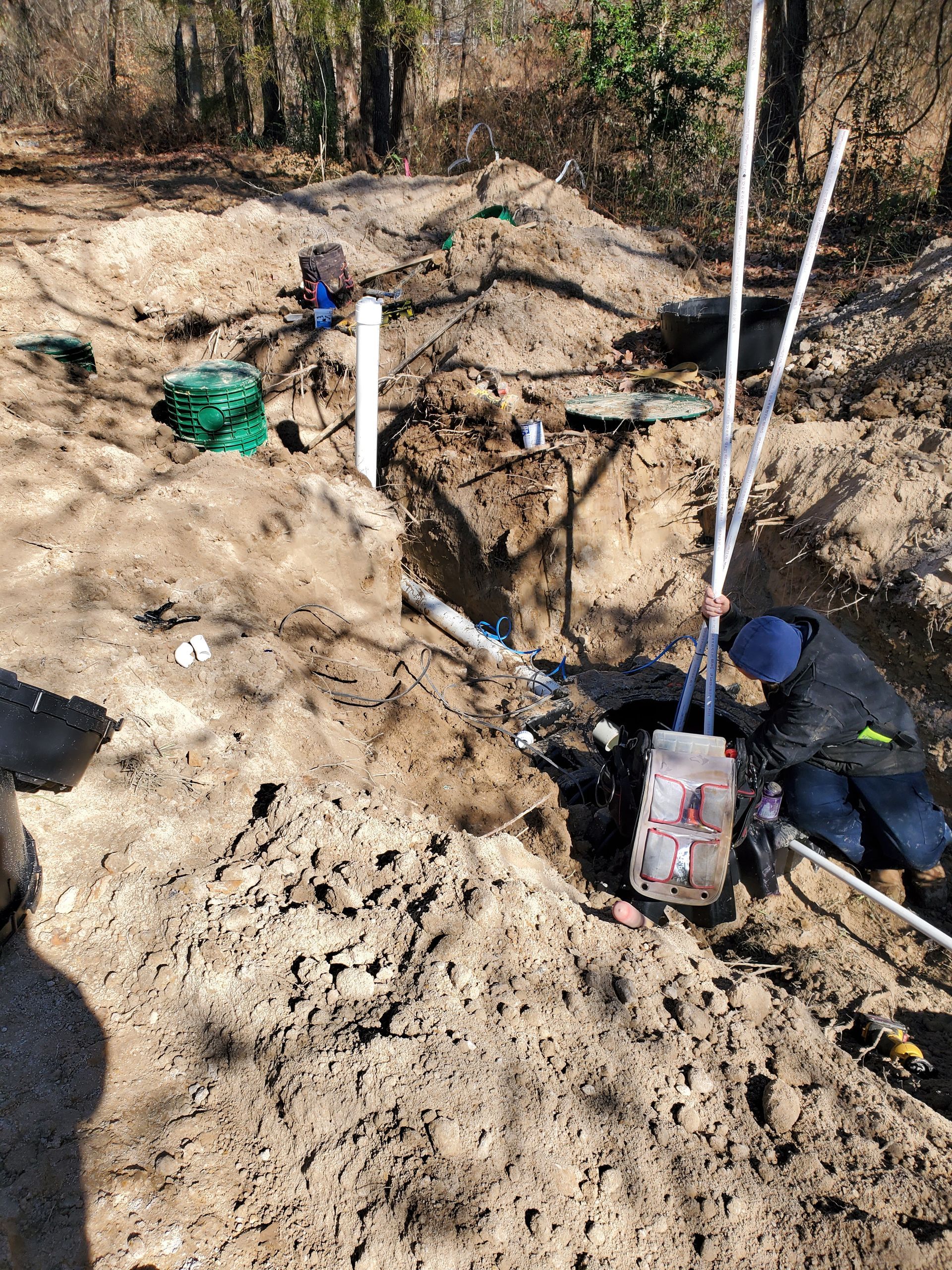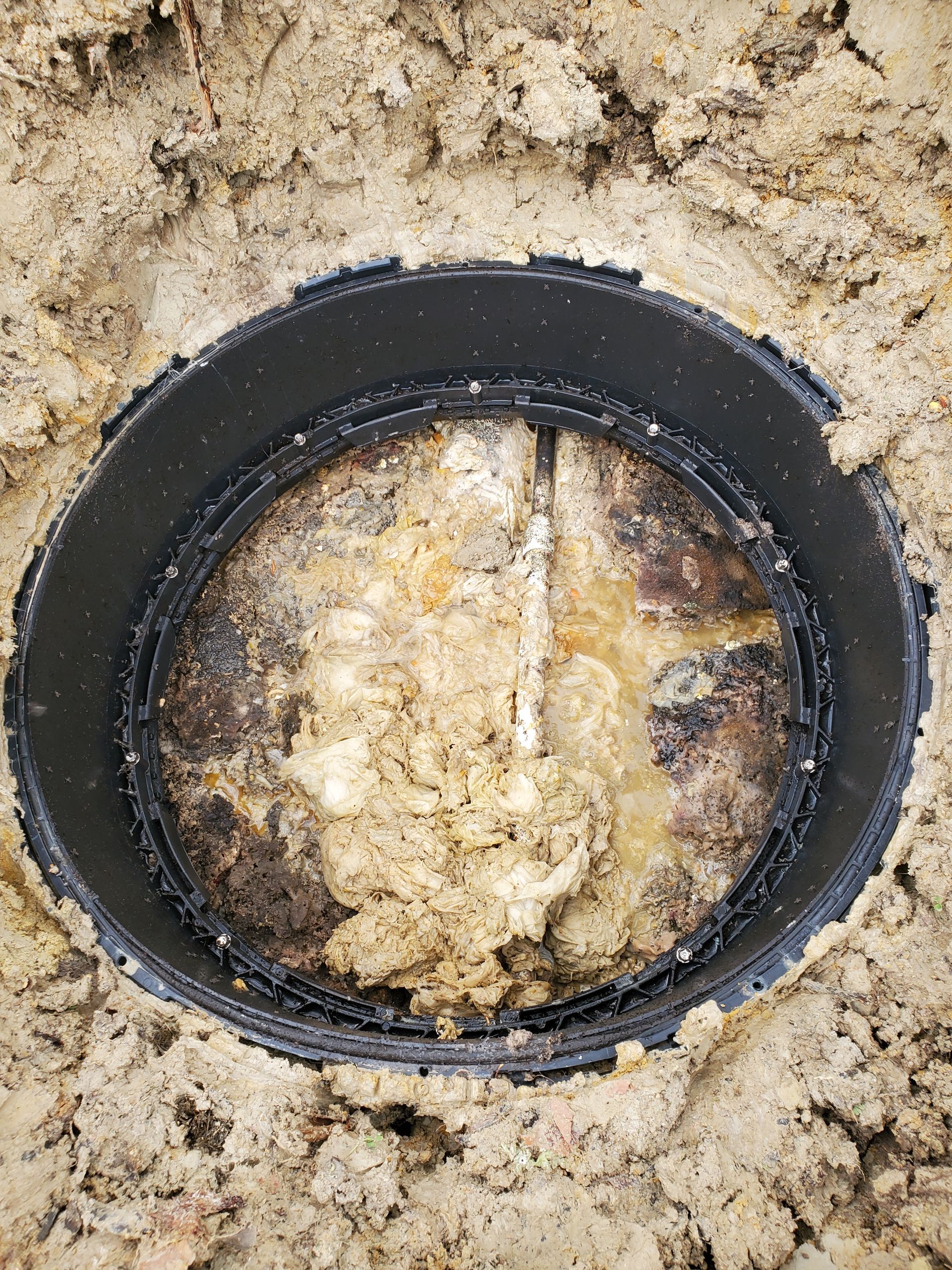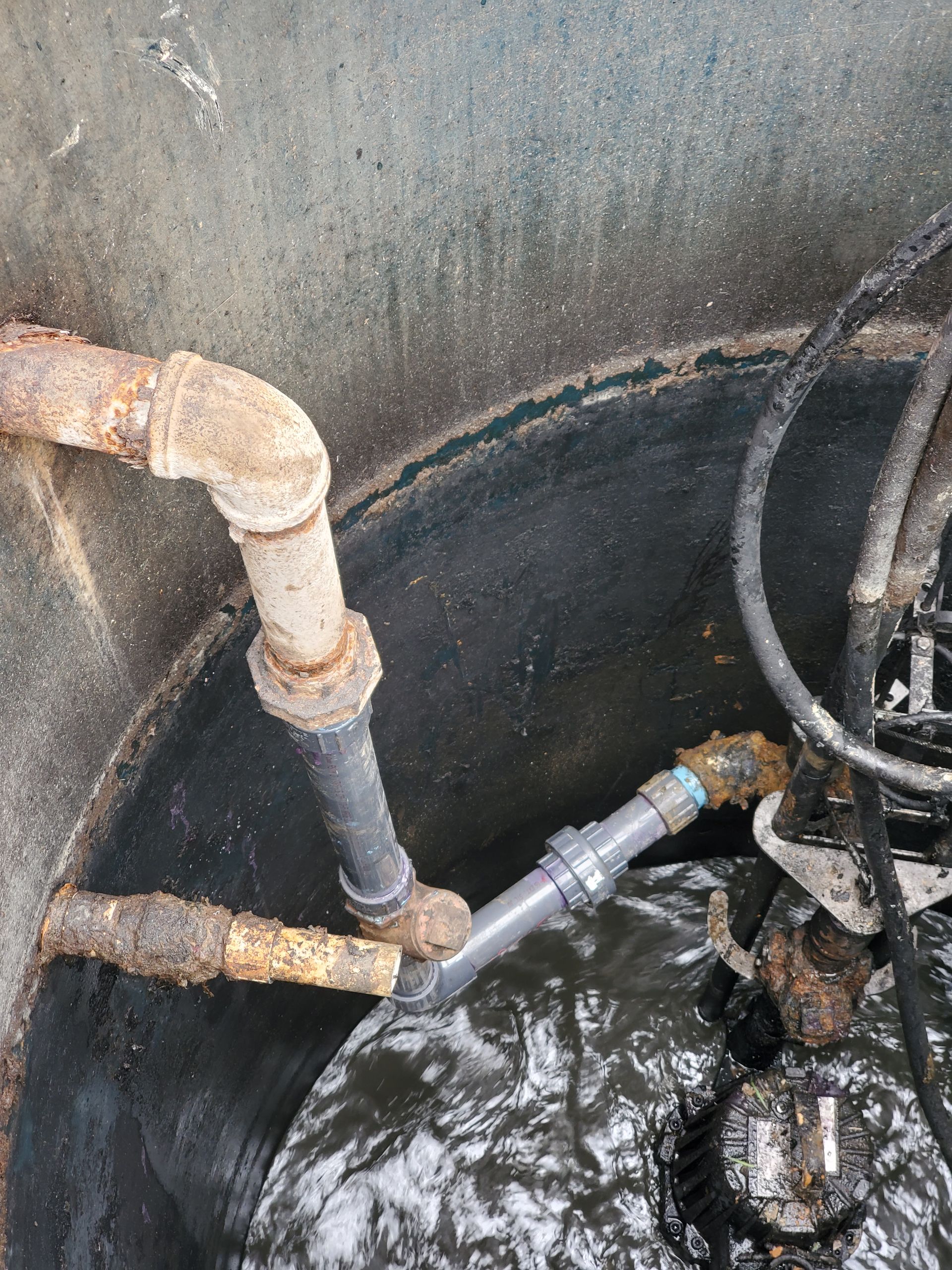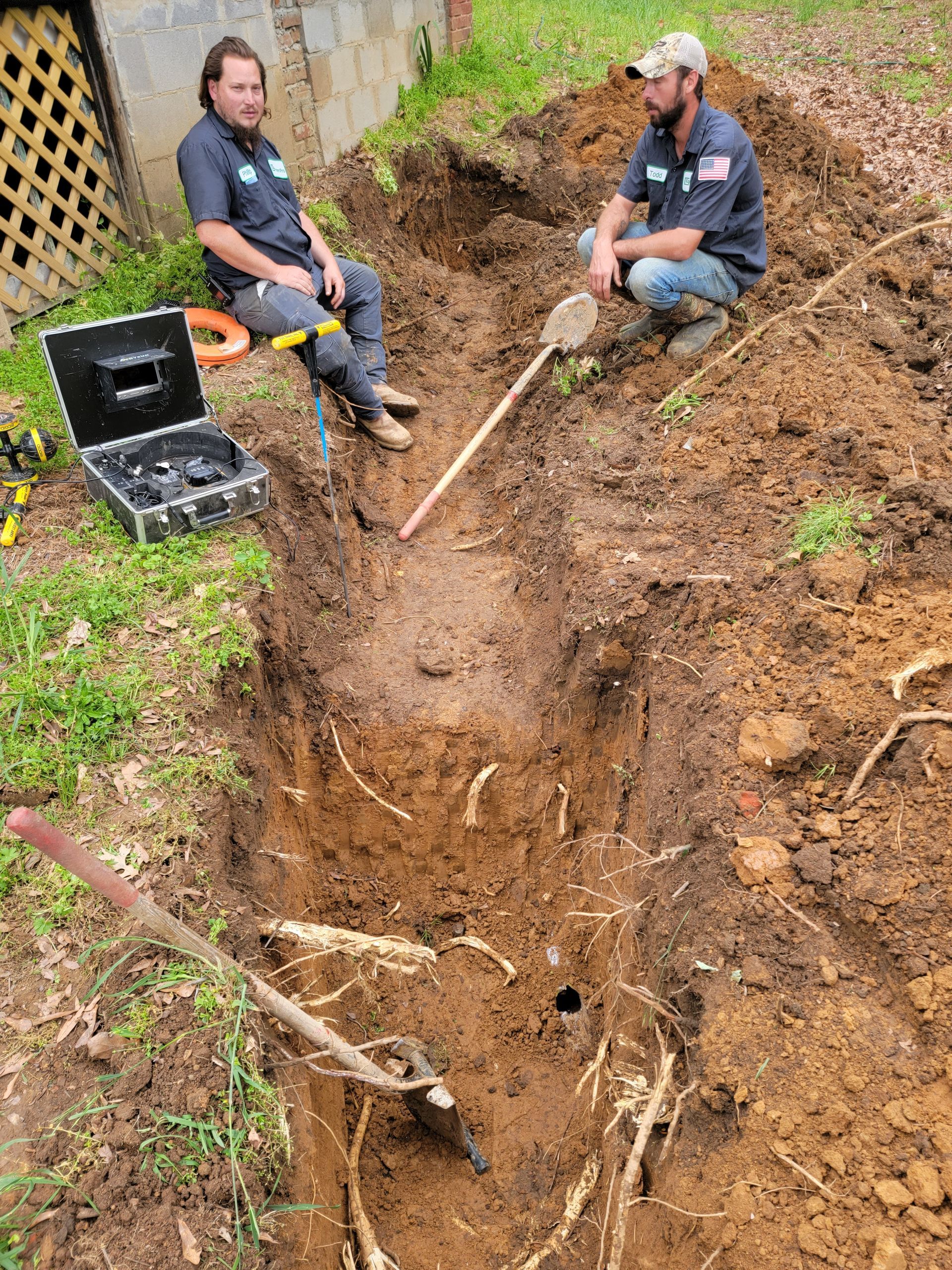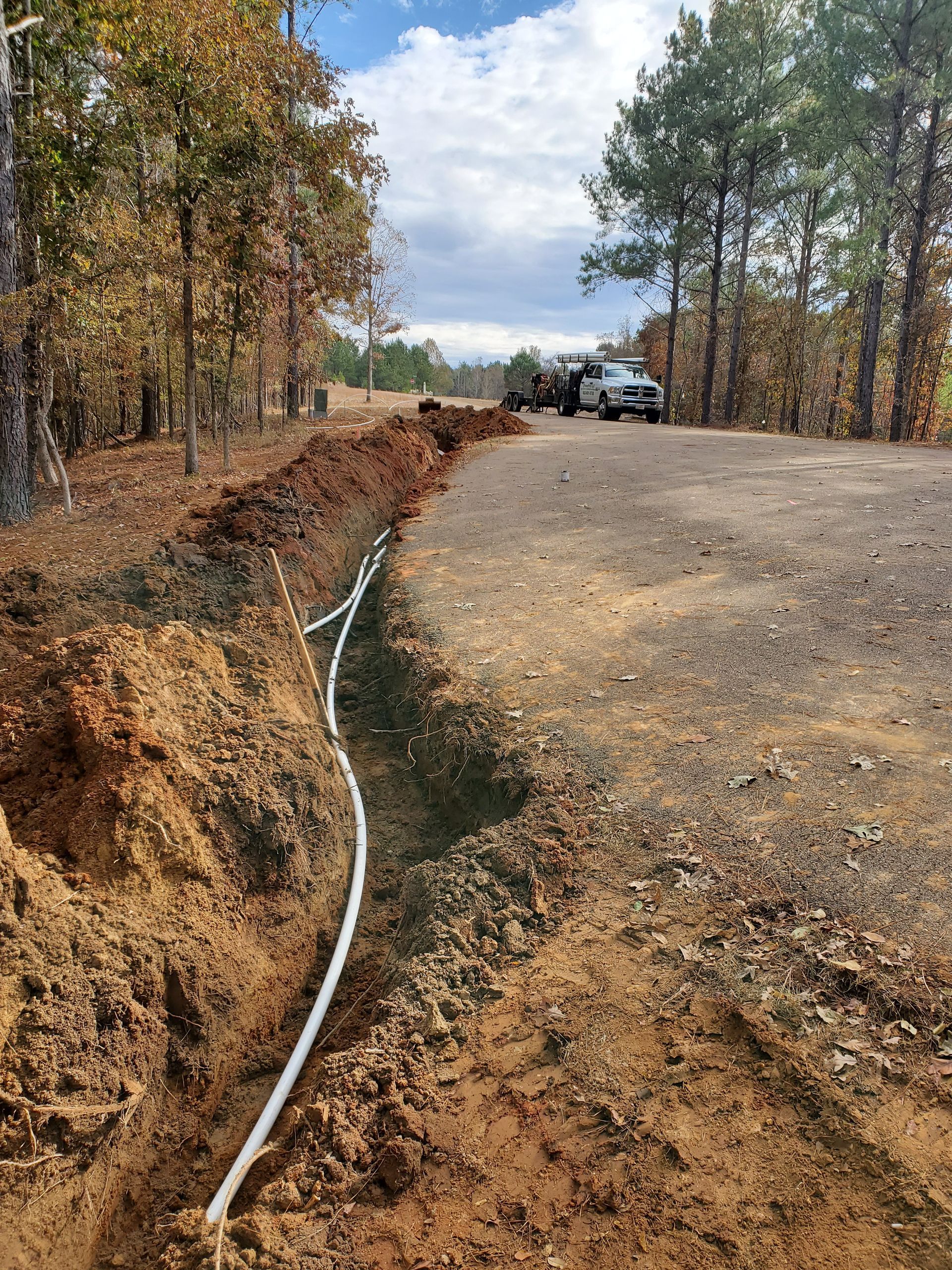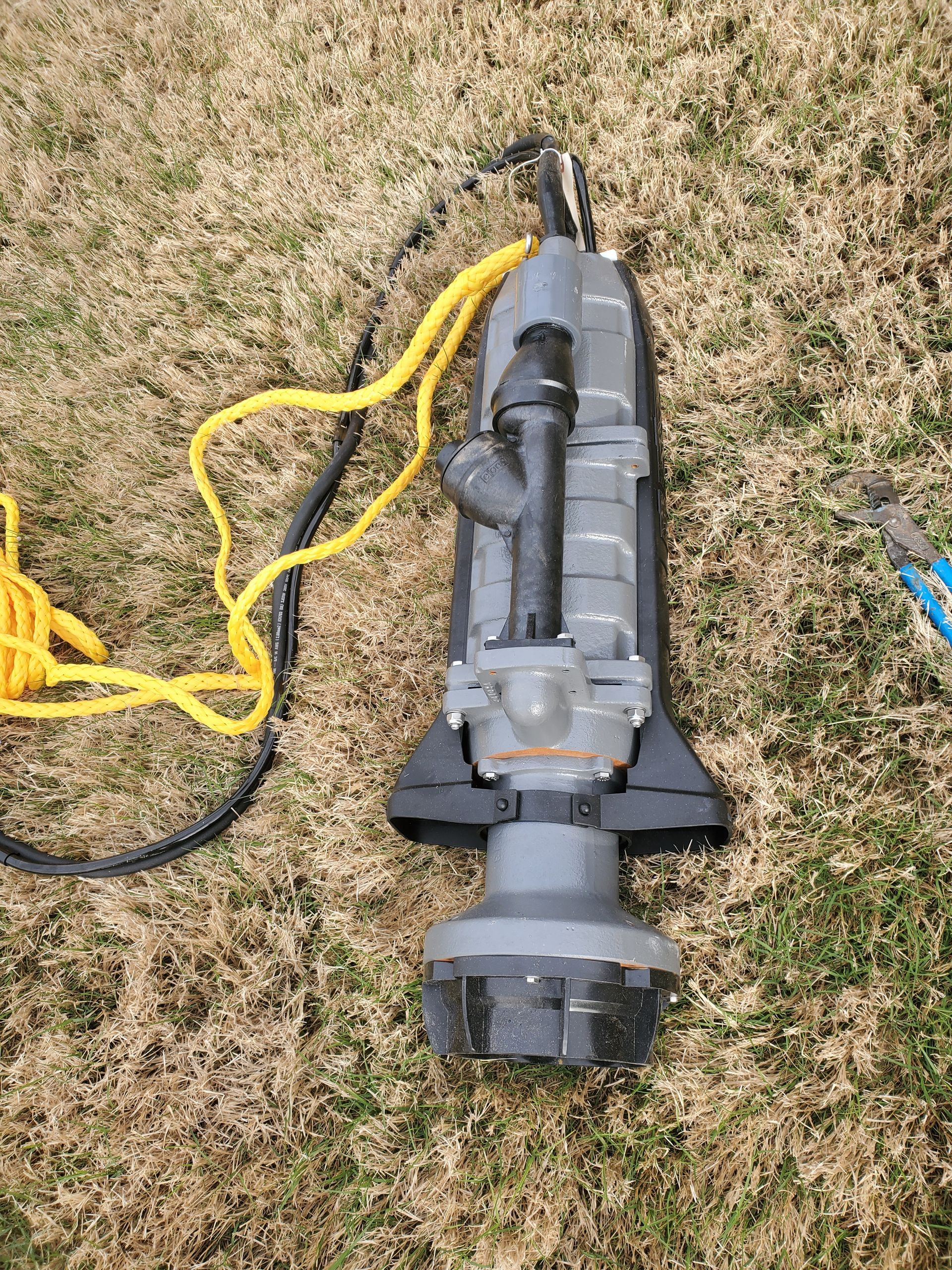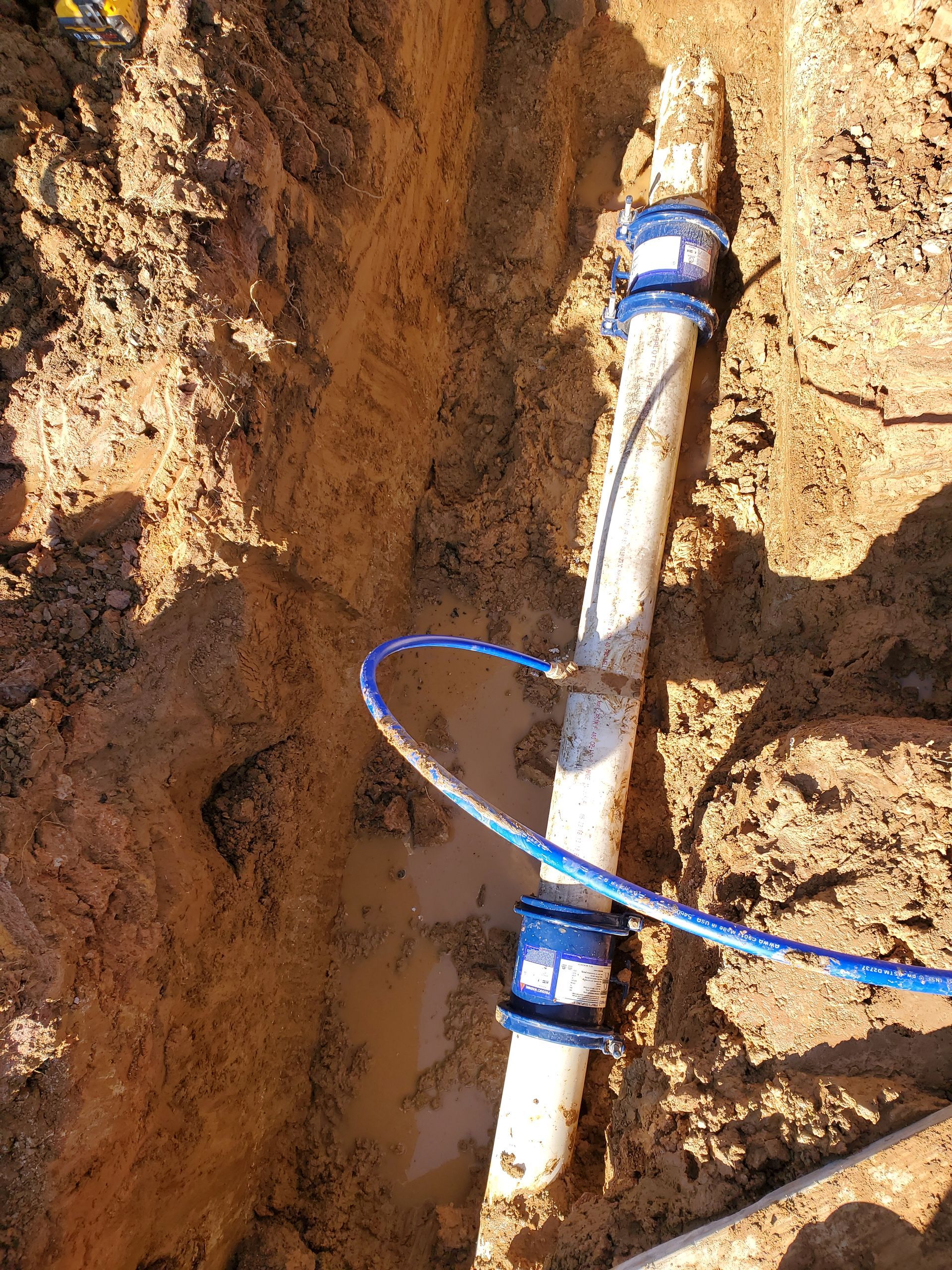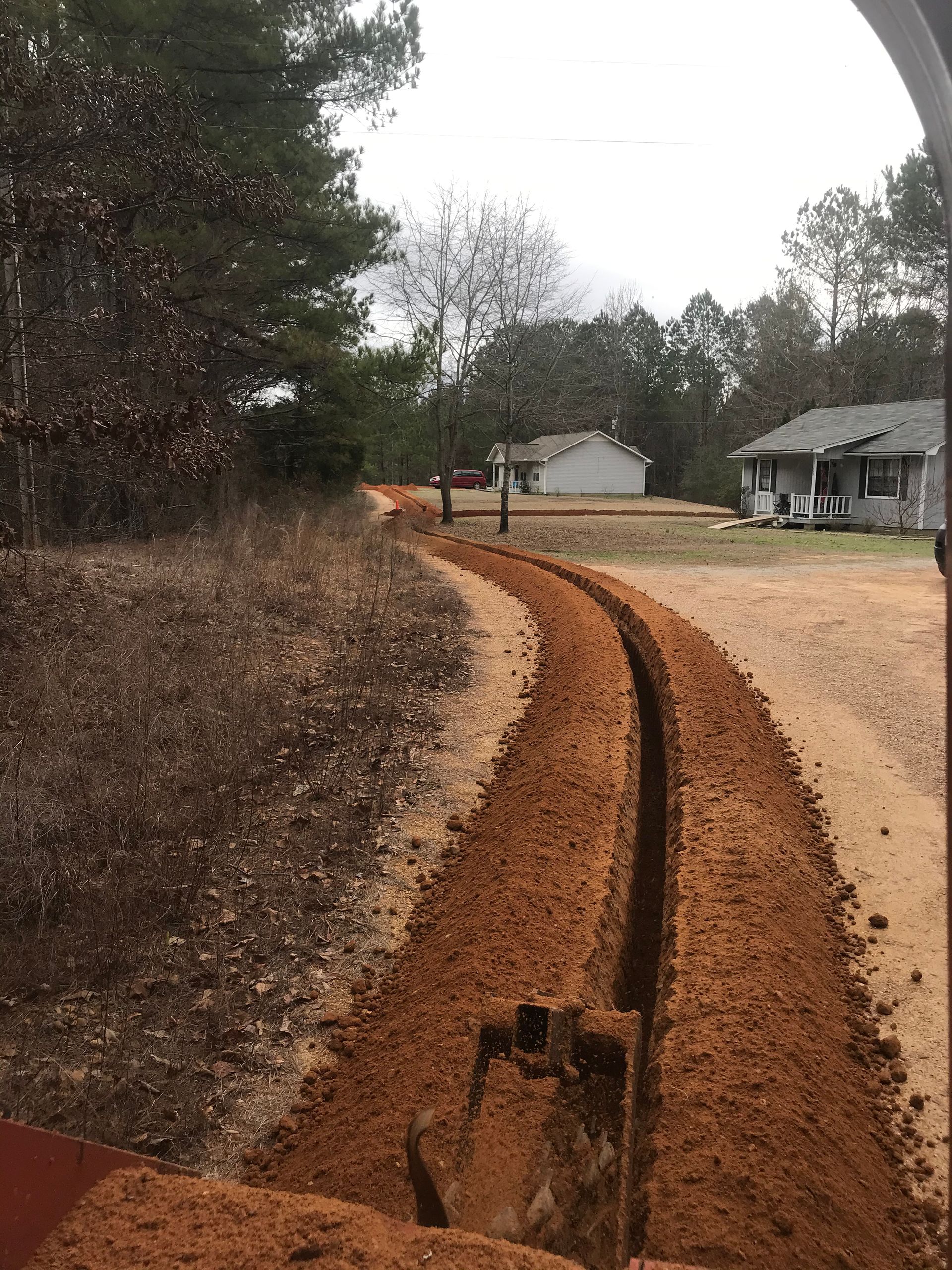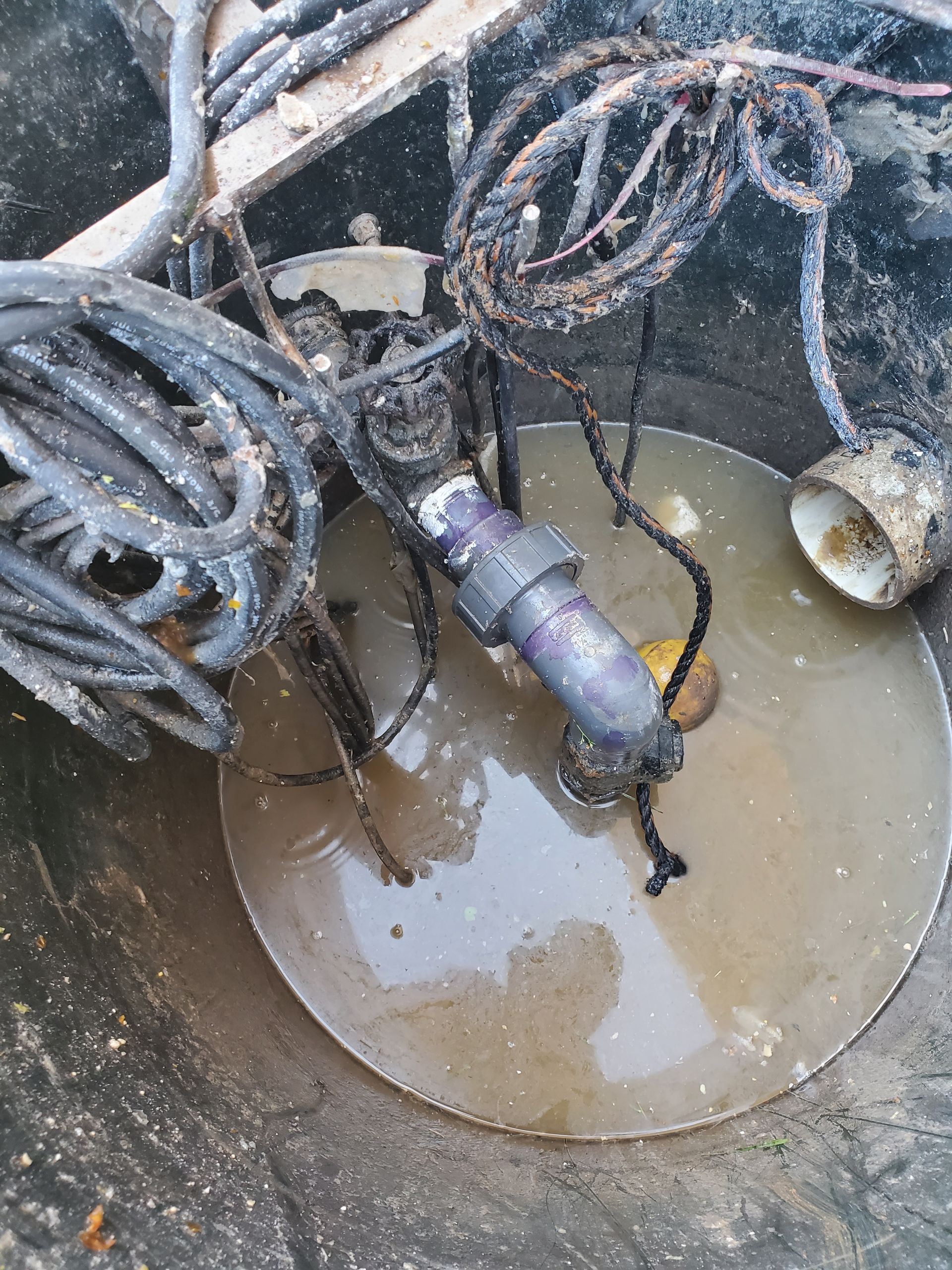Septic systems are a vital component of new construction neighborhoods that are not connected to a centralized sewer system. These systems help to manage the wastewater generated by homes and other structures in the area. In this article, we will discuss the key aspects of septic systems for new construction neighborhoods.
First, it is important to understand what a septic system is and how it works. A septic system is a small-scale wastewater treatment system that is used in areas where a centralized sewer system is not available. The system typically consists of a septic tank, a distribution box, and a drain field. The septic tank is where the wastewater from the homes in the neighborhood is collected and treated. Solid waste settles to the bottom of the tank, while the liquid waste flows out to the distribution box. From there, the wastewater is distributed to the drain field, where it is absorbed by the soil.
When designing a septic system for a new construction neighborhood, several factors need to be considered. The size of the system must be adequate to handle the expected wastewater flow from the homes in the area. This will depend on the number of homes, the size of the lots, and the expected water usage. The soil type and drainage capacity of the site are also important factors that need to be evaluated. This will help determine the appropriate size and location of the drain field.
Complete septic tank systems is crucial to ensure its long-term performance. The installation process typically involves excavating the site, installing the septic tank and distribution box, and constructing the drain field. Care must be taken to ensure that the system is installed correctly and that all components are properly connected.
After the septic system is installed, regular maintenance is required to ensure its continued performance. This includes regular pumping of the septic tank to remove accumulated solids and monitoring of the drain field to ensure that it is functioning properly. Homeowners must also be educated on proper use of the system to prevent damage or overloading of the system.
In some cases, alternative septic systems may be appropriate for new construction neighborhoods. These systems may include aerobic treatment units, mound systems, or drip irrigation systems. These systems may be required in areas with high groundwater tables, poor soil conditions, or other environmental concerns.
In conclusion, septic systems are an essential component of new construction neighborhoods that are not connected to a centralized sewer system. Proper design, installation, and maintenance of these systems are critical to their long-term performance. Homeowners must also be educated on proper use of the system to prevent damage or overloading. By following these guidelines, new construction neighborhoods can enjoy safe and reliable wastewater management for many years to come.
Fill out our 'soft-pull' finance application (that does not hurt your credit), and we'll be glad to help! After submitting the application, you can expect to hear back from us within 48 hours to discuss your options.

Easy application, get approved in minutes

No-interest, no-payment plans for up to 18 months

Explore financing options without impacting your credit

Easily manage your account and make payments online
